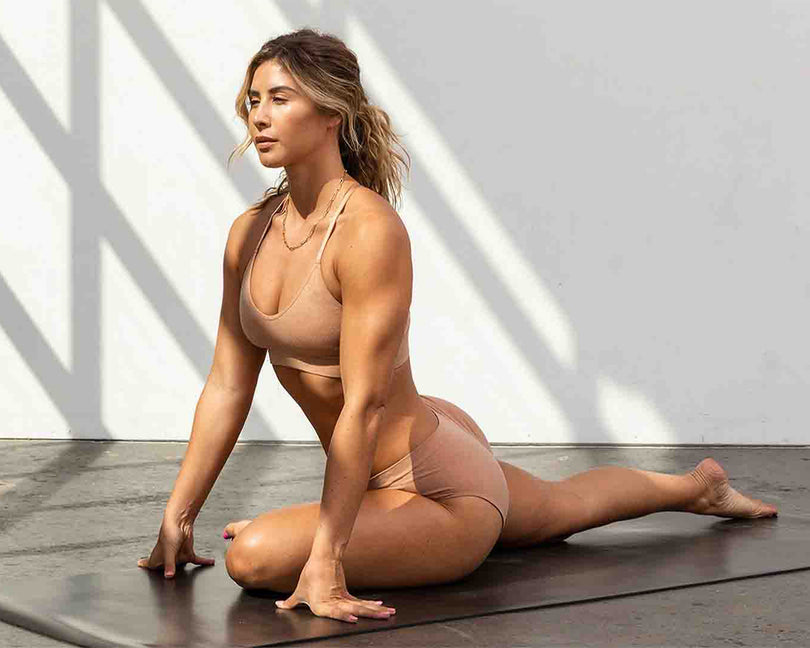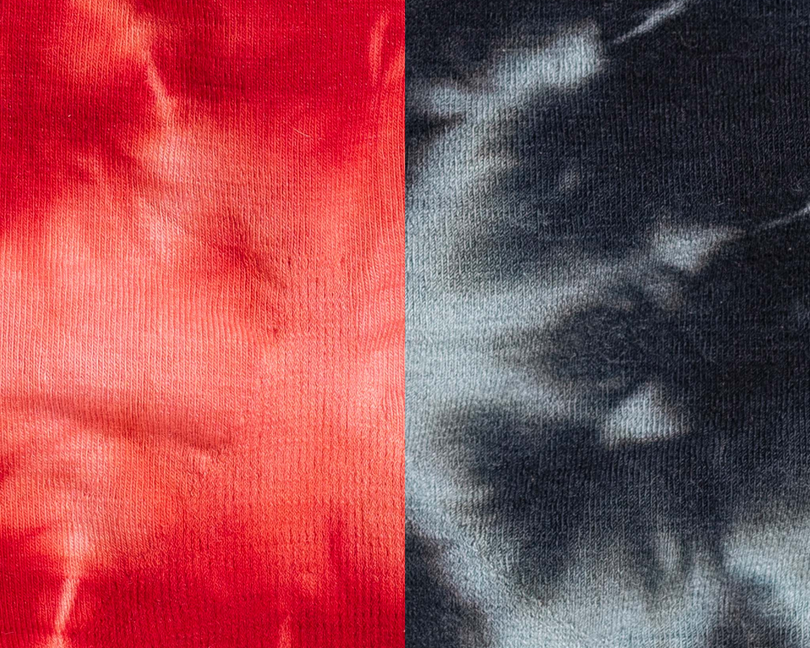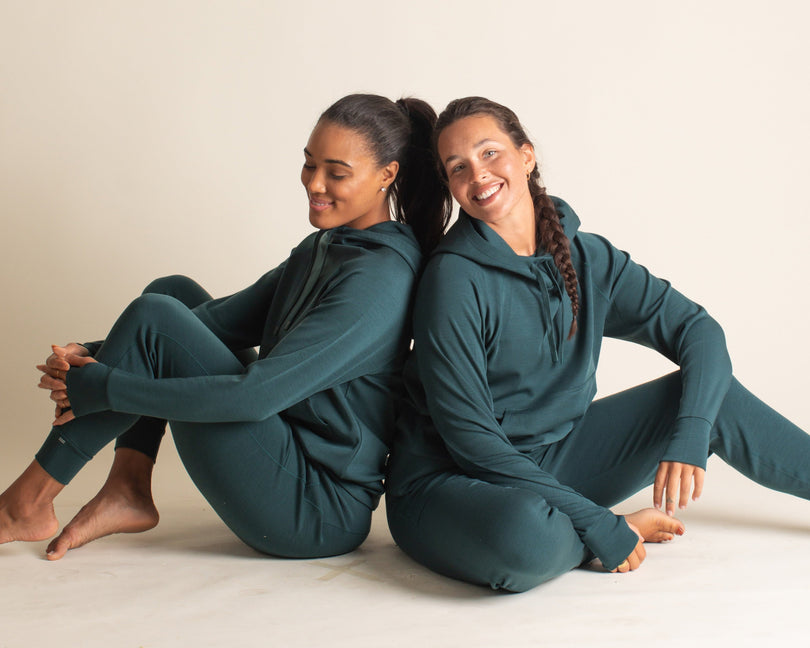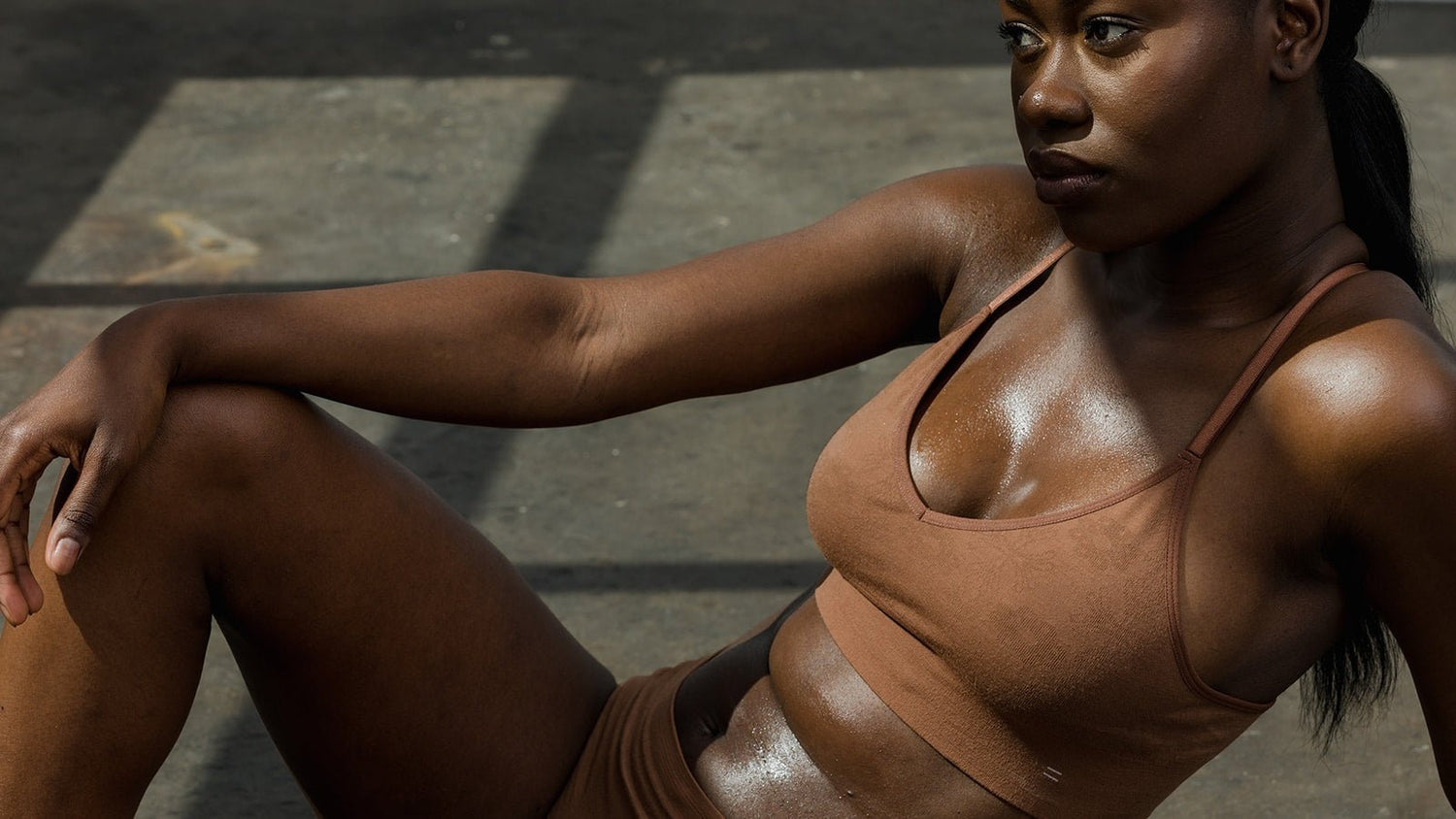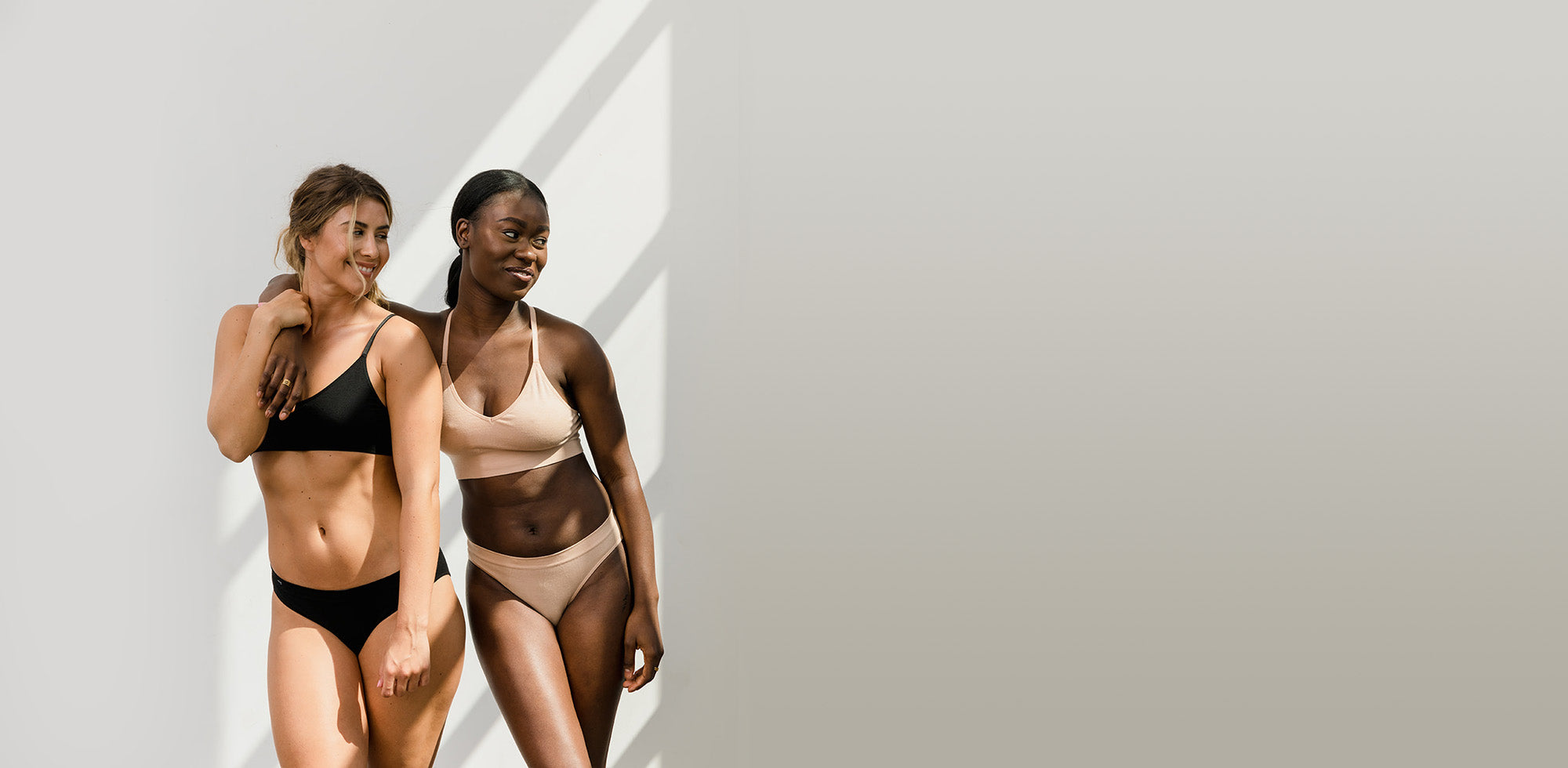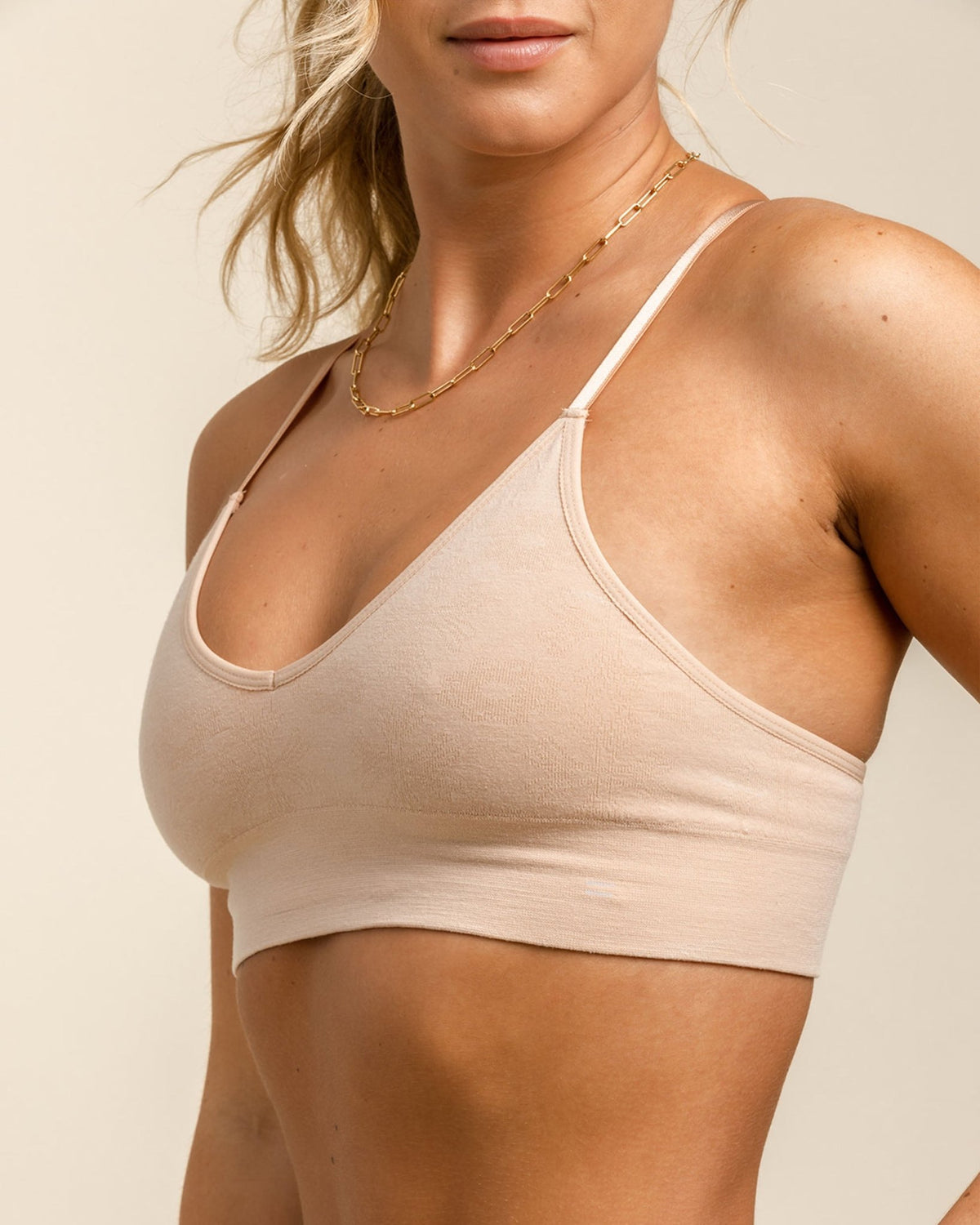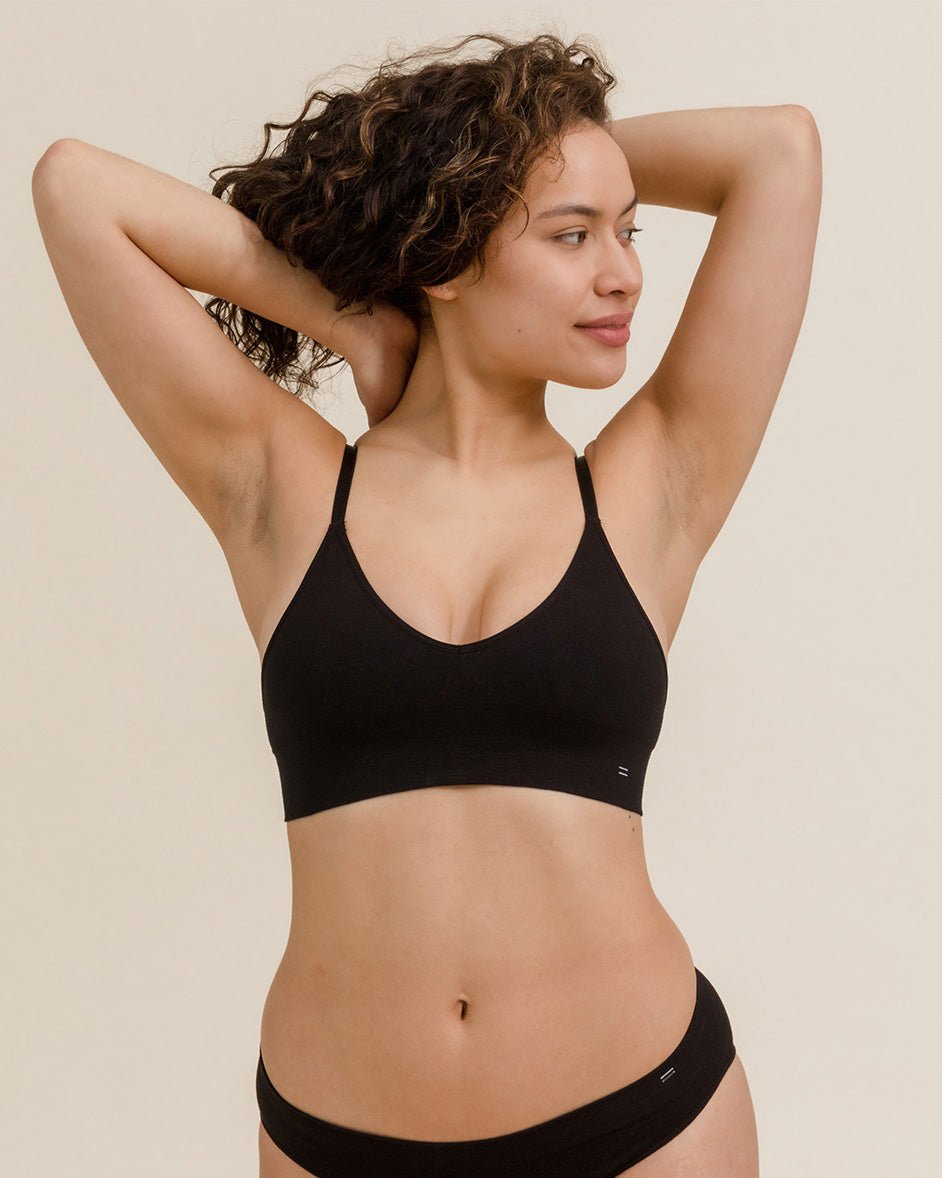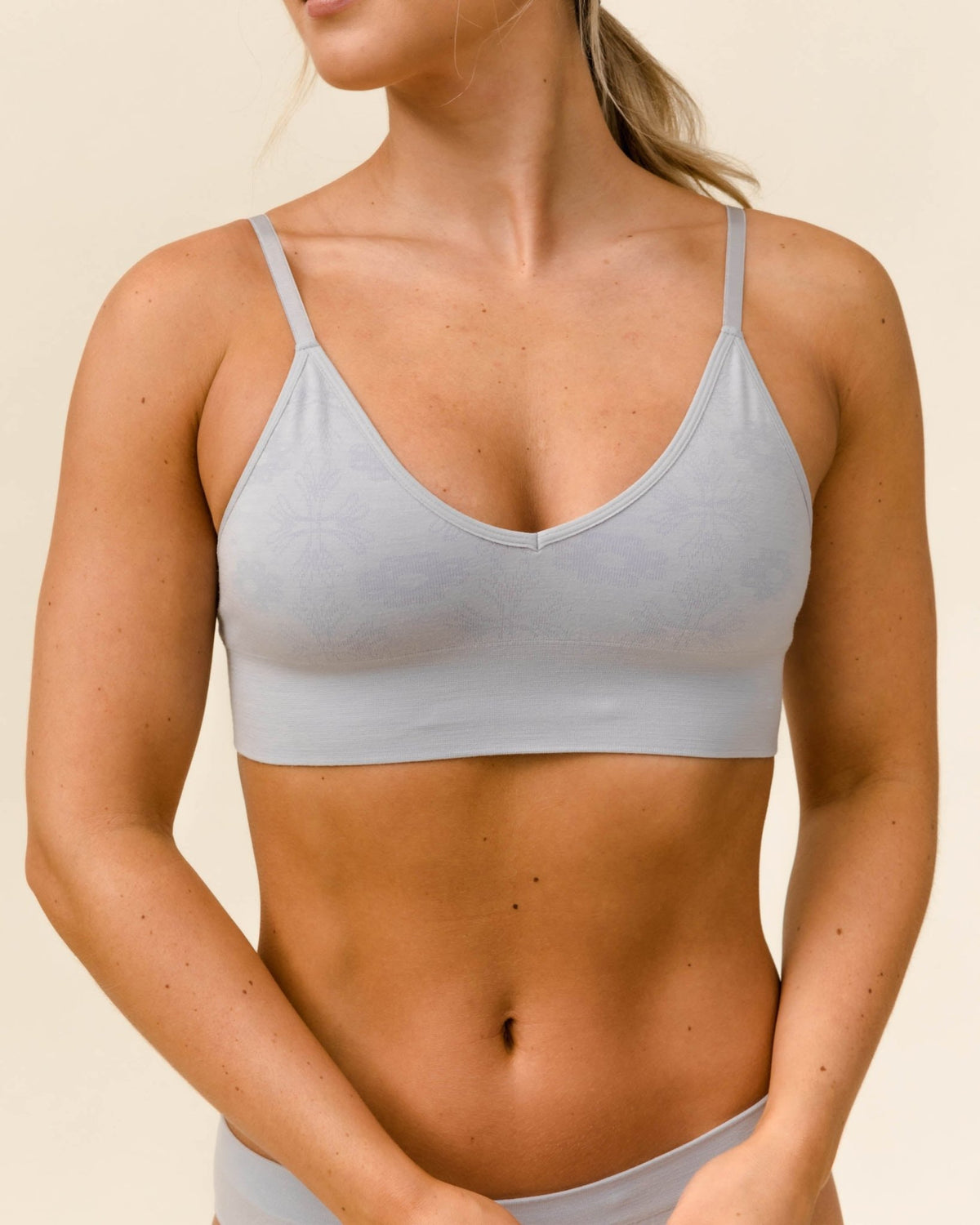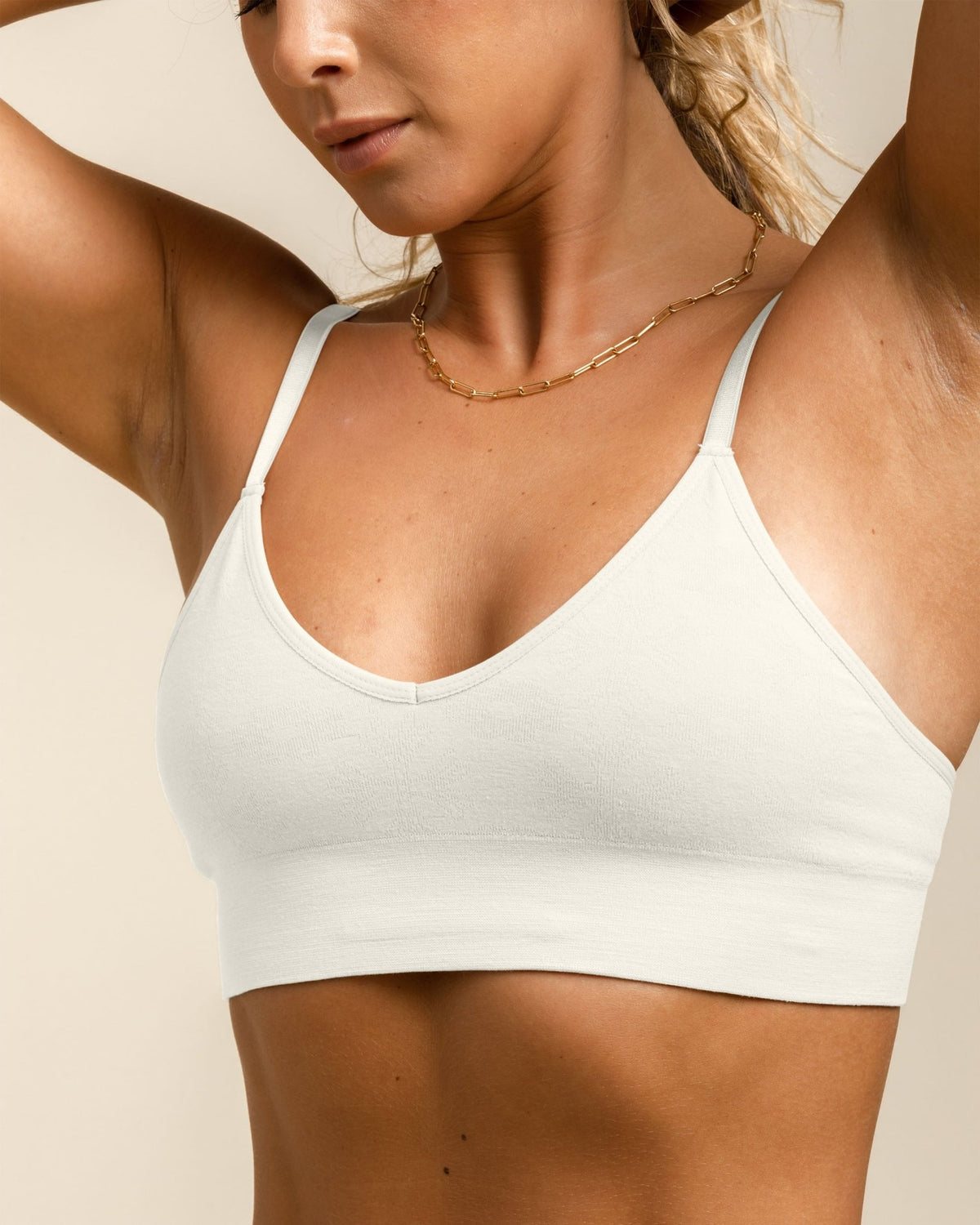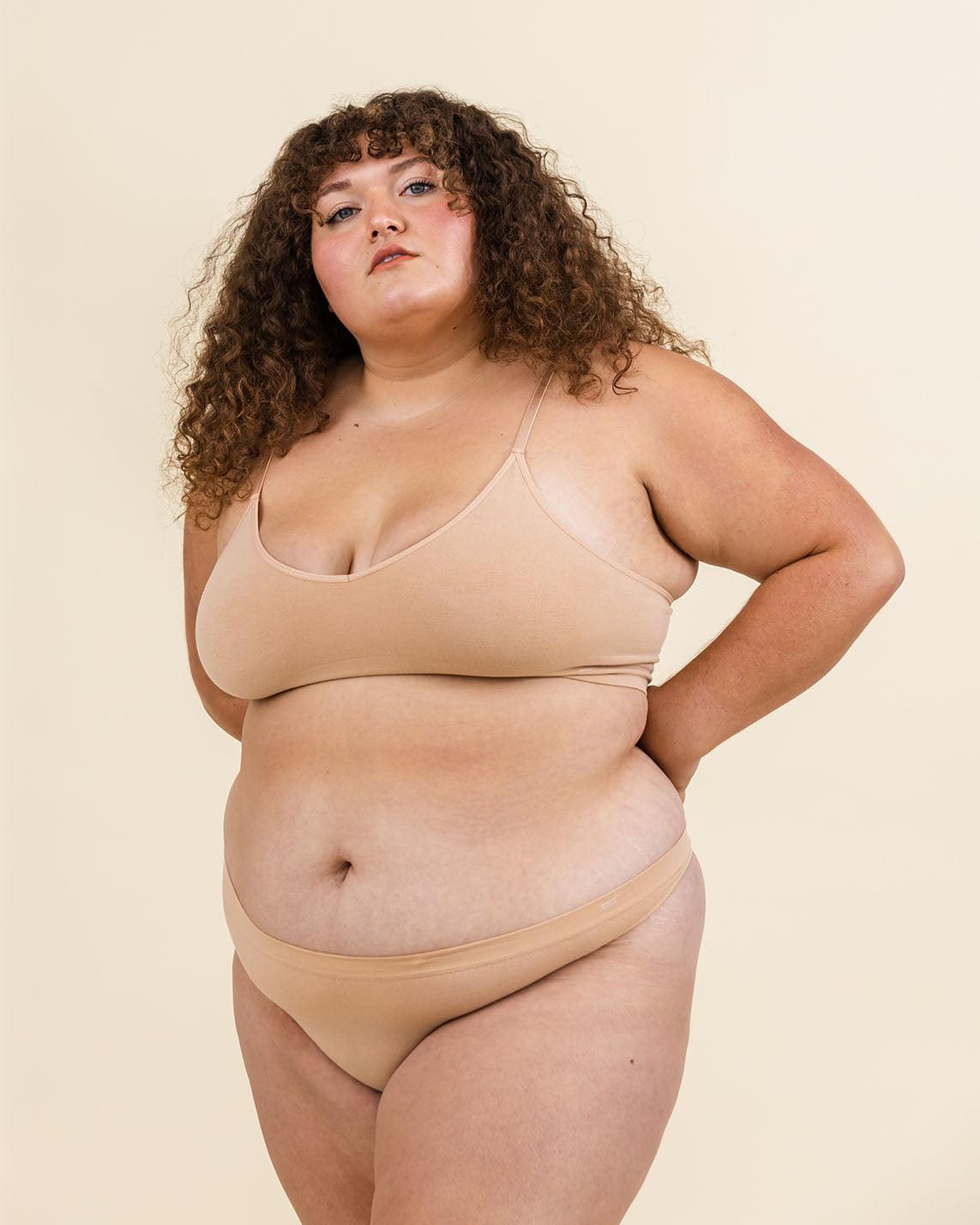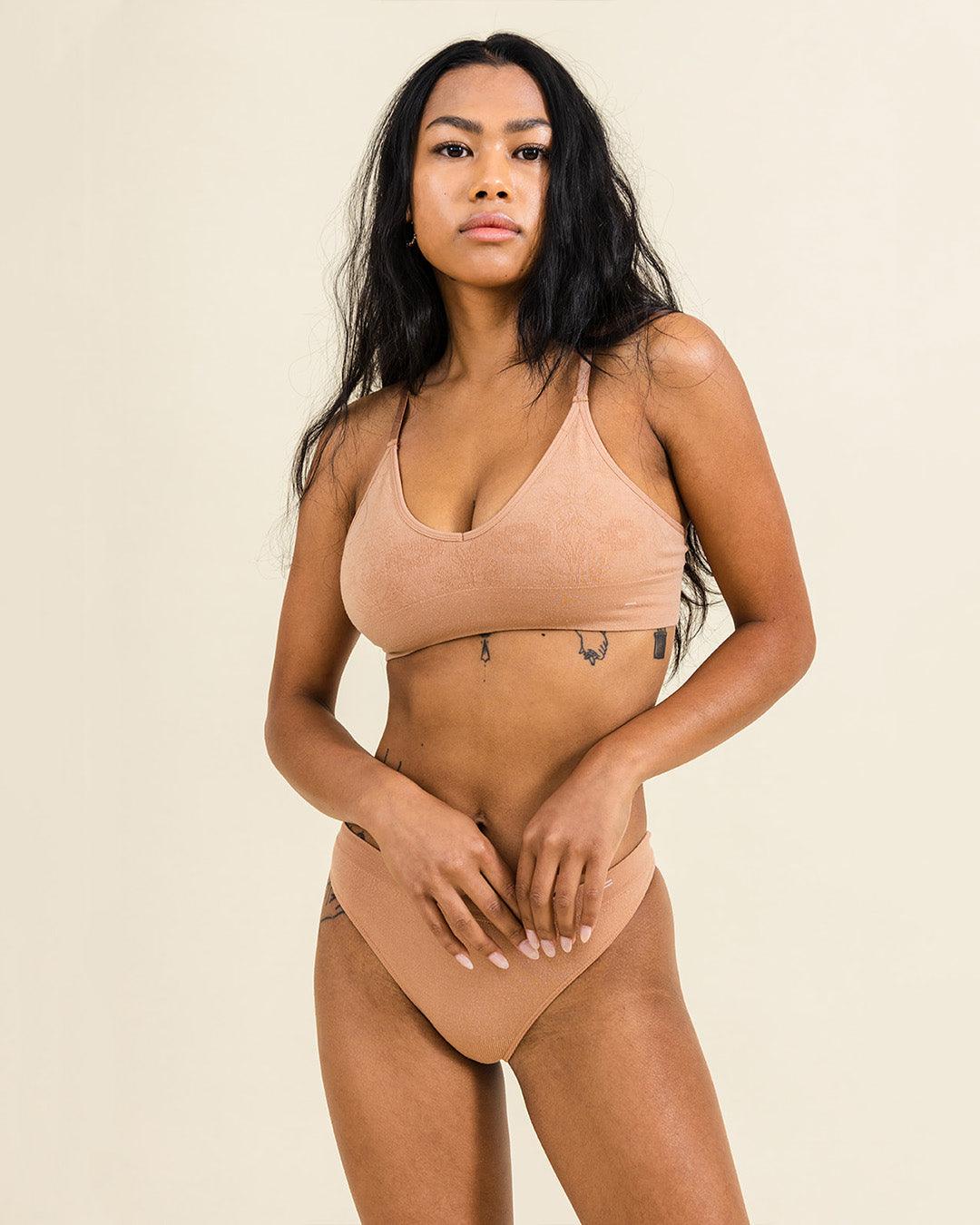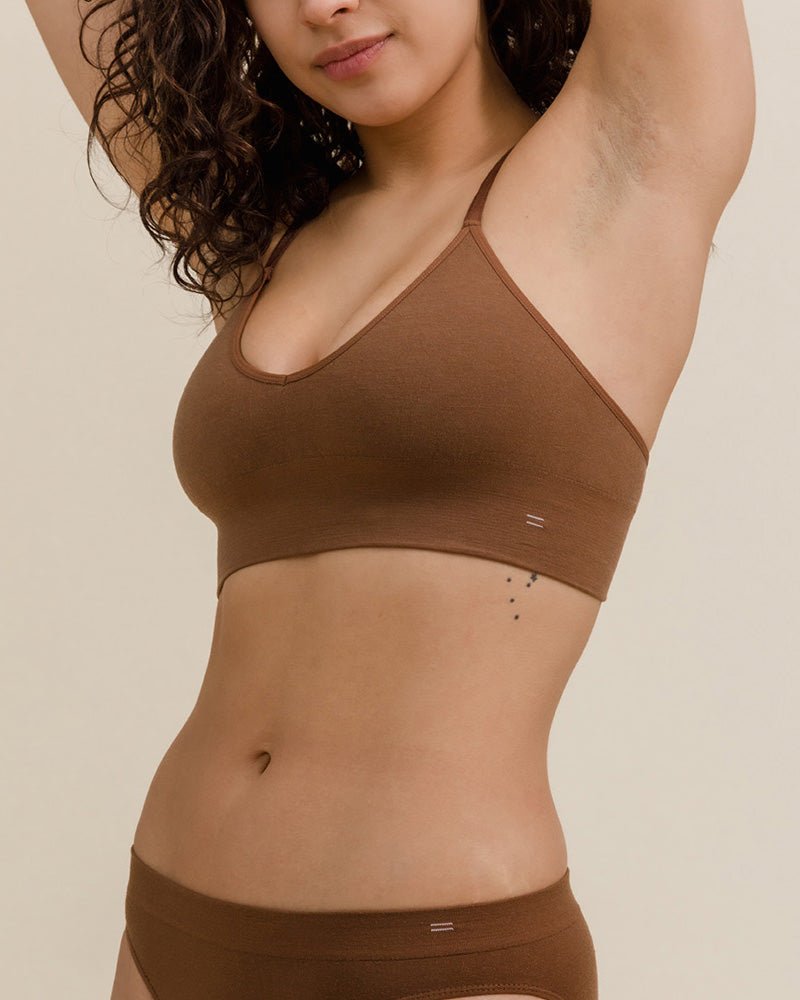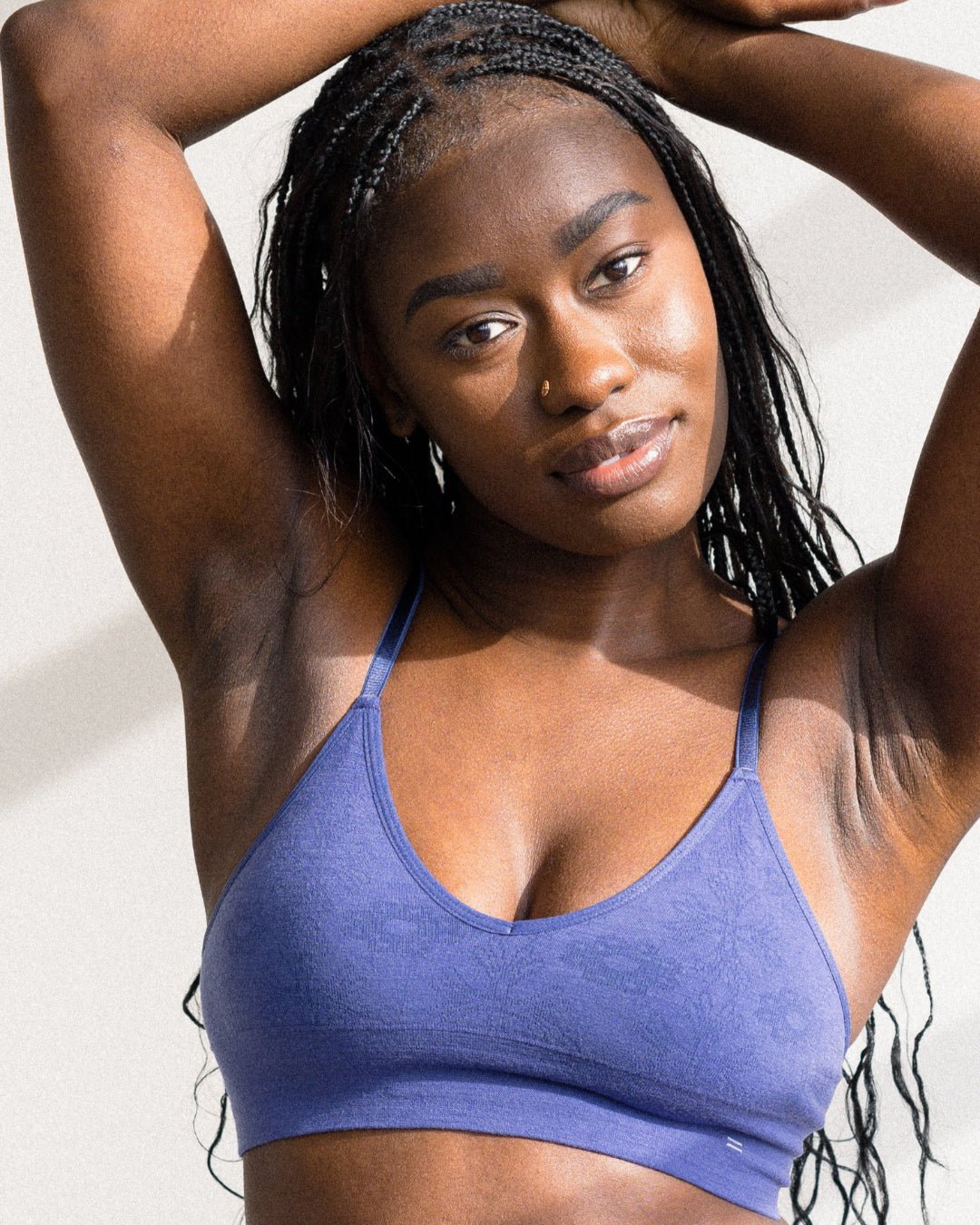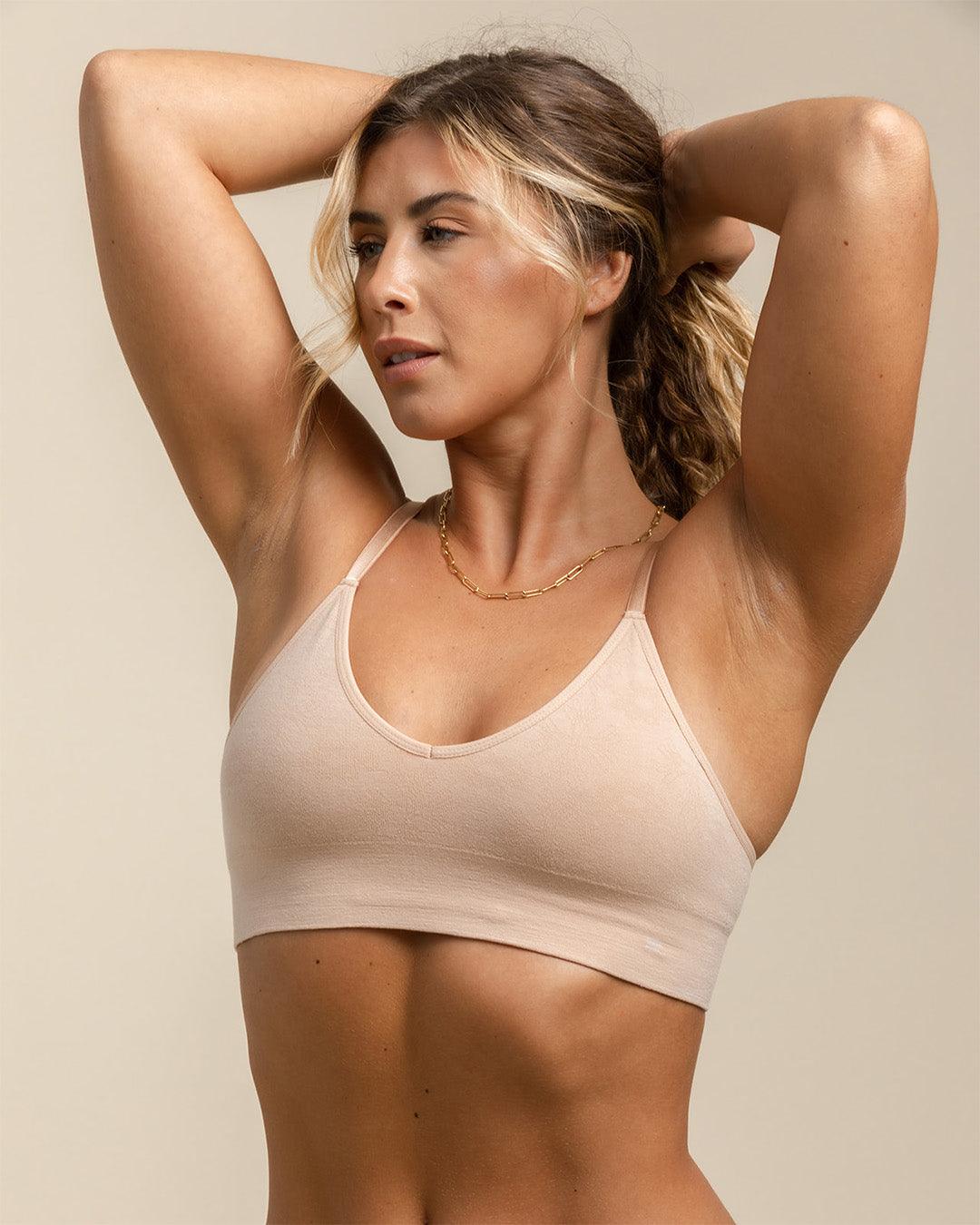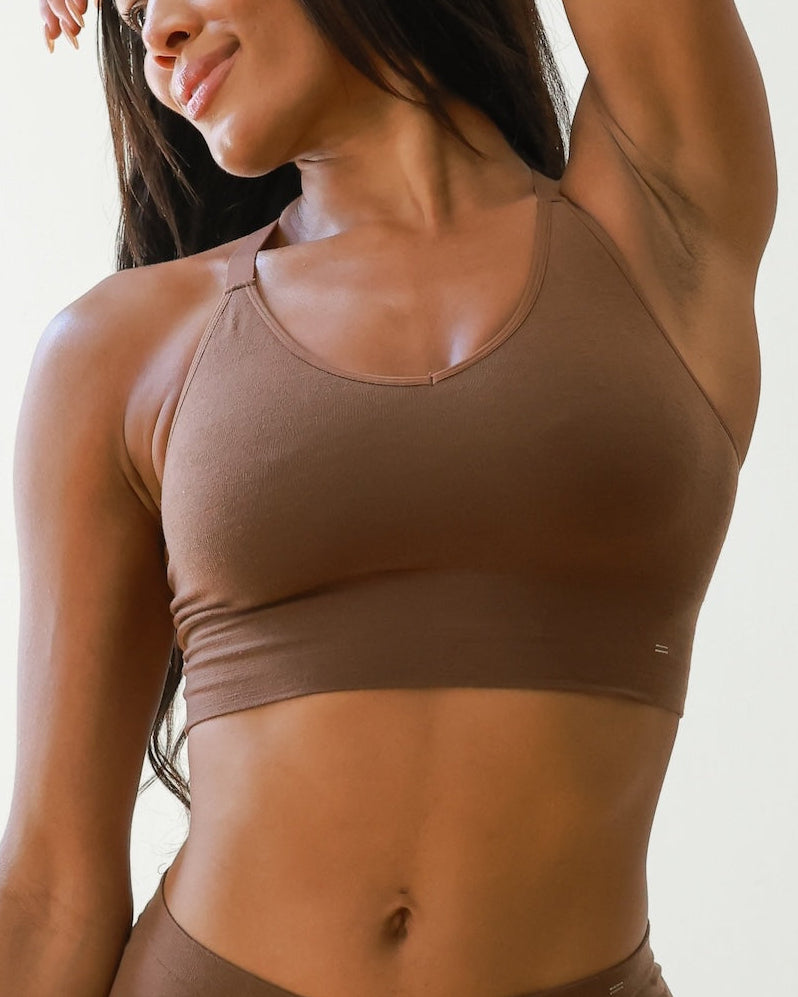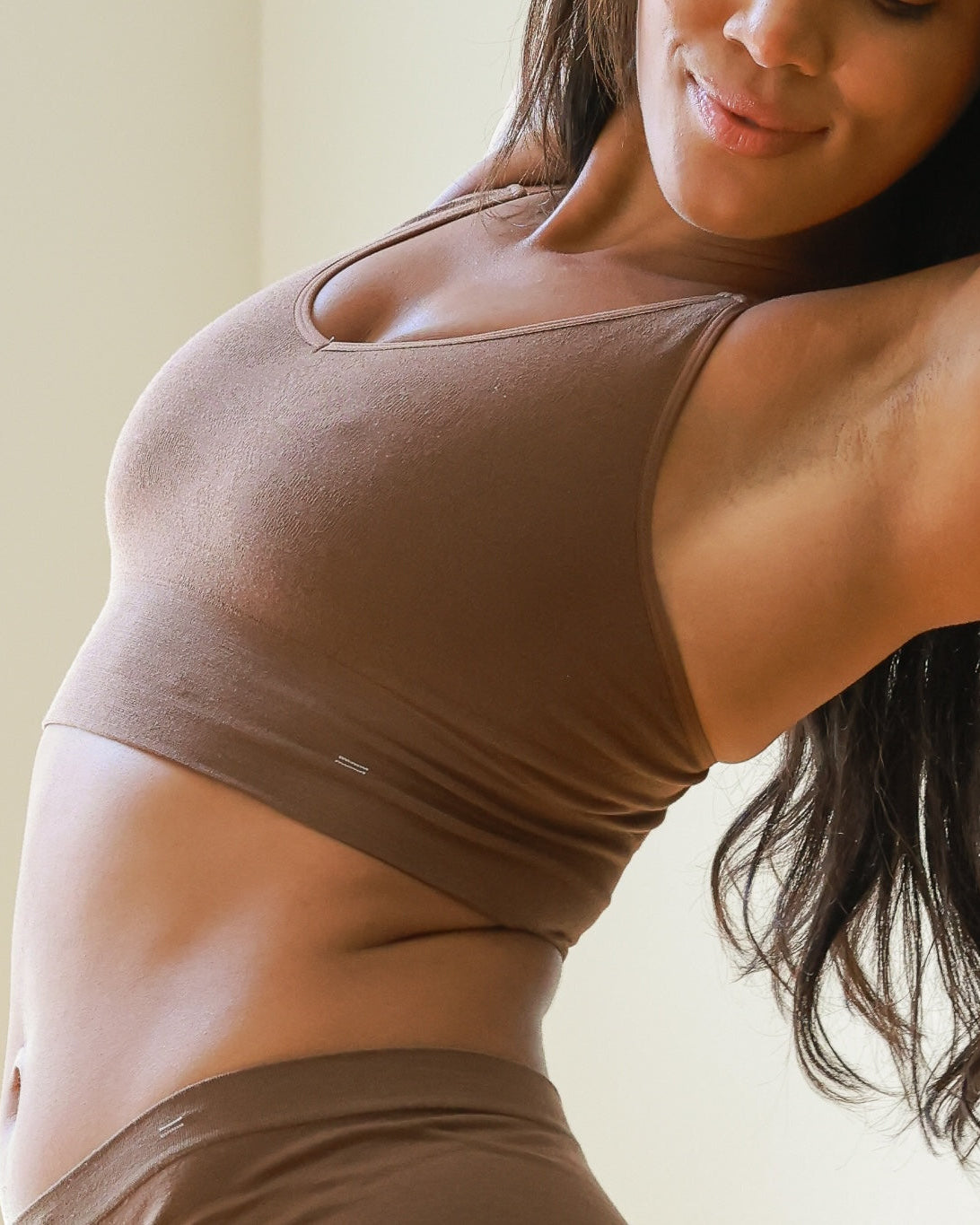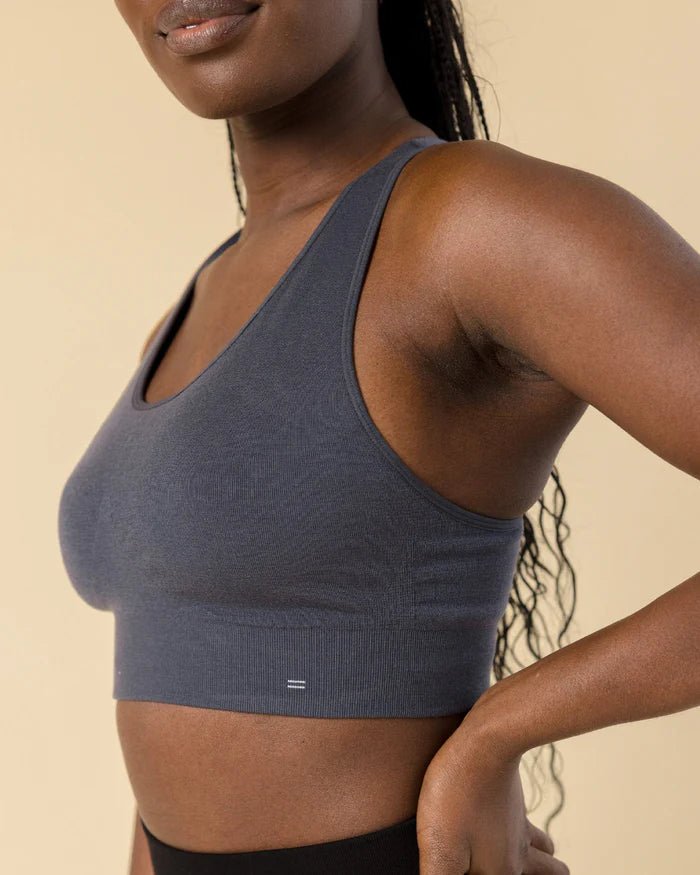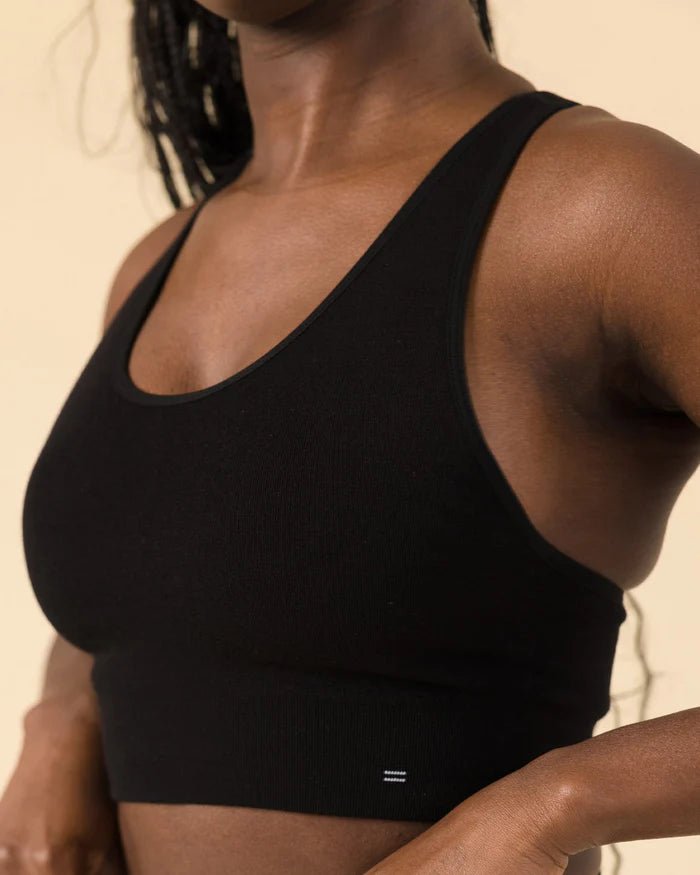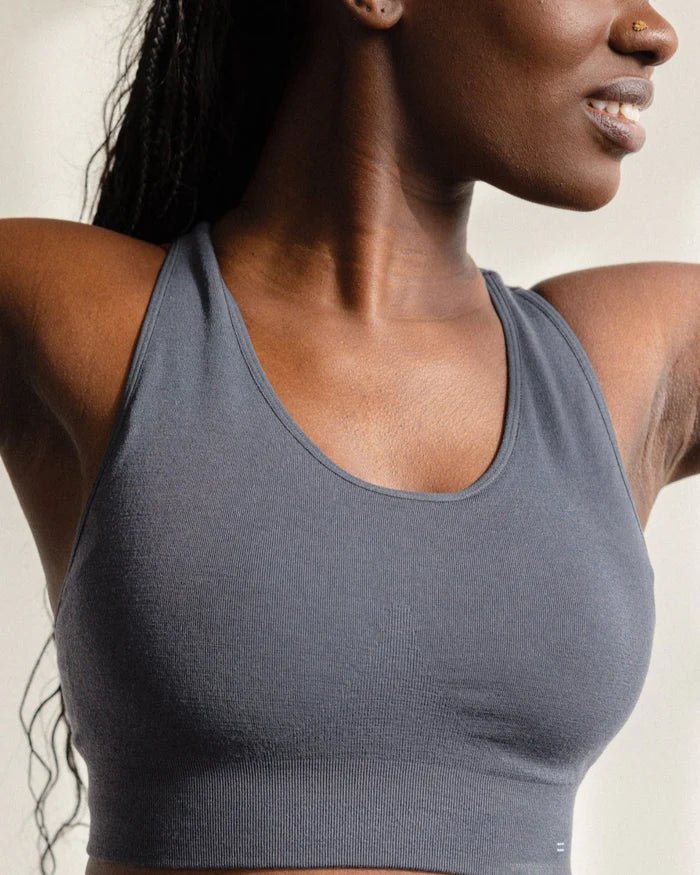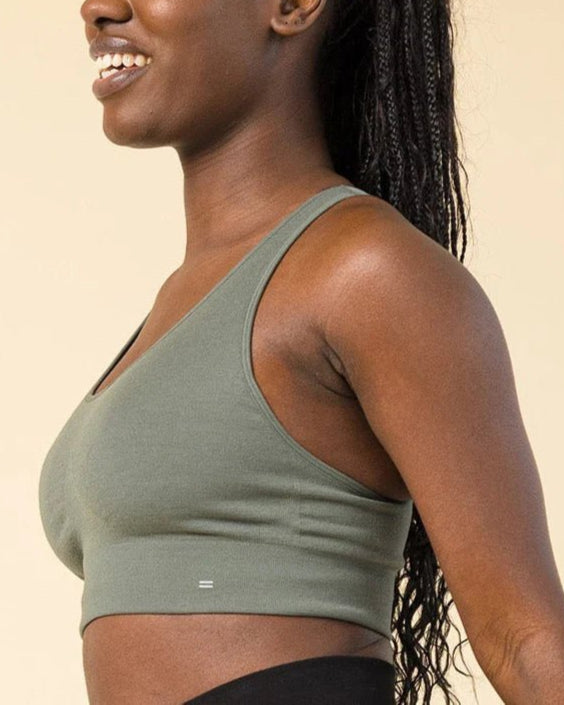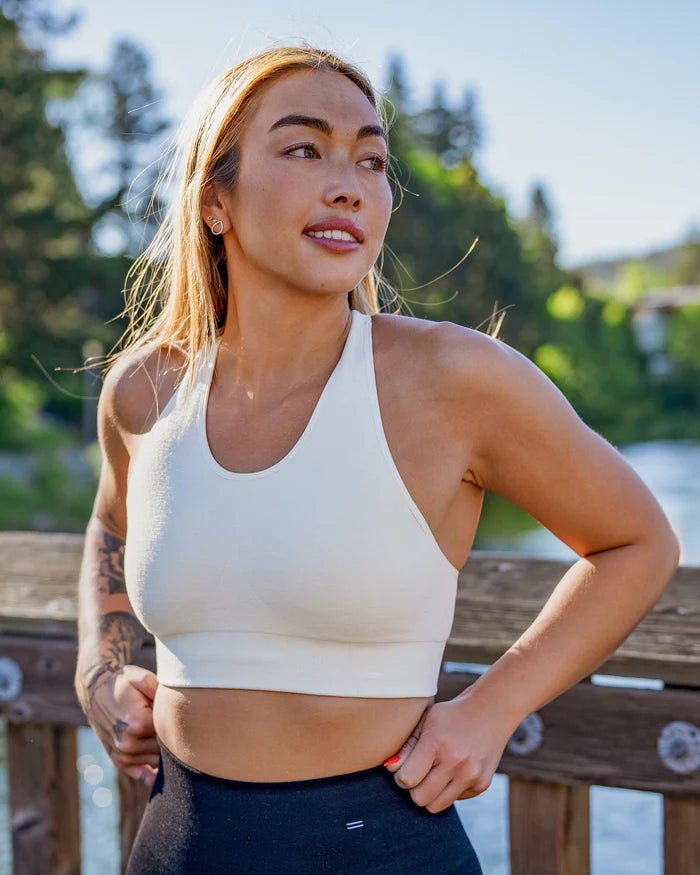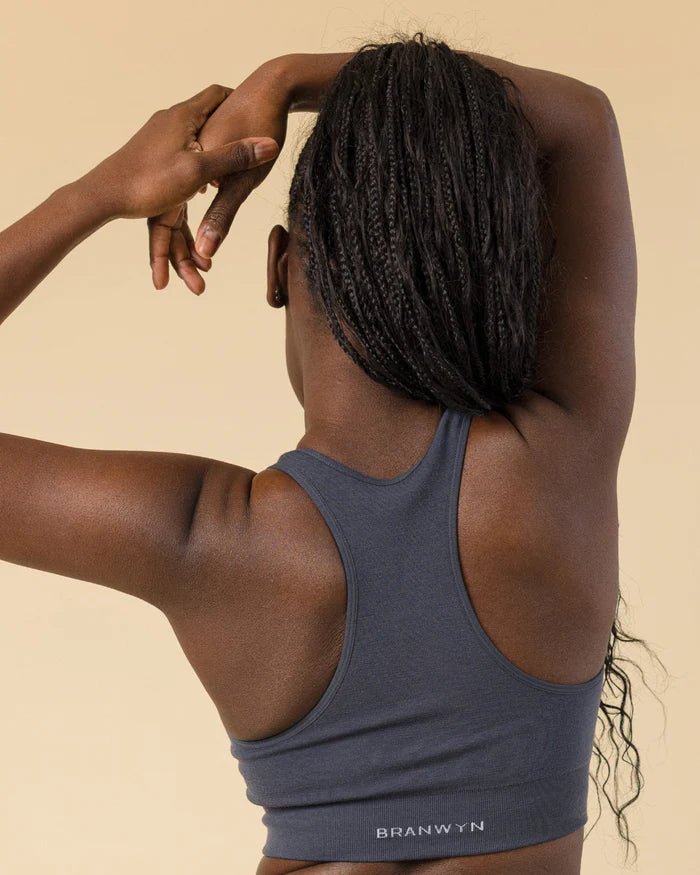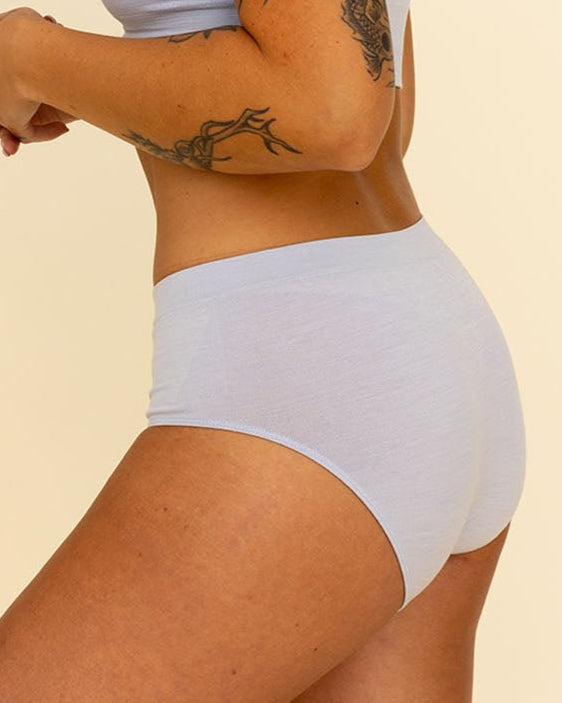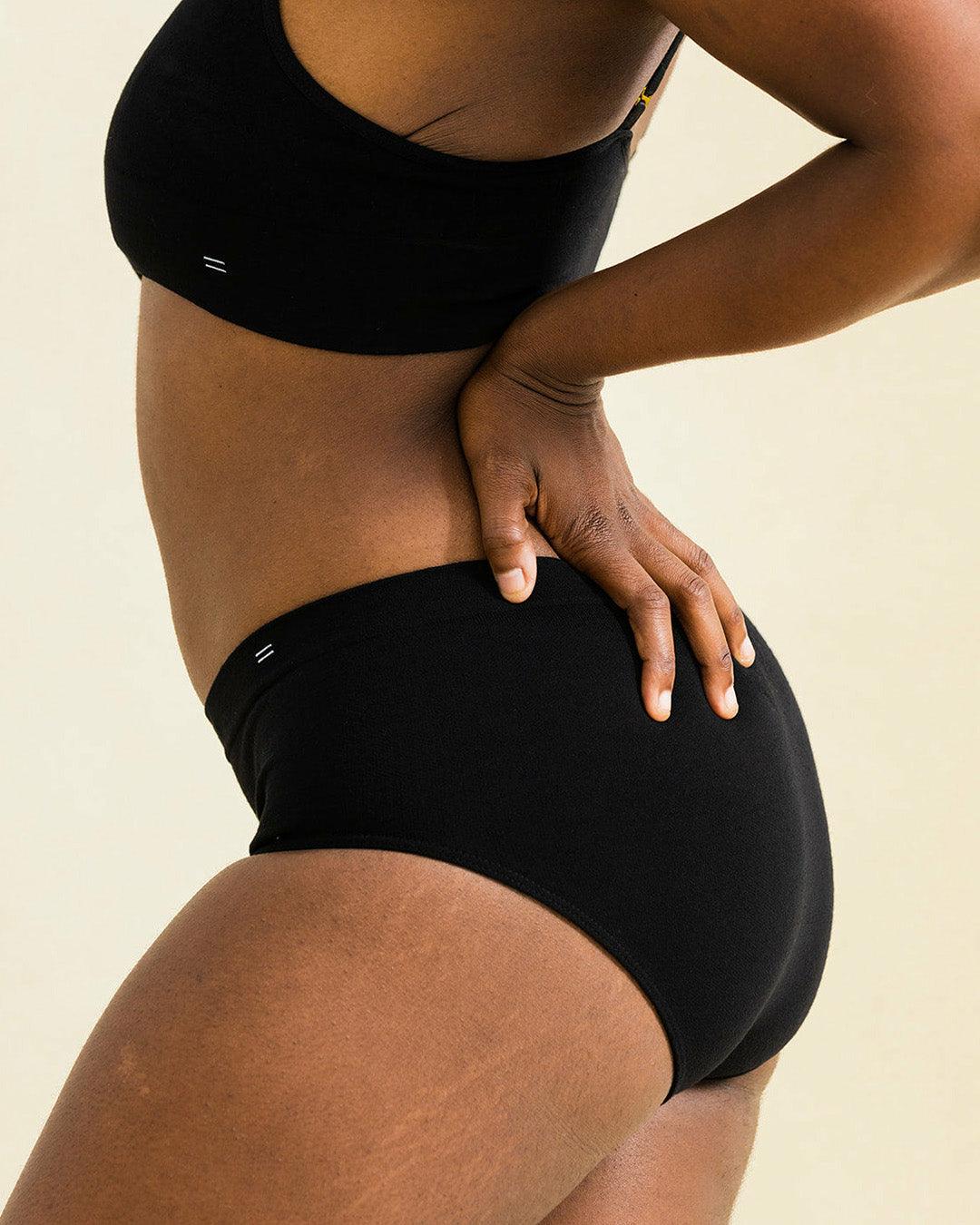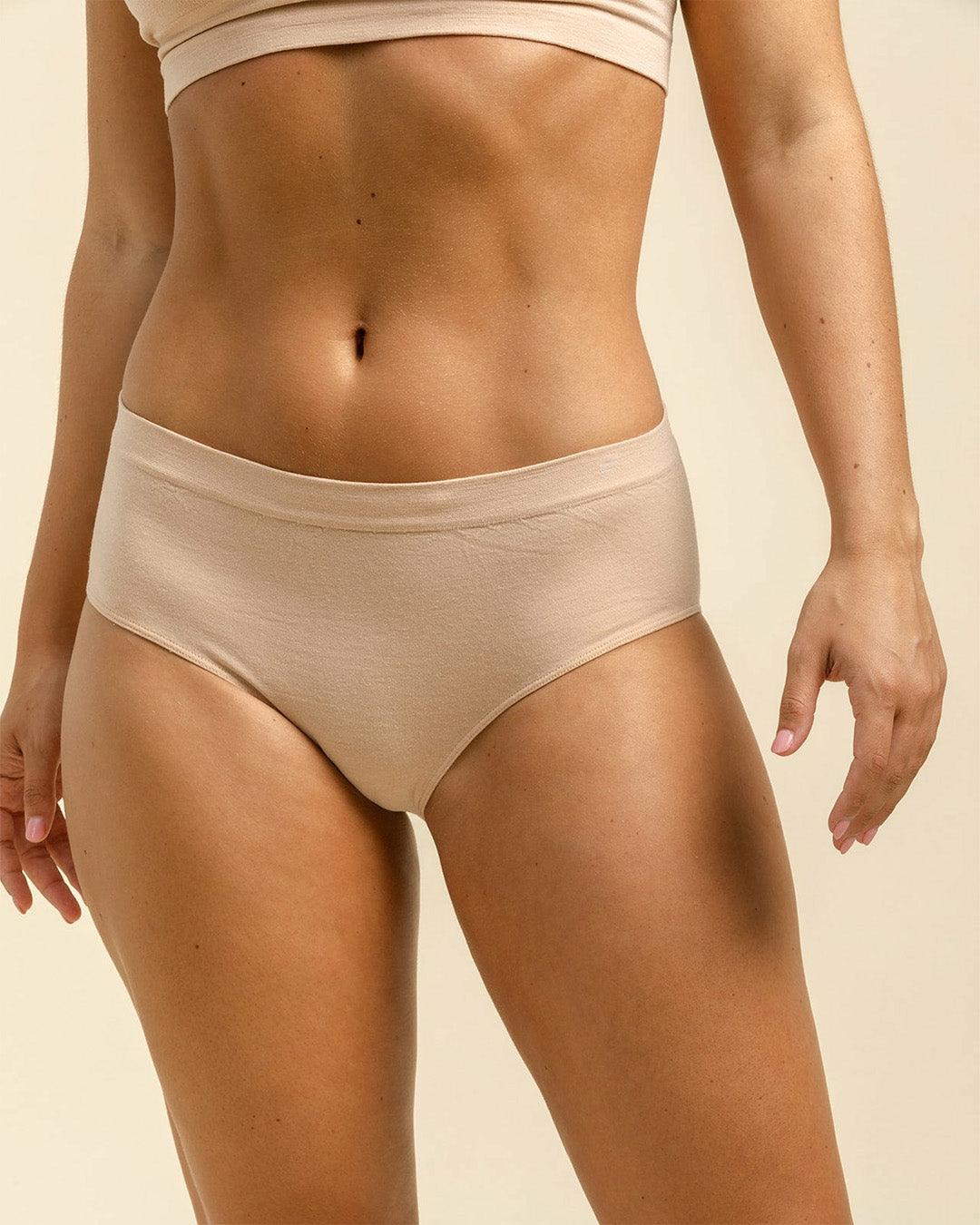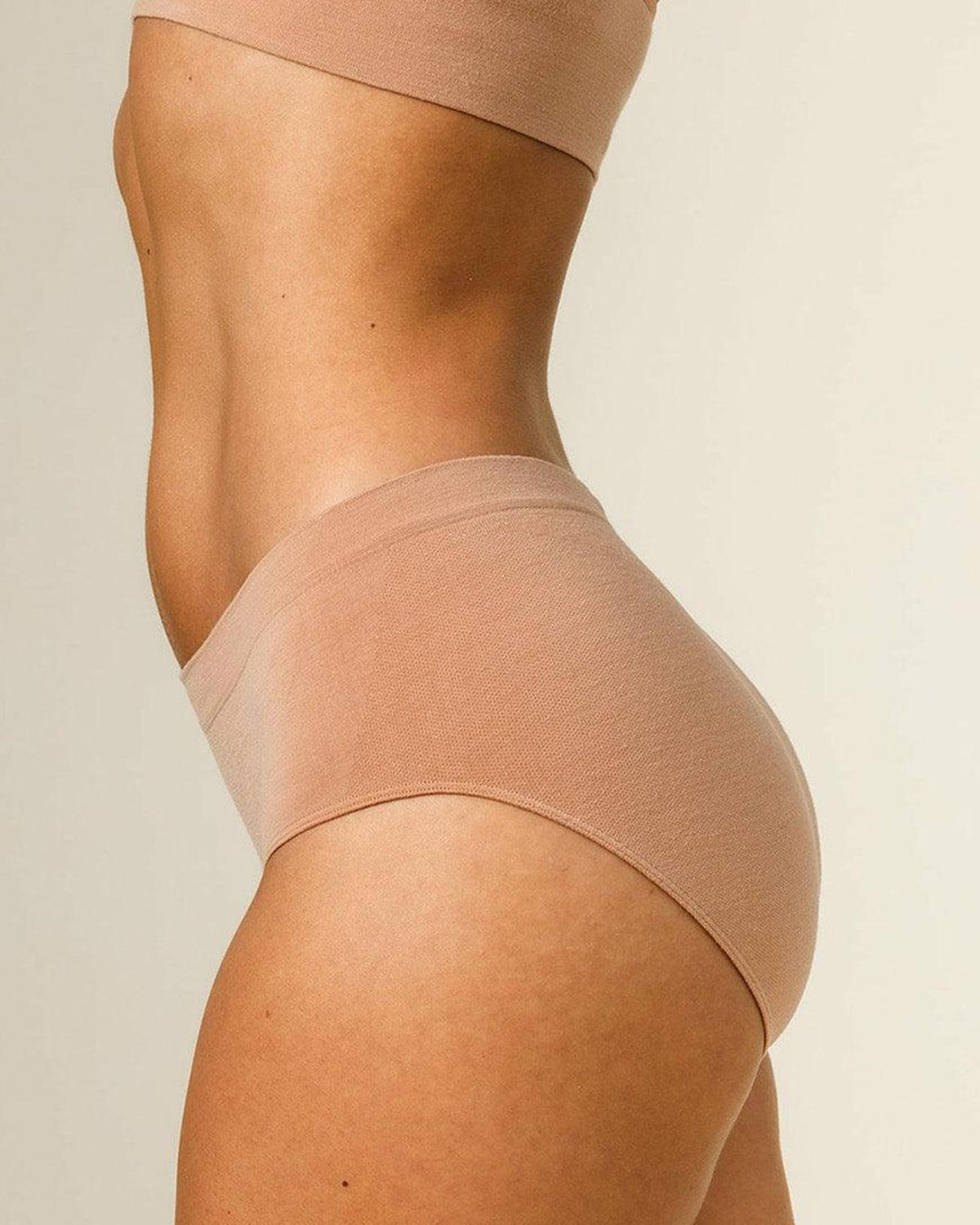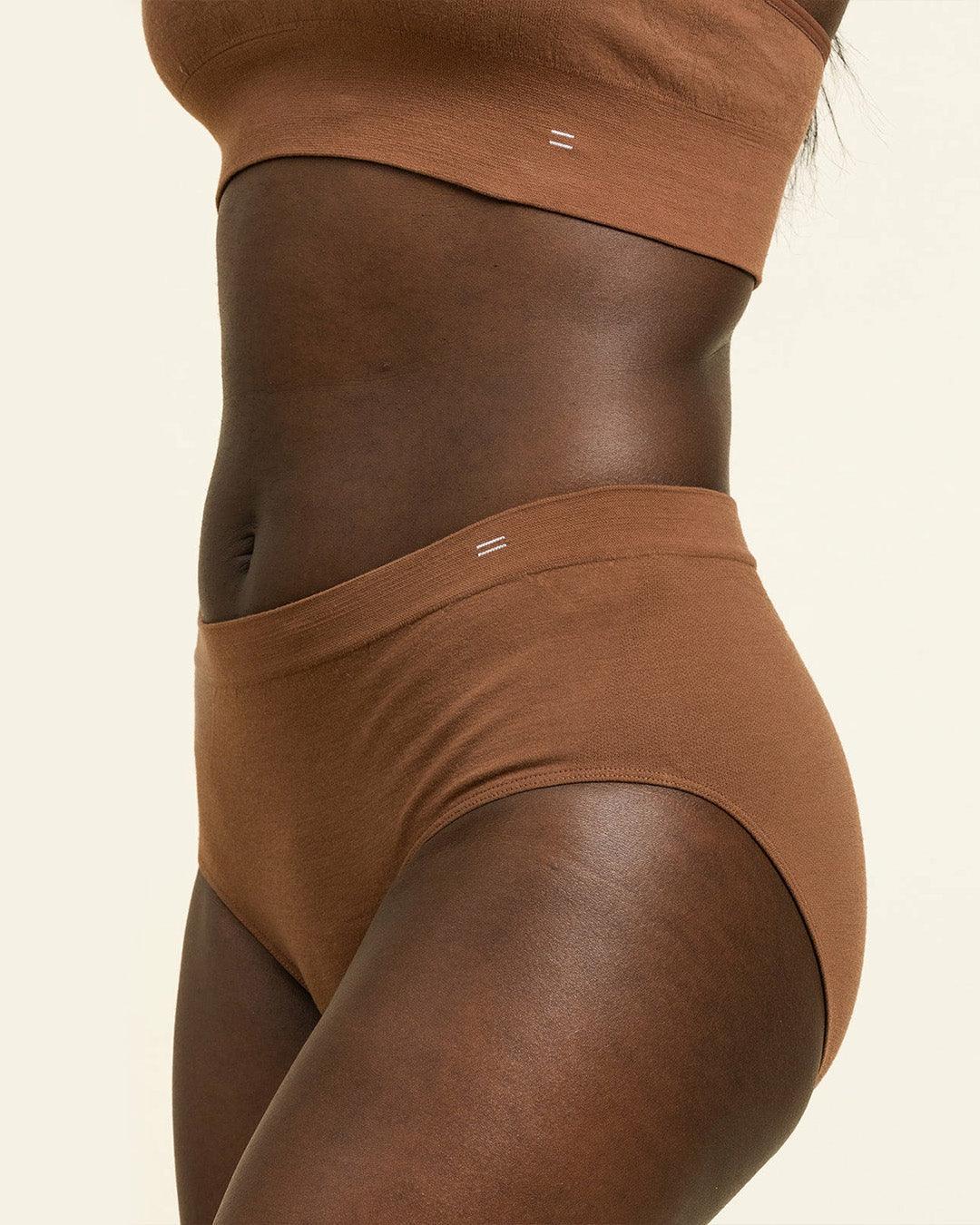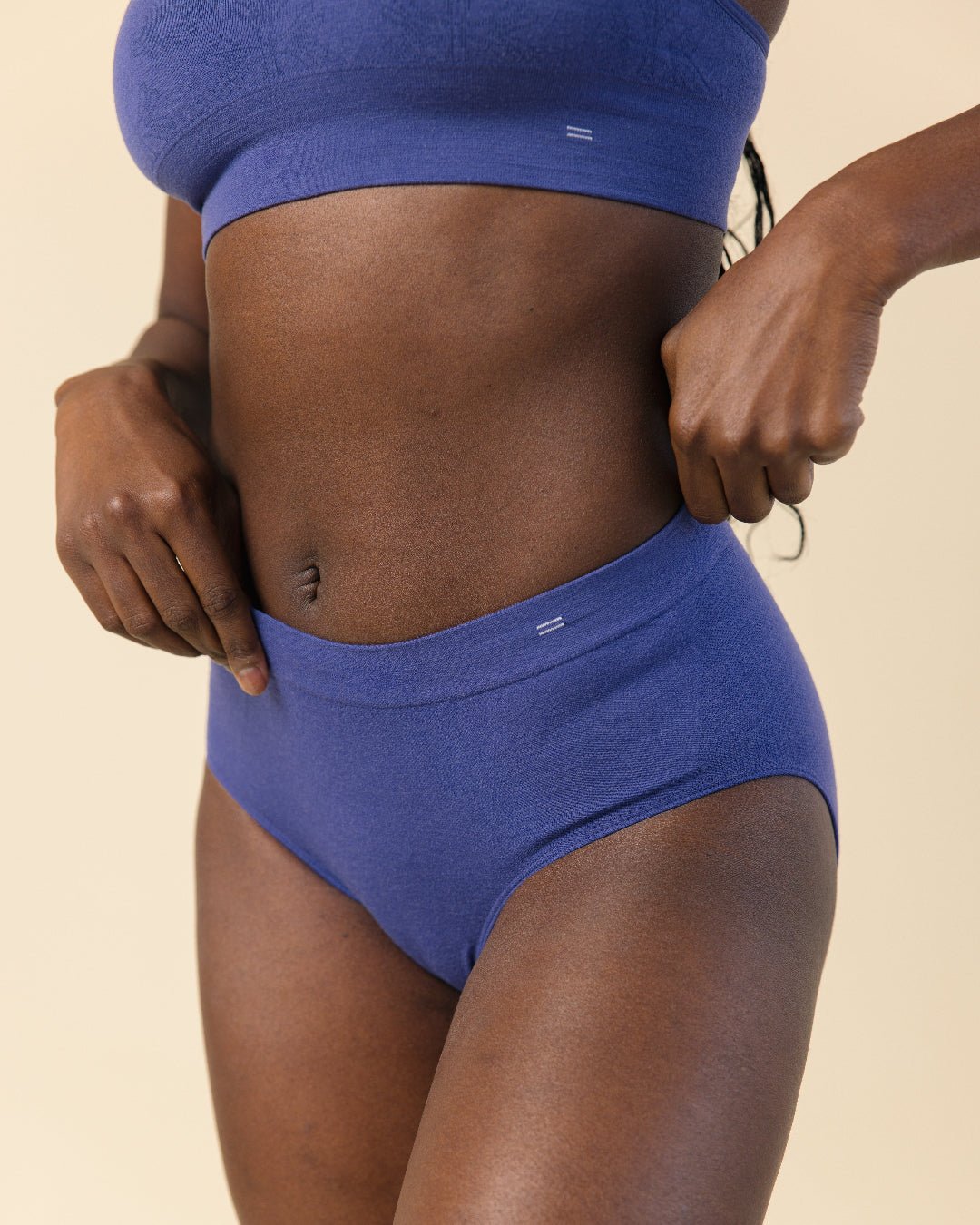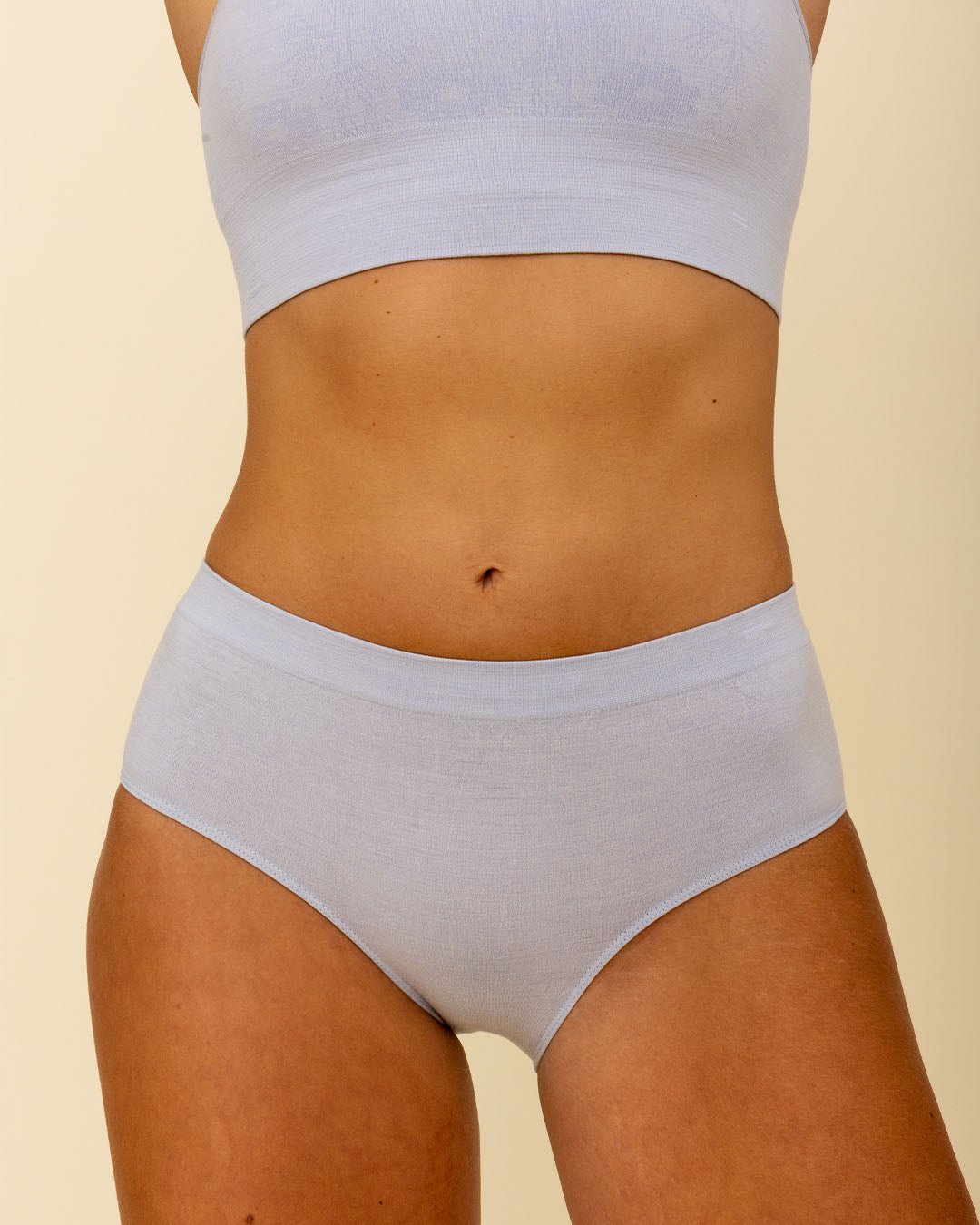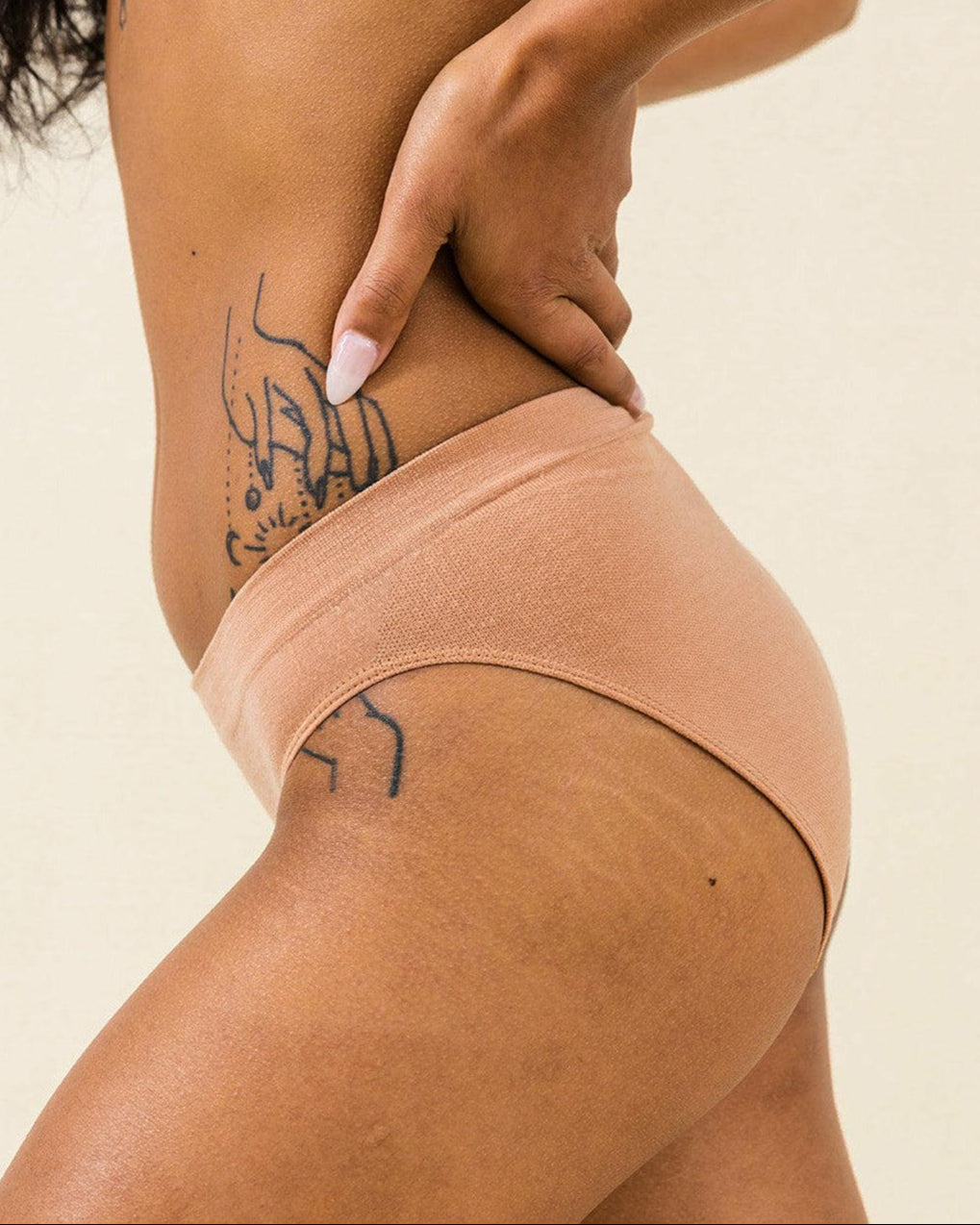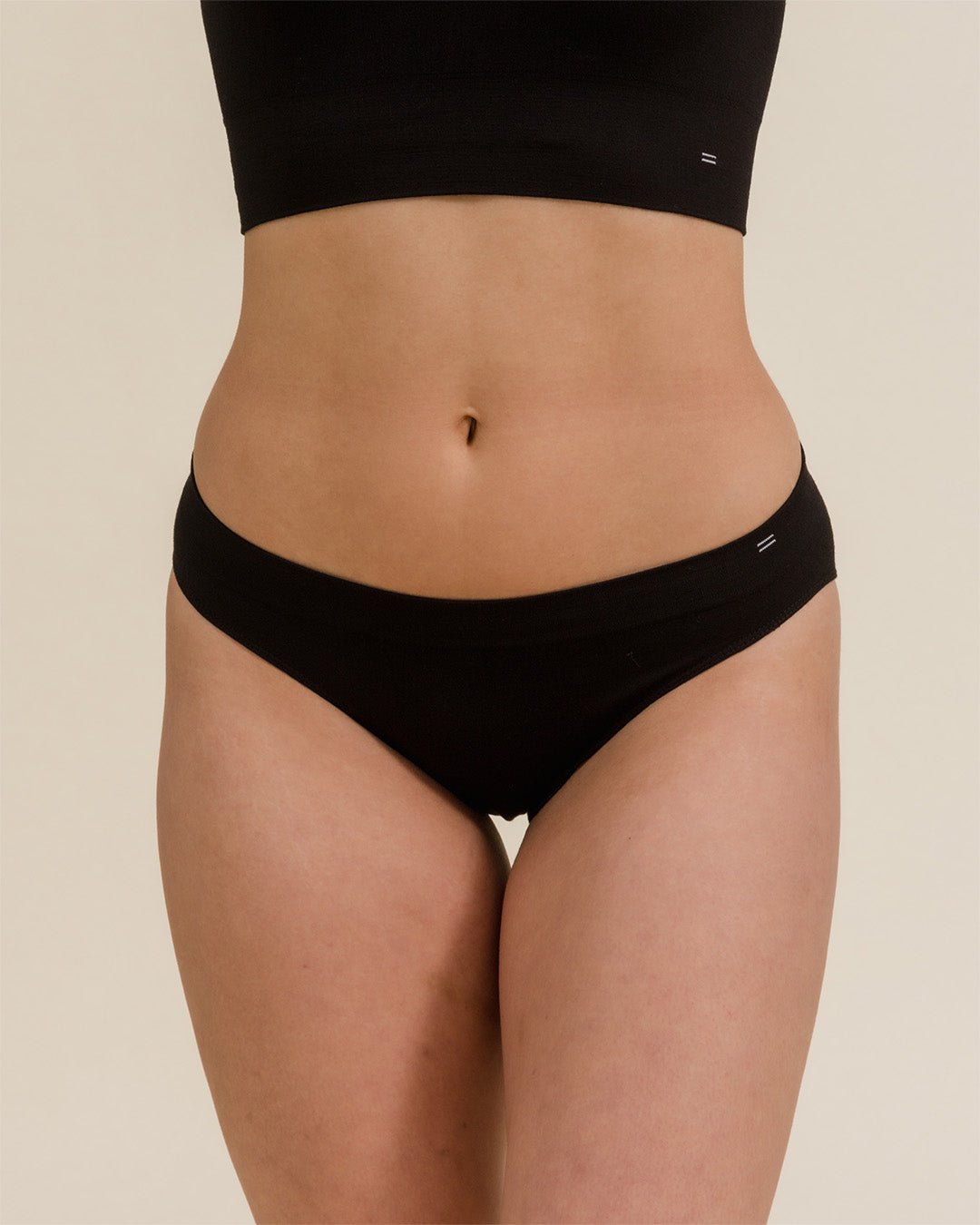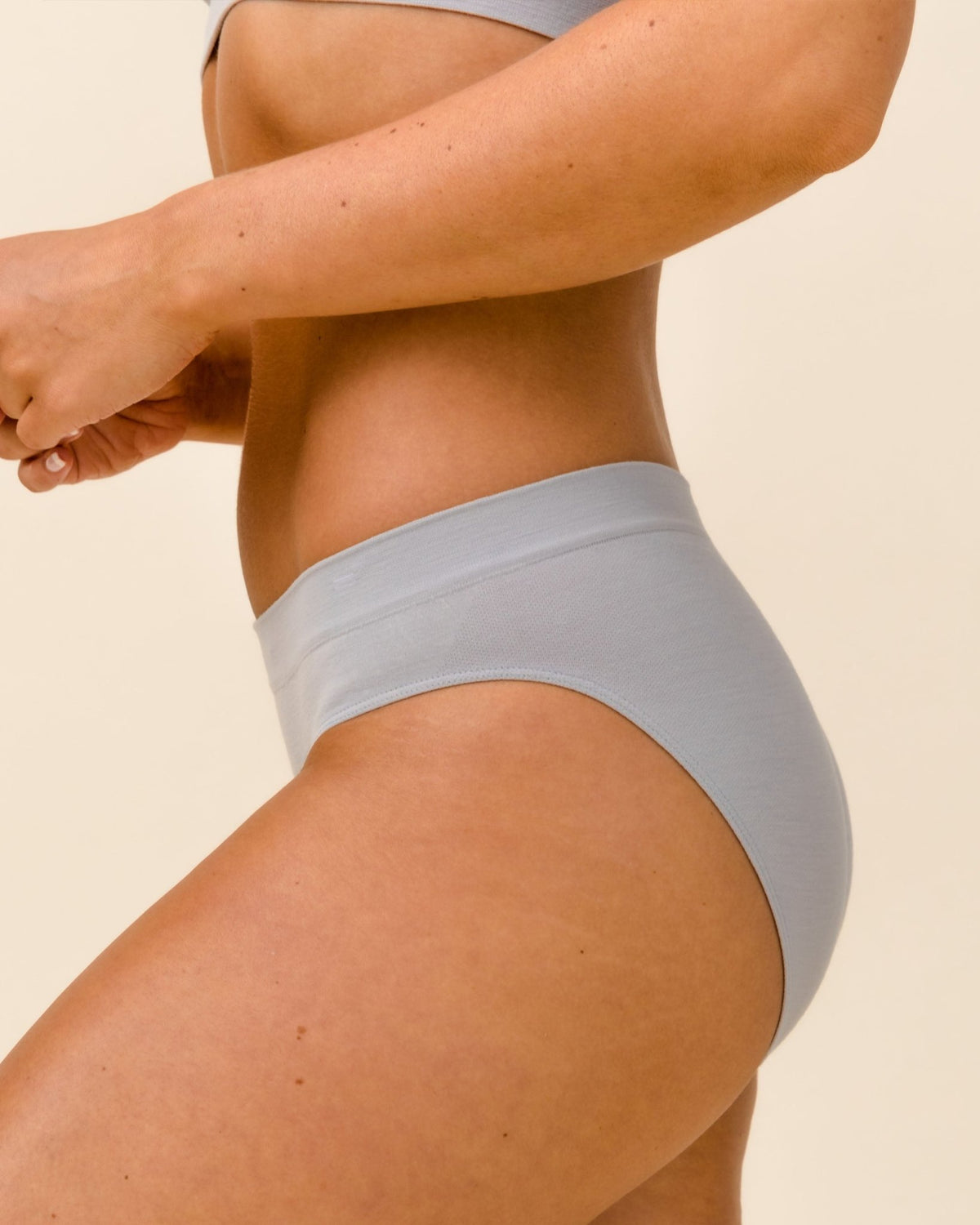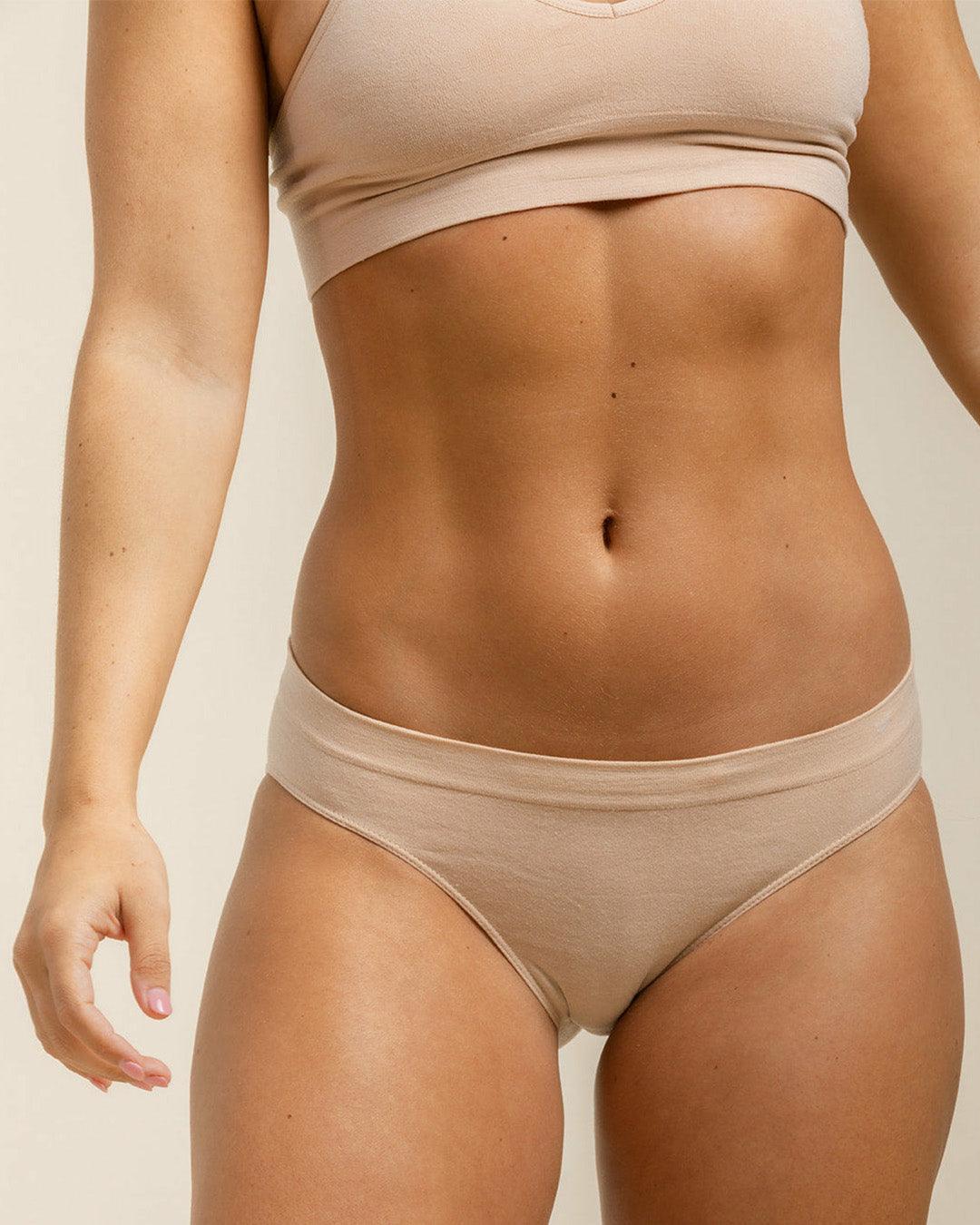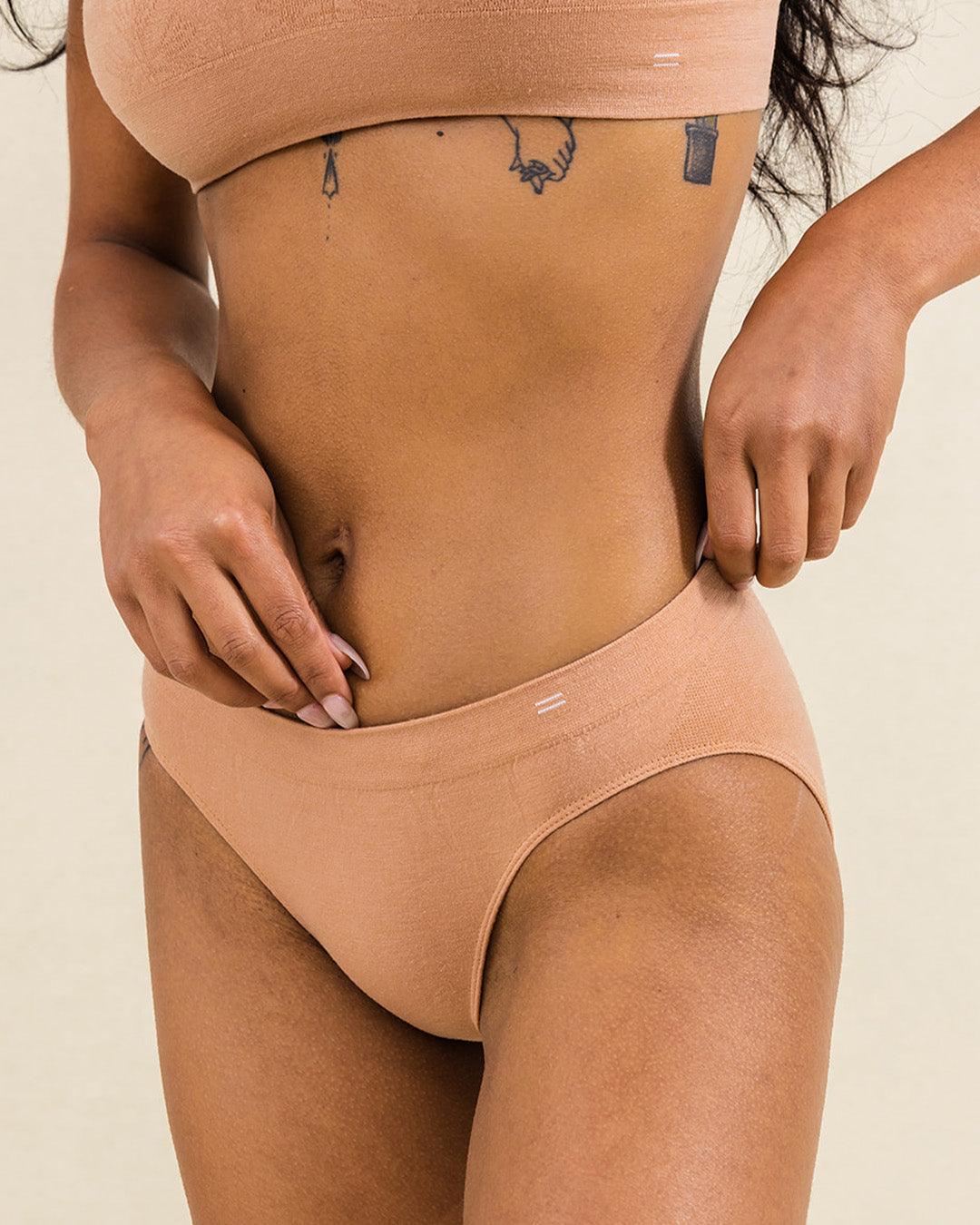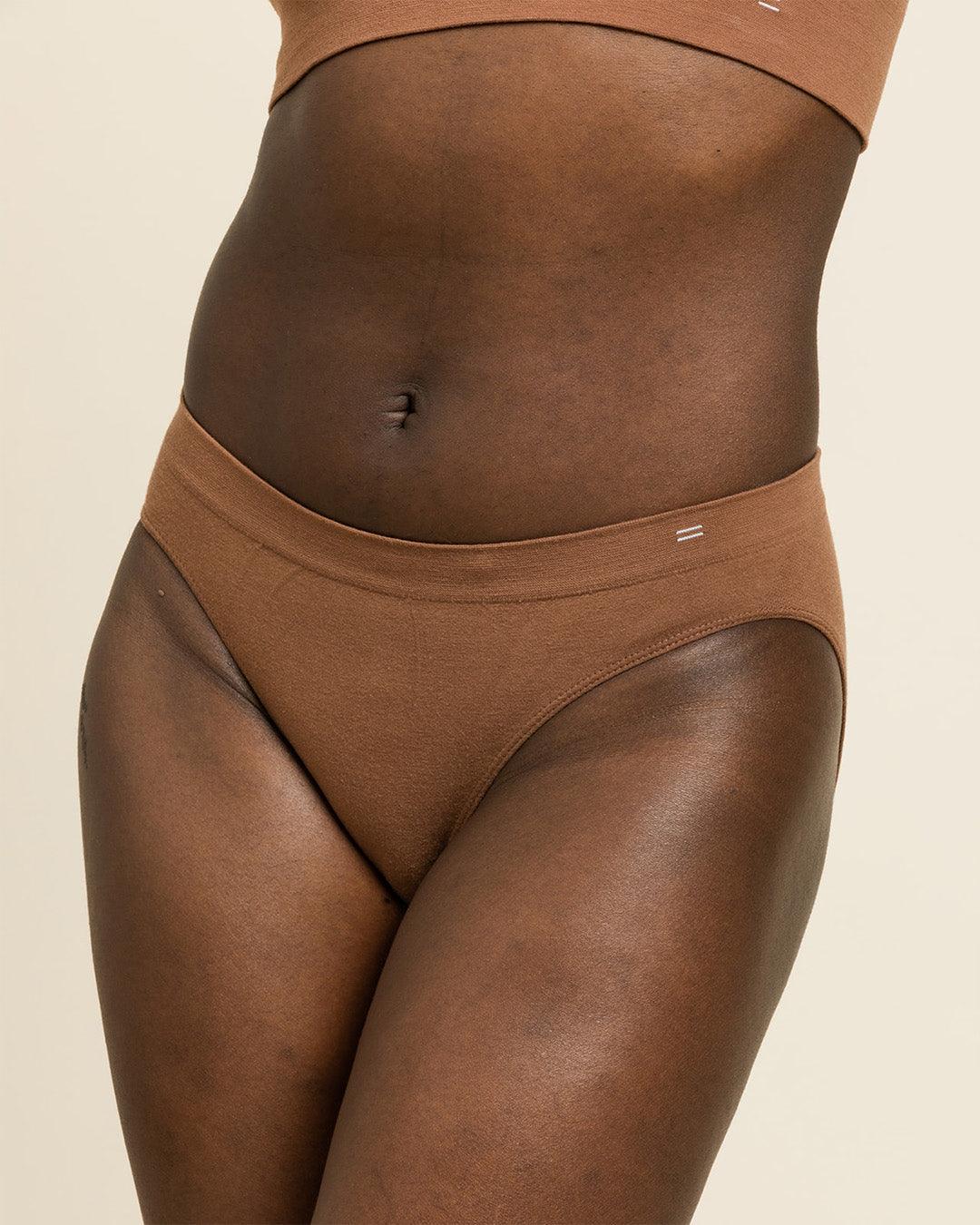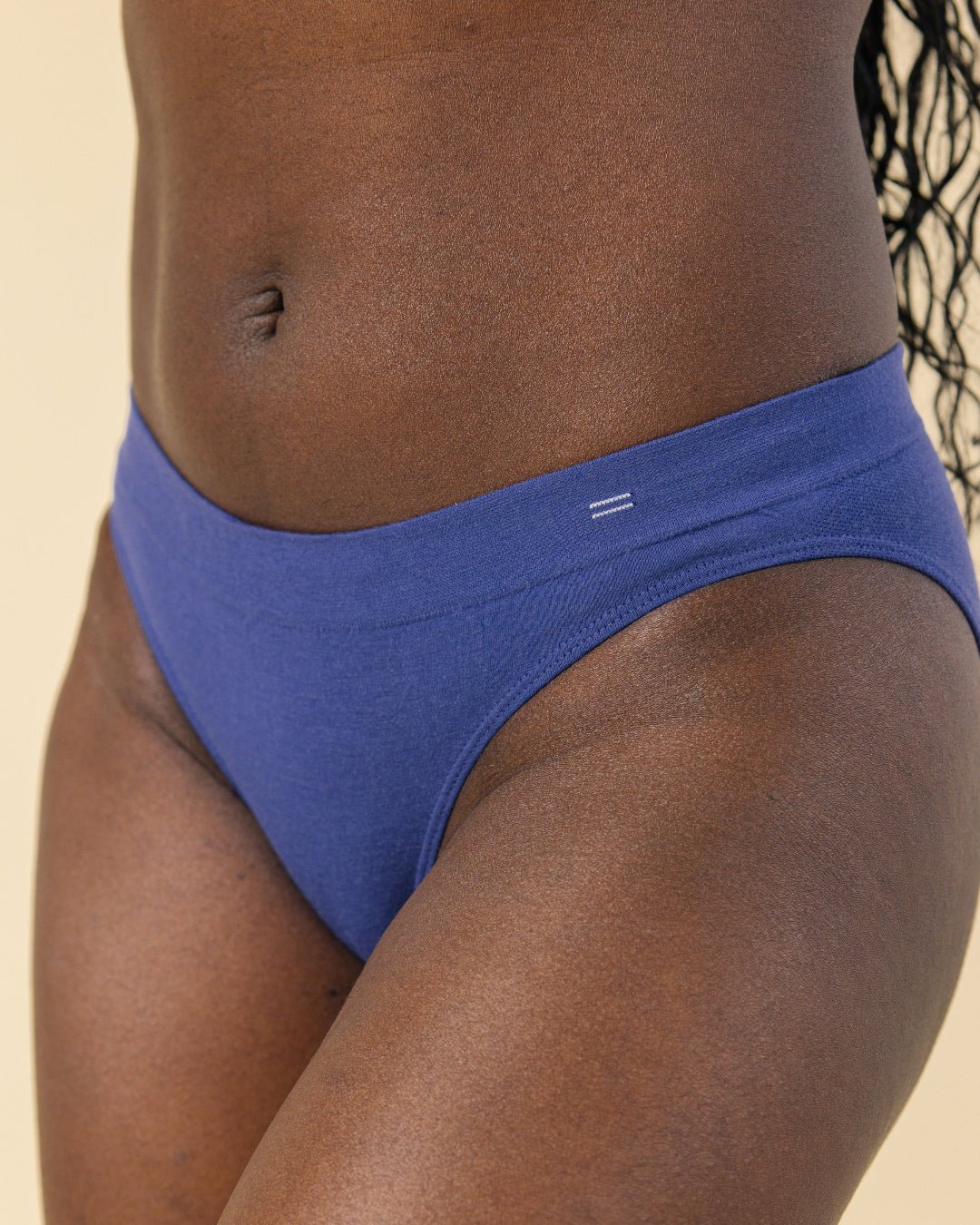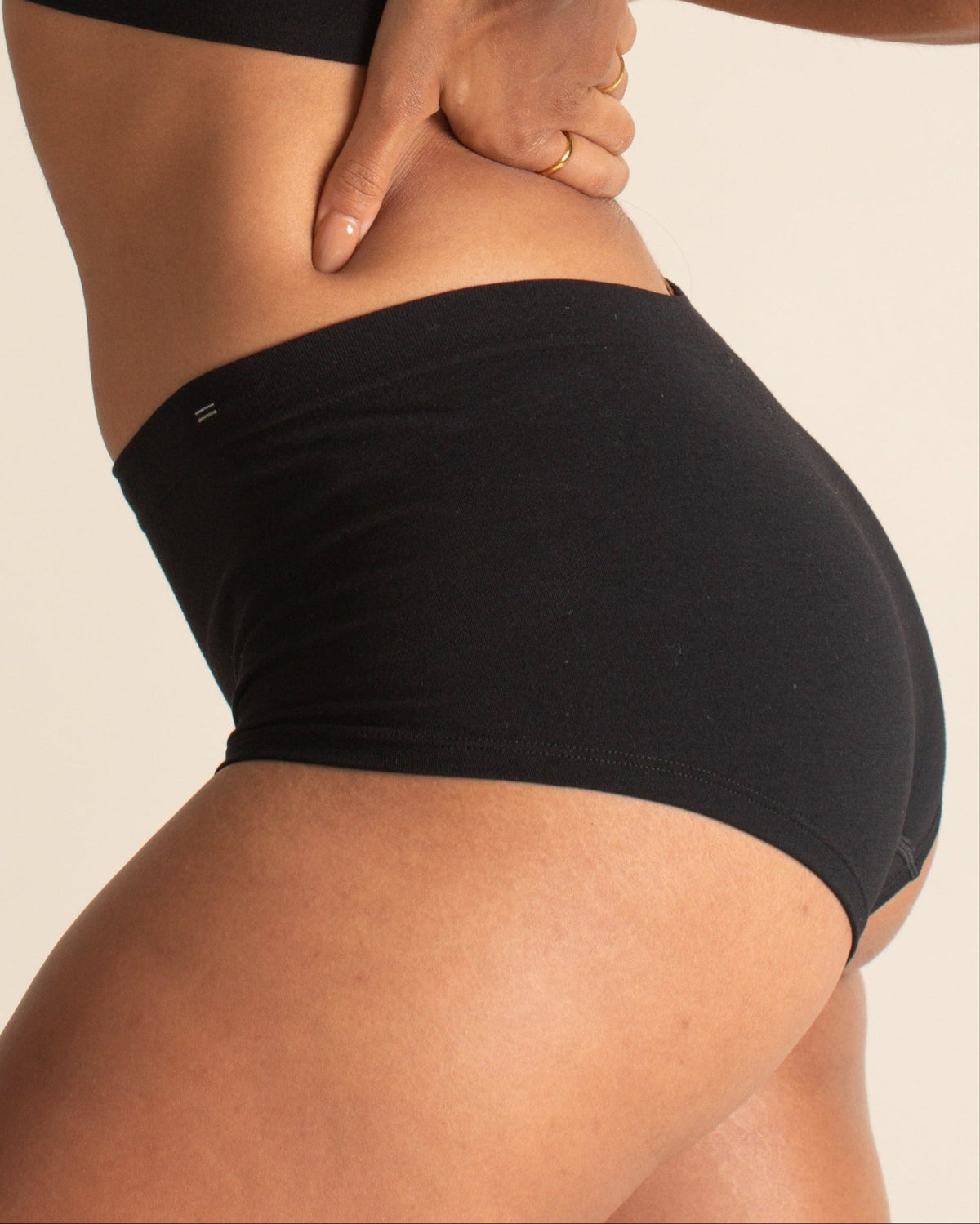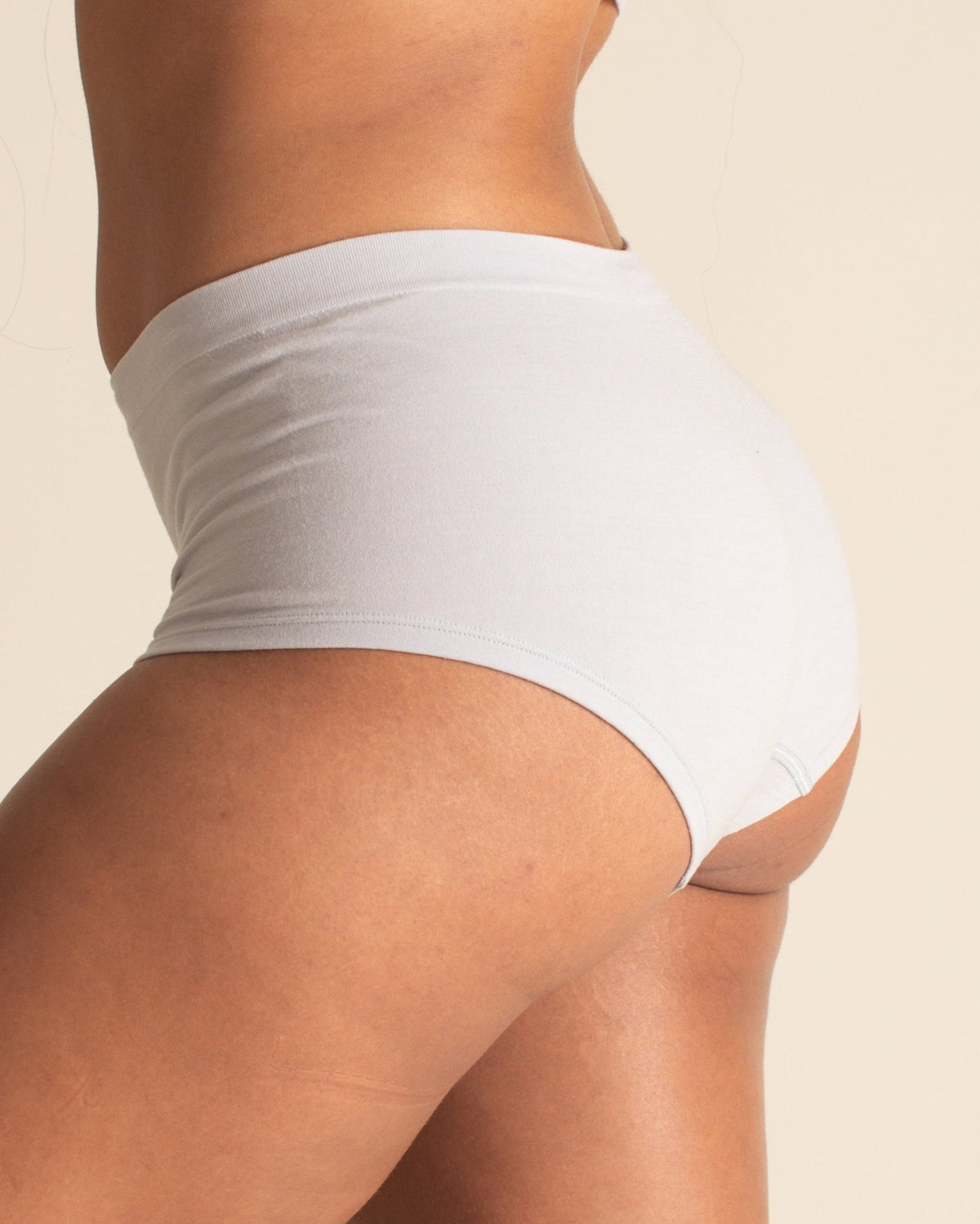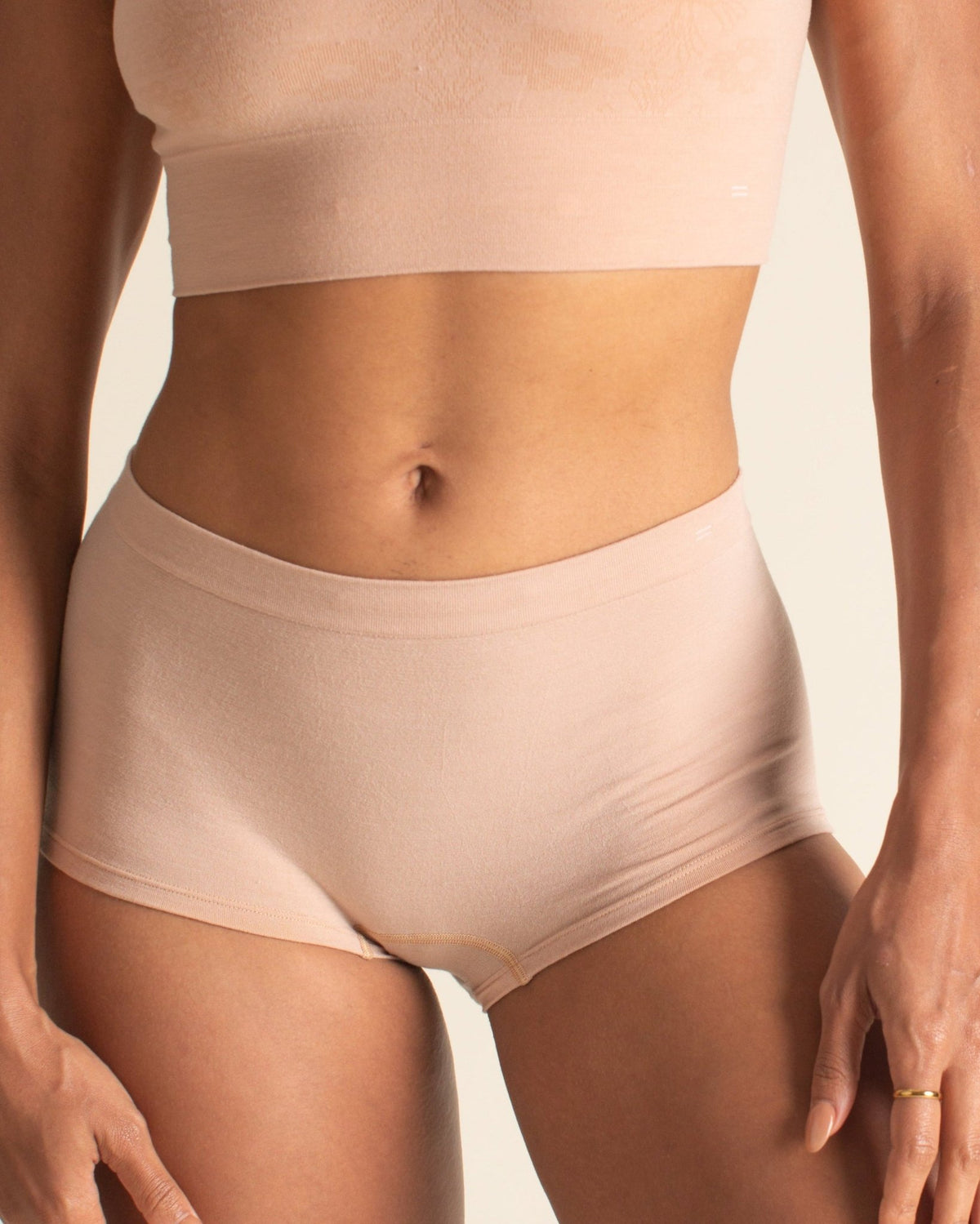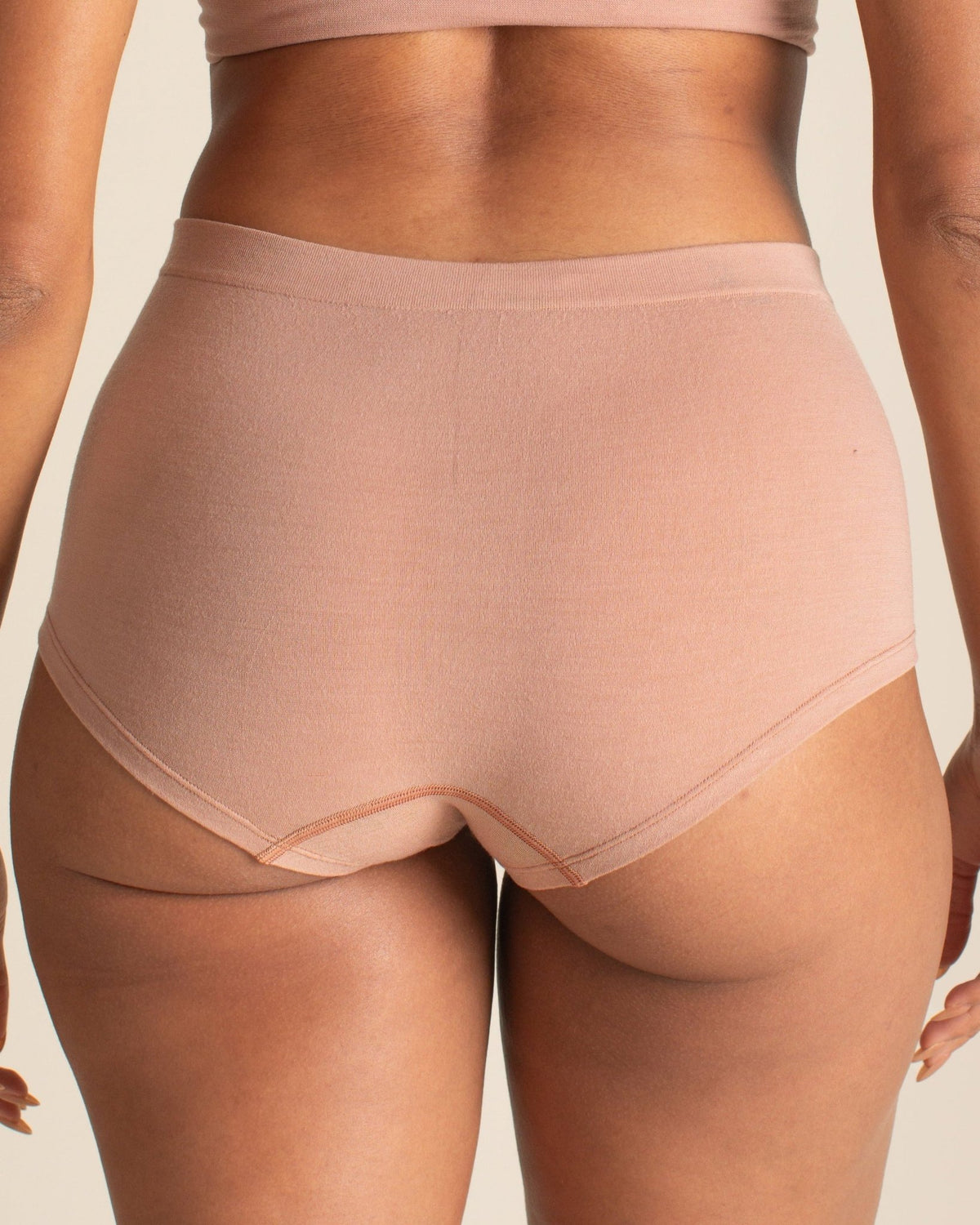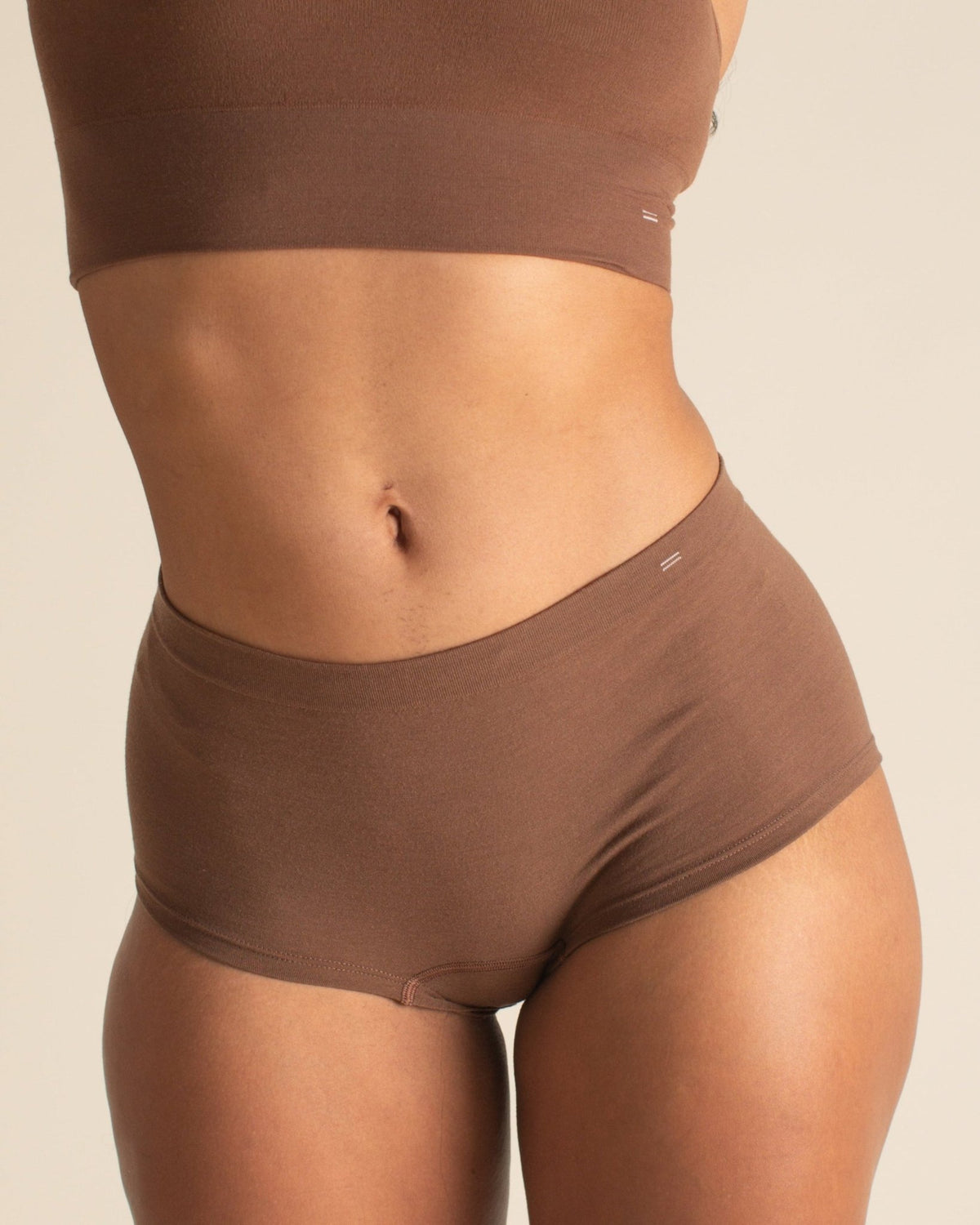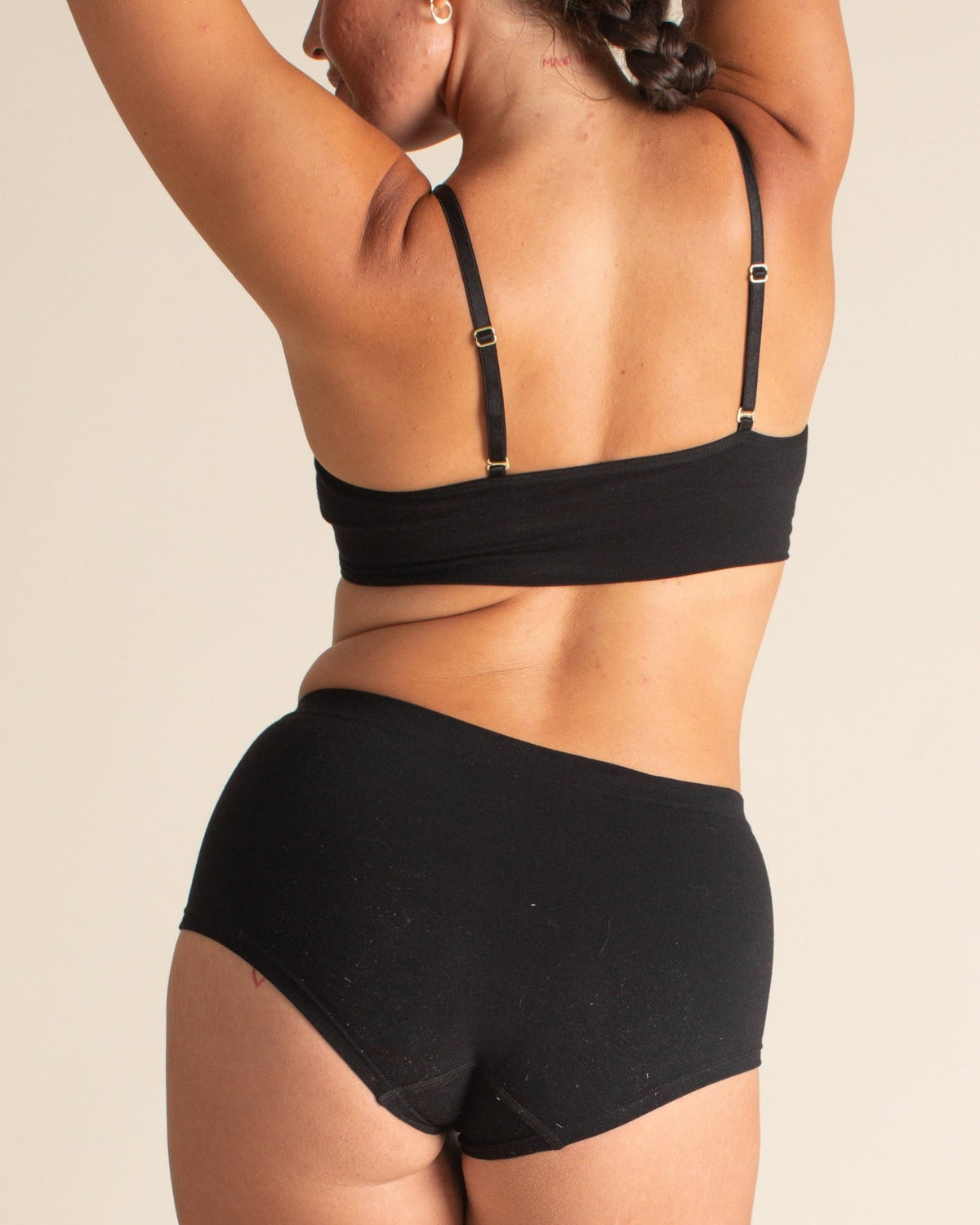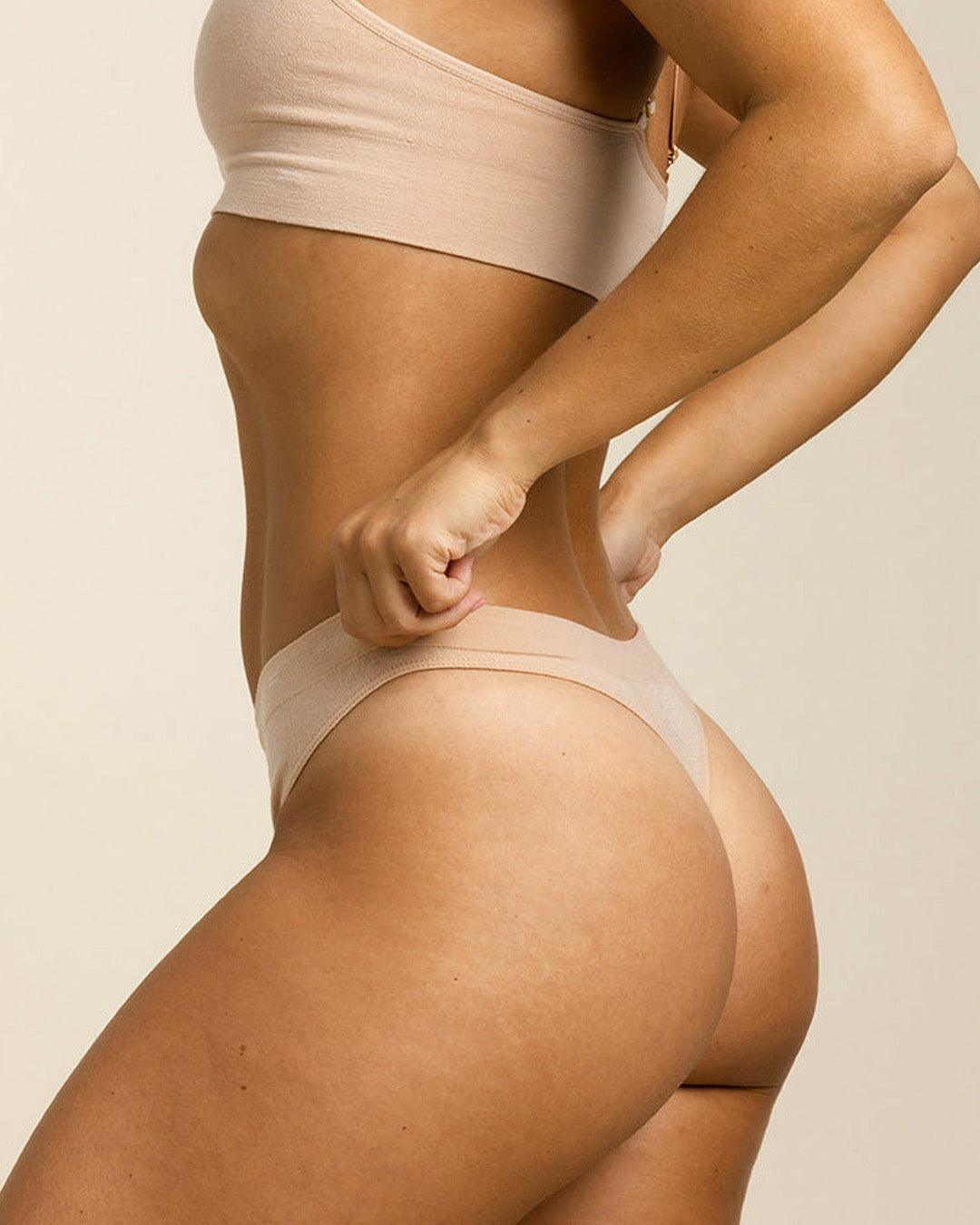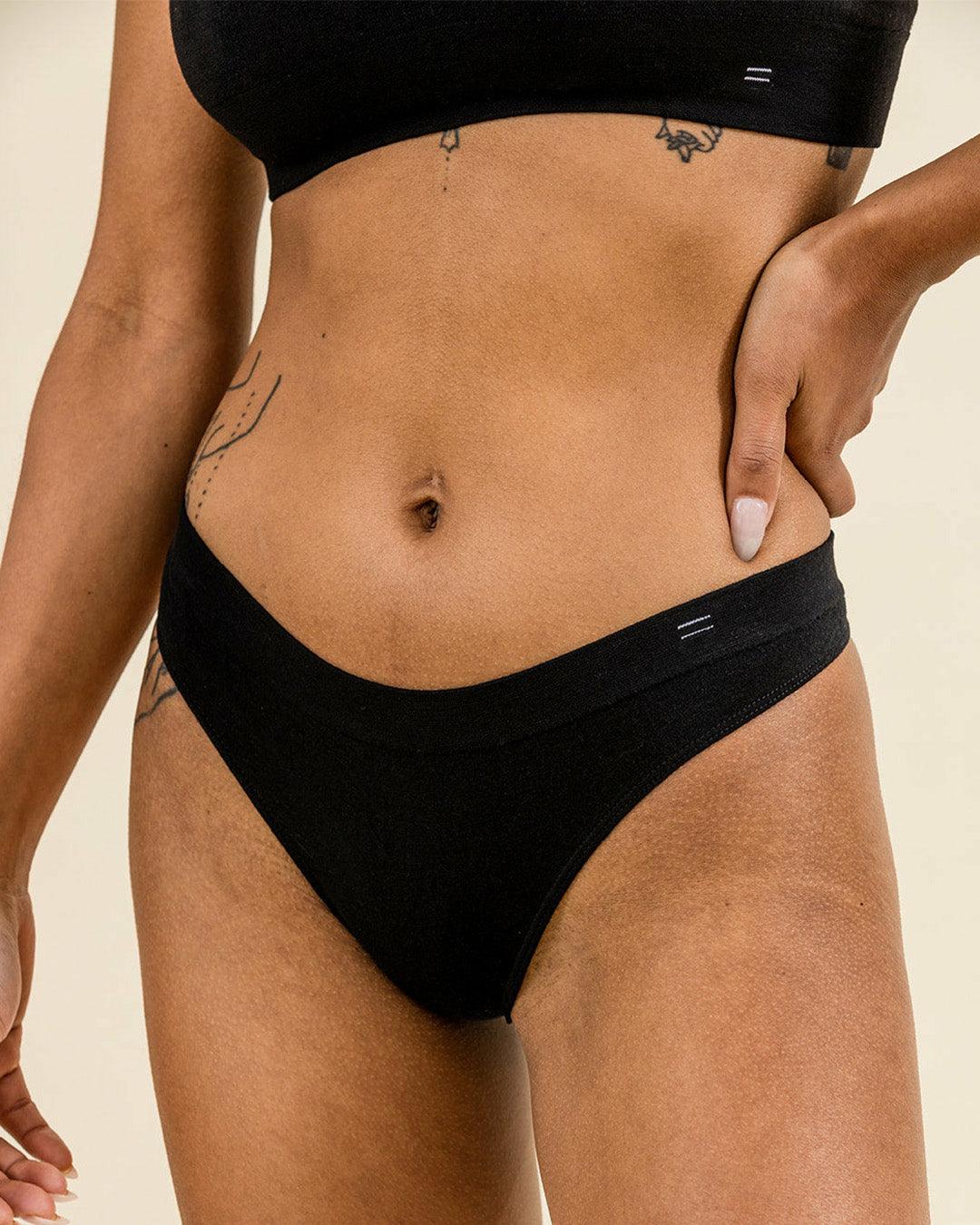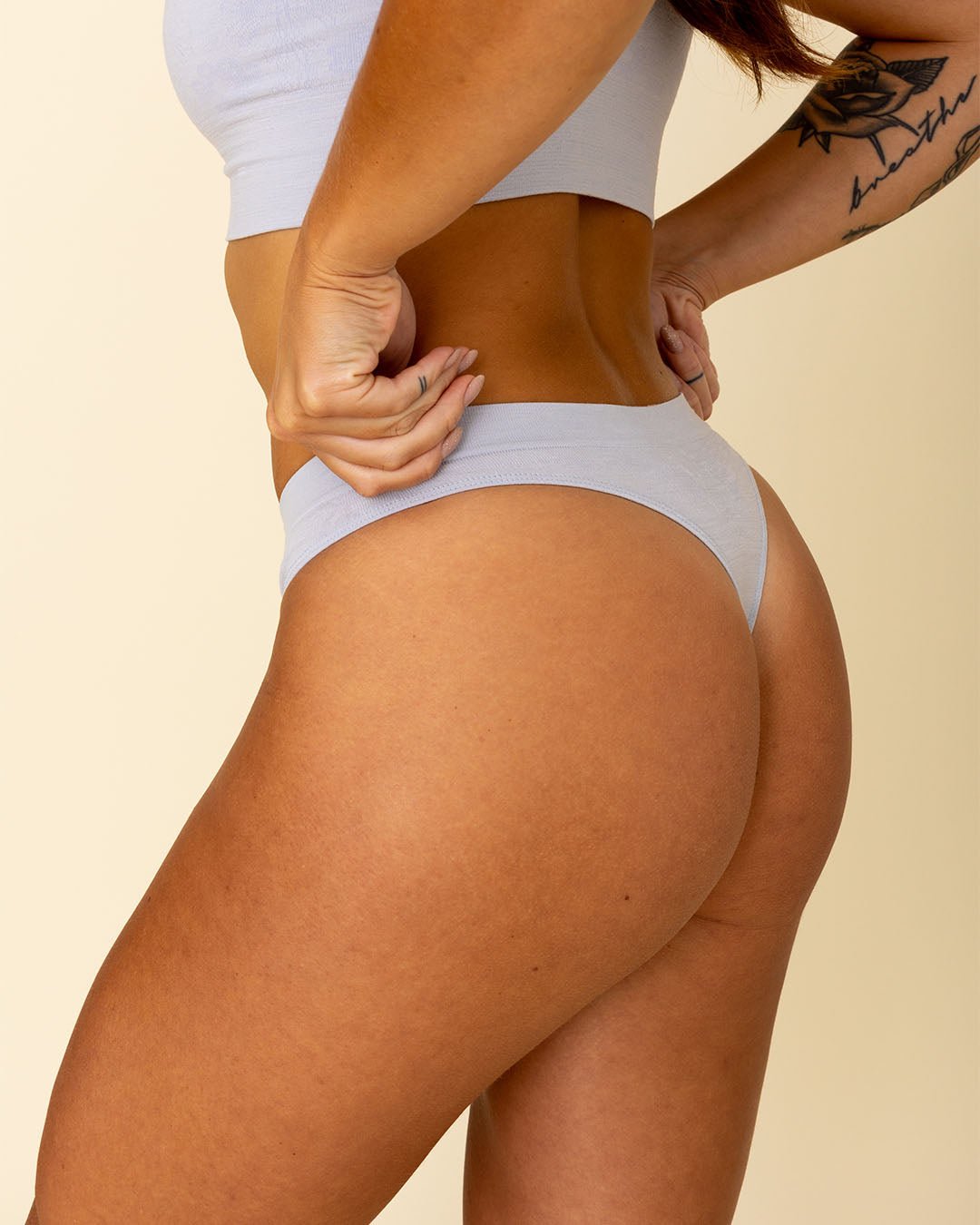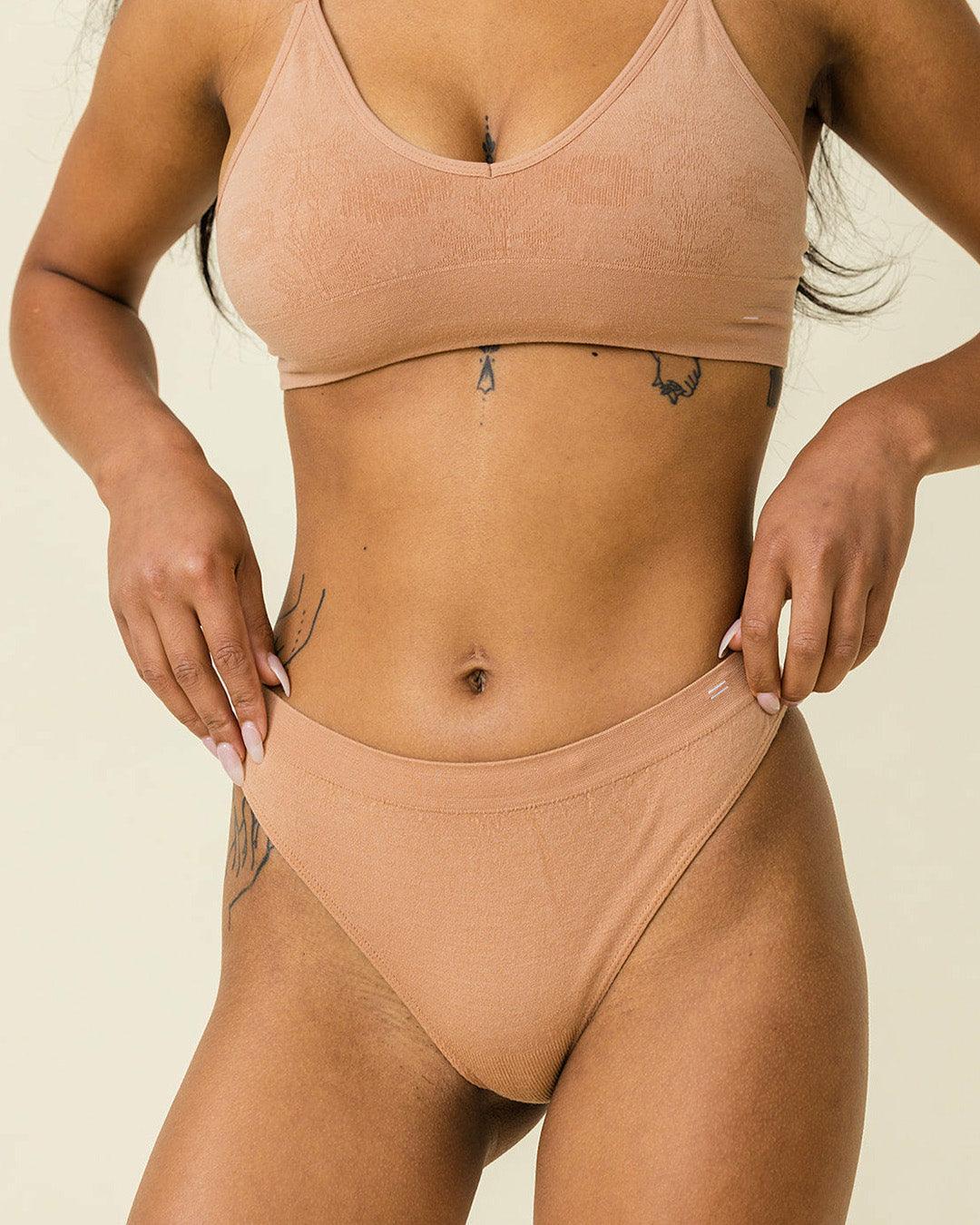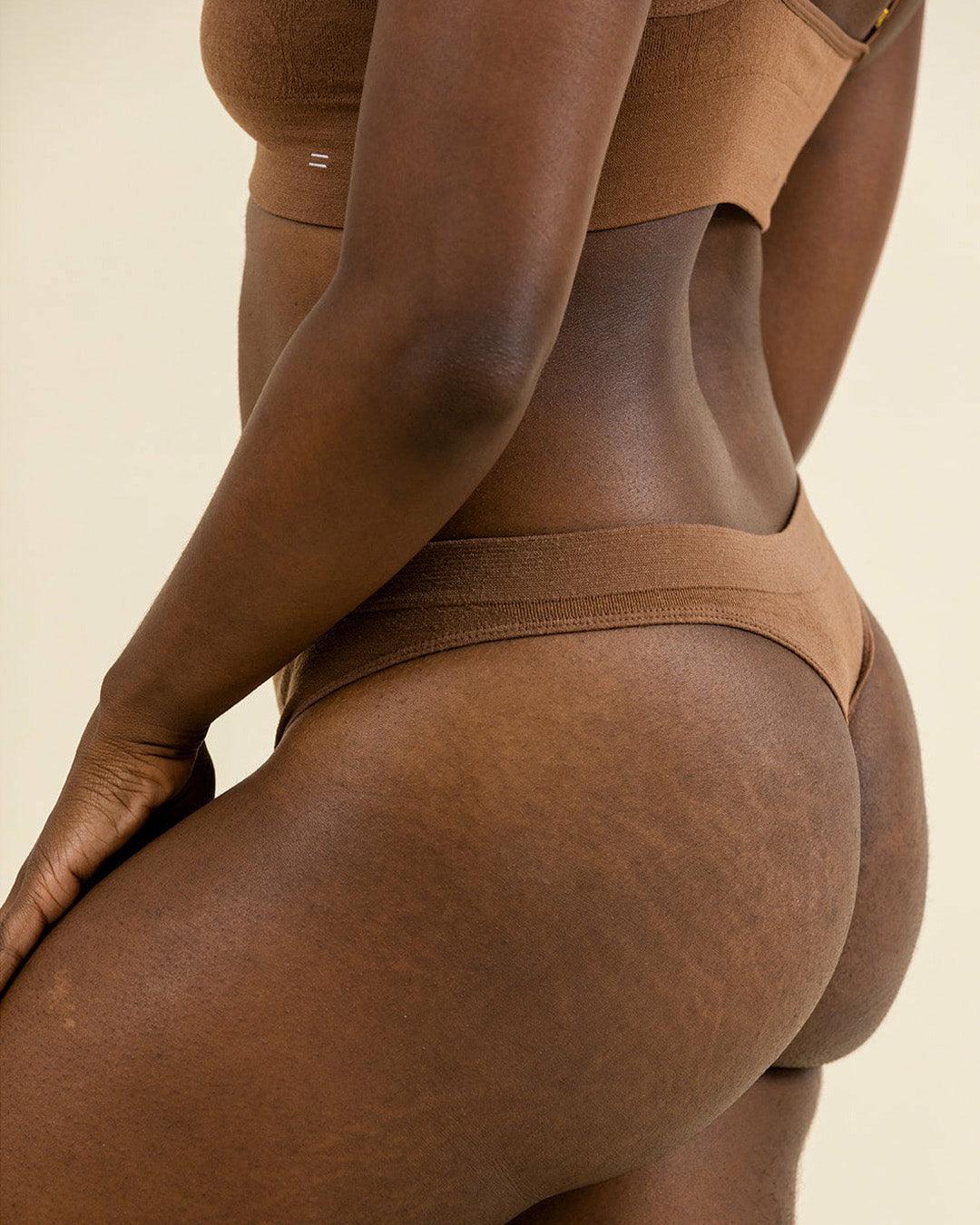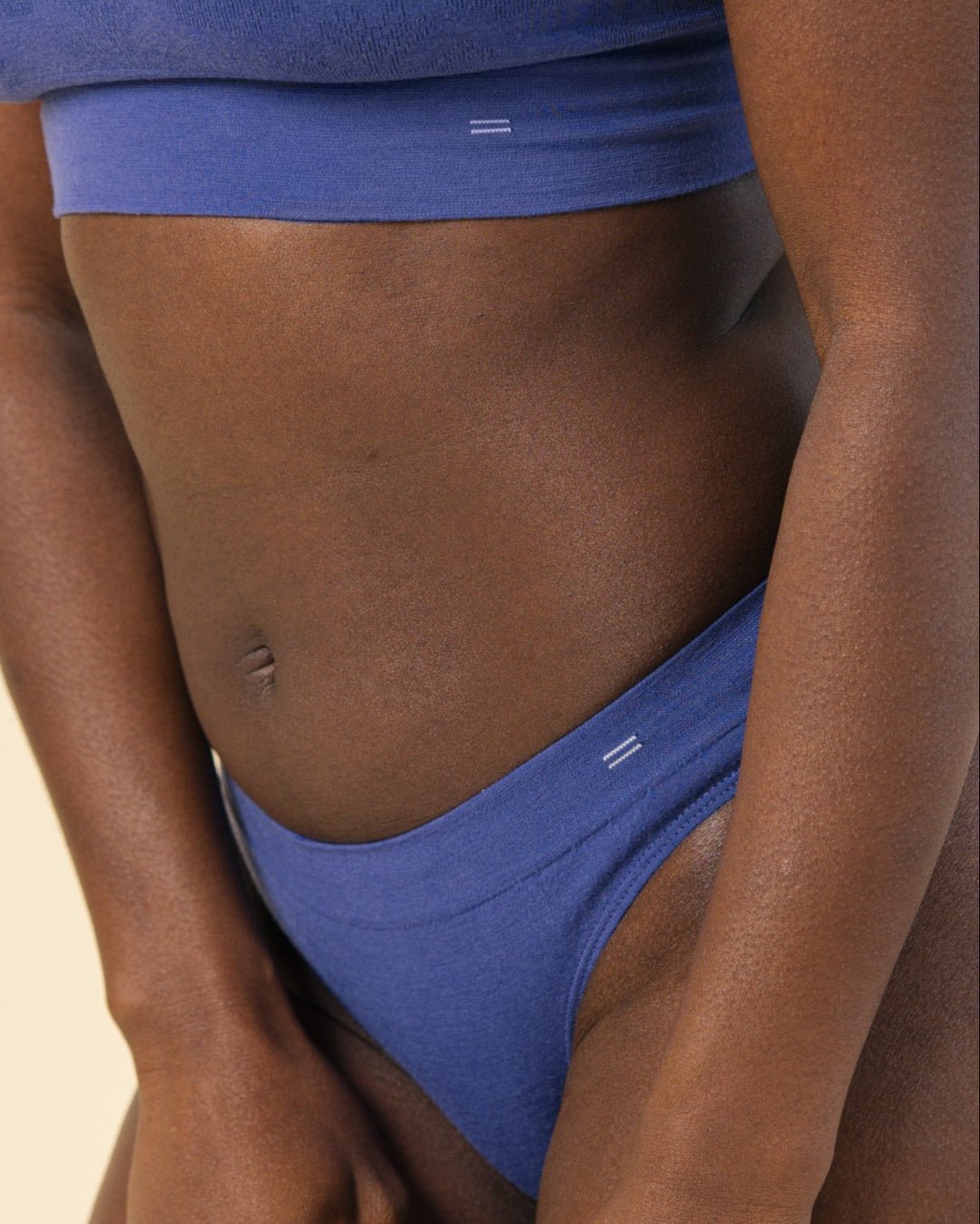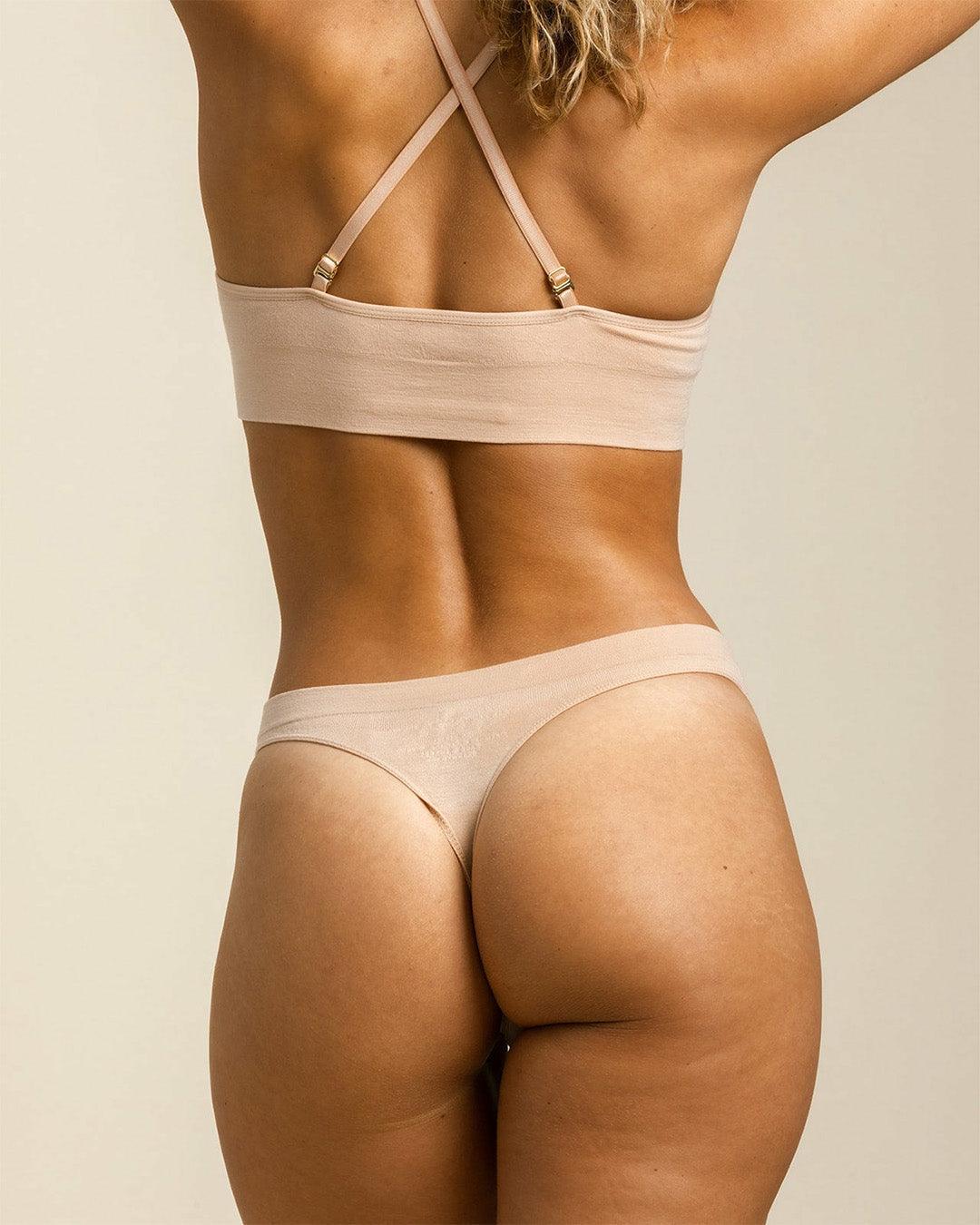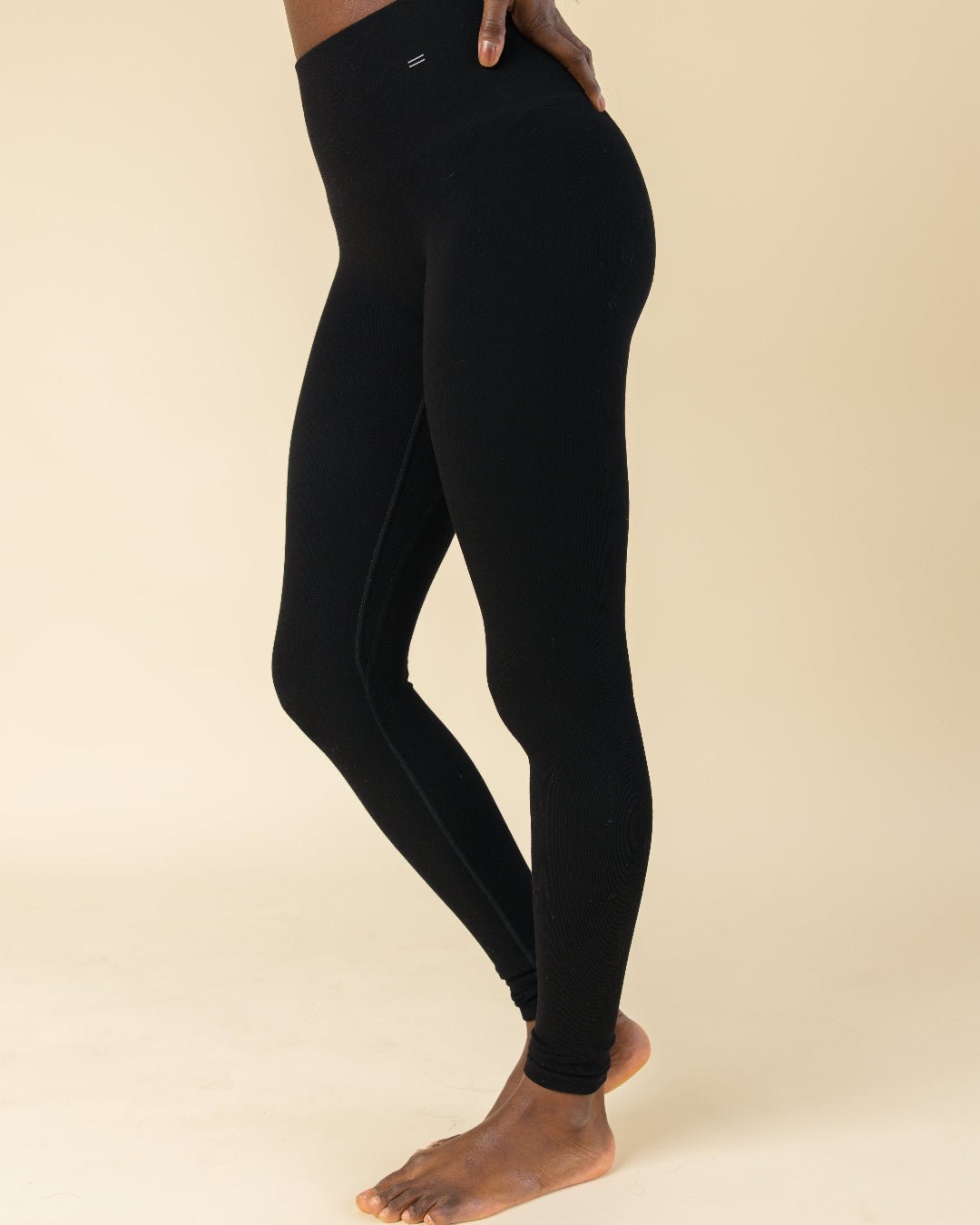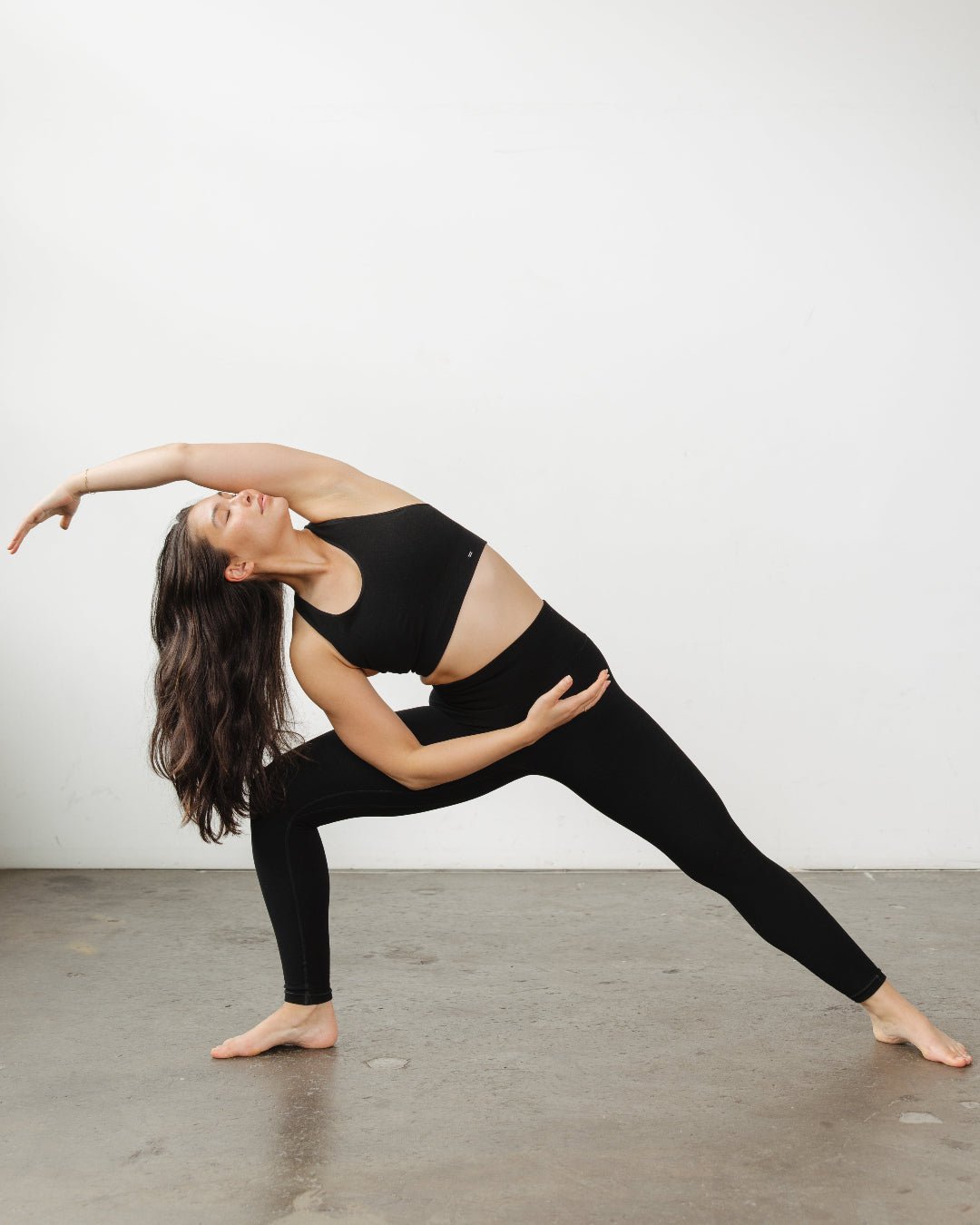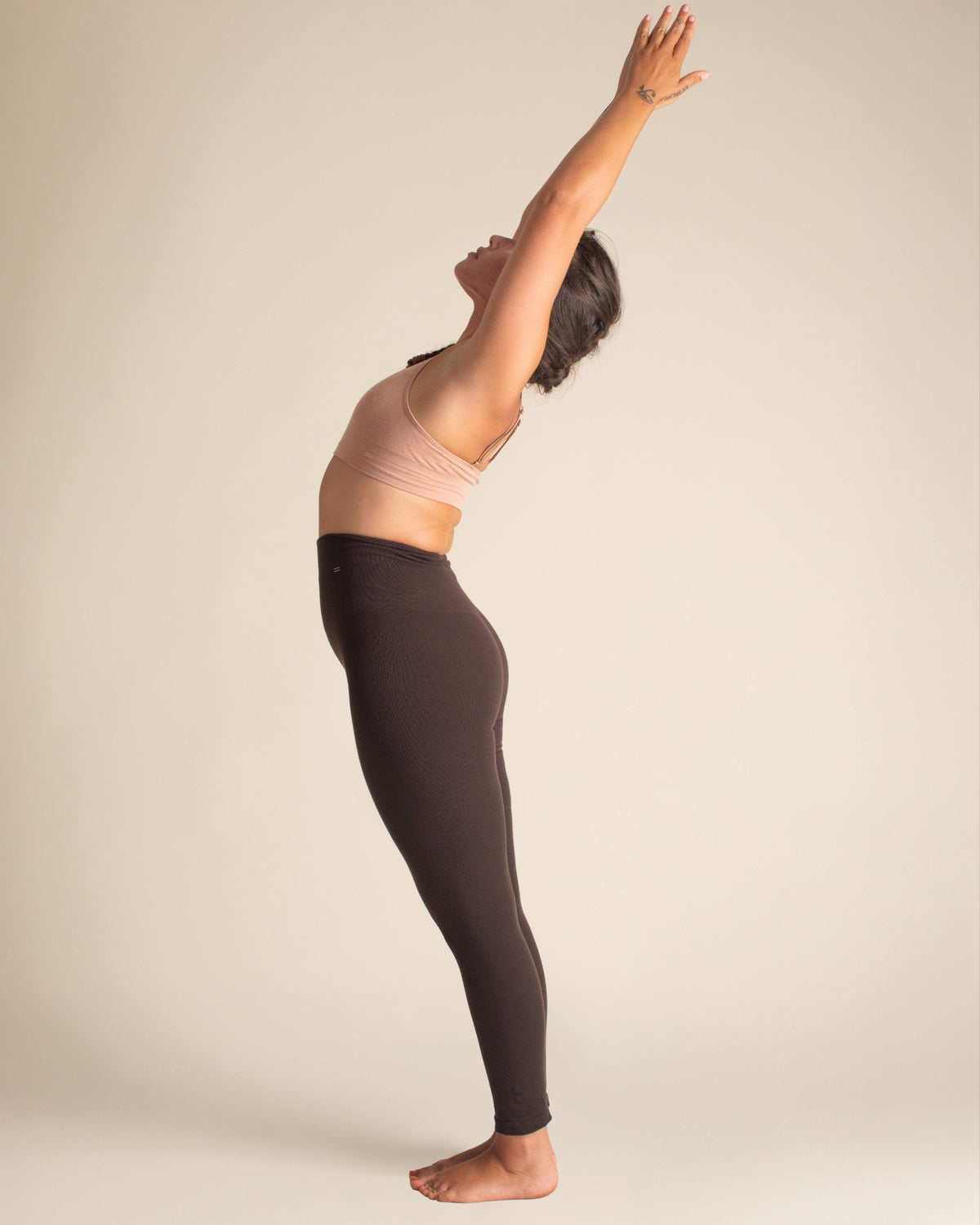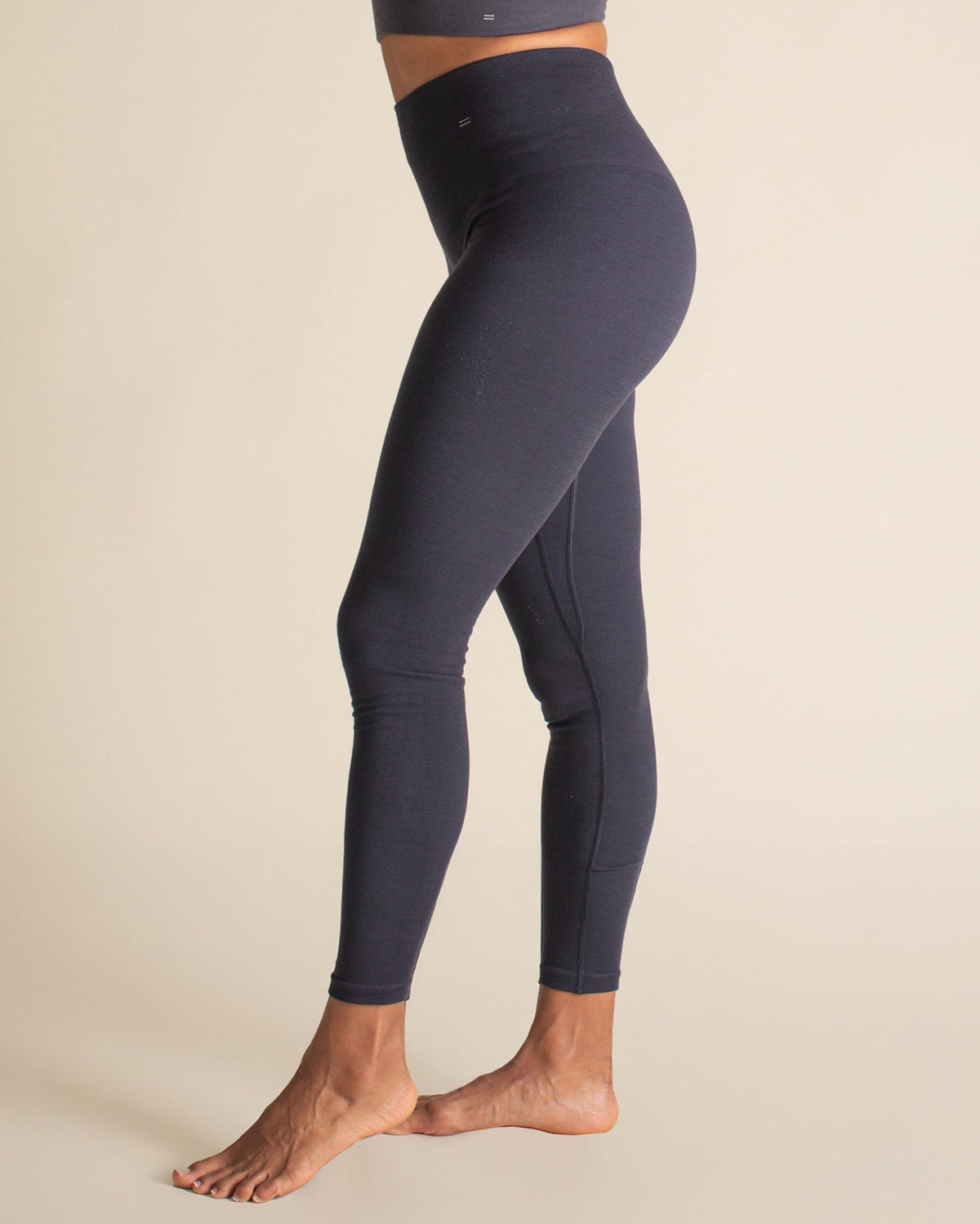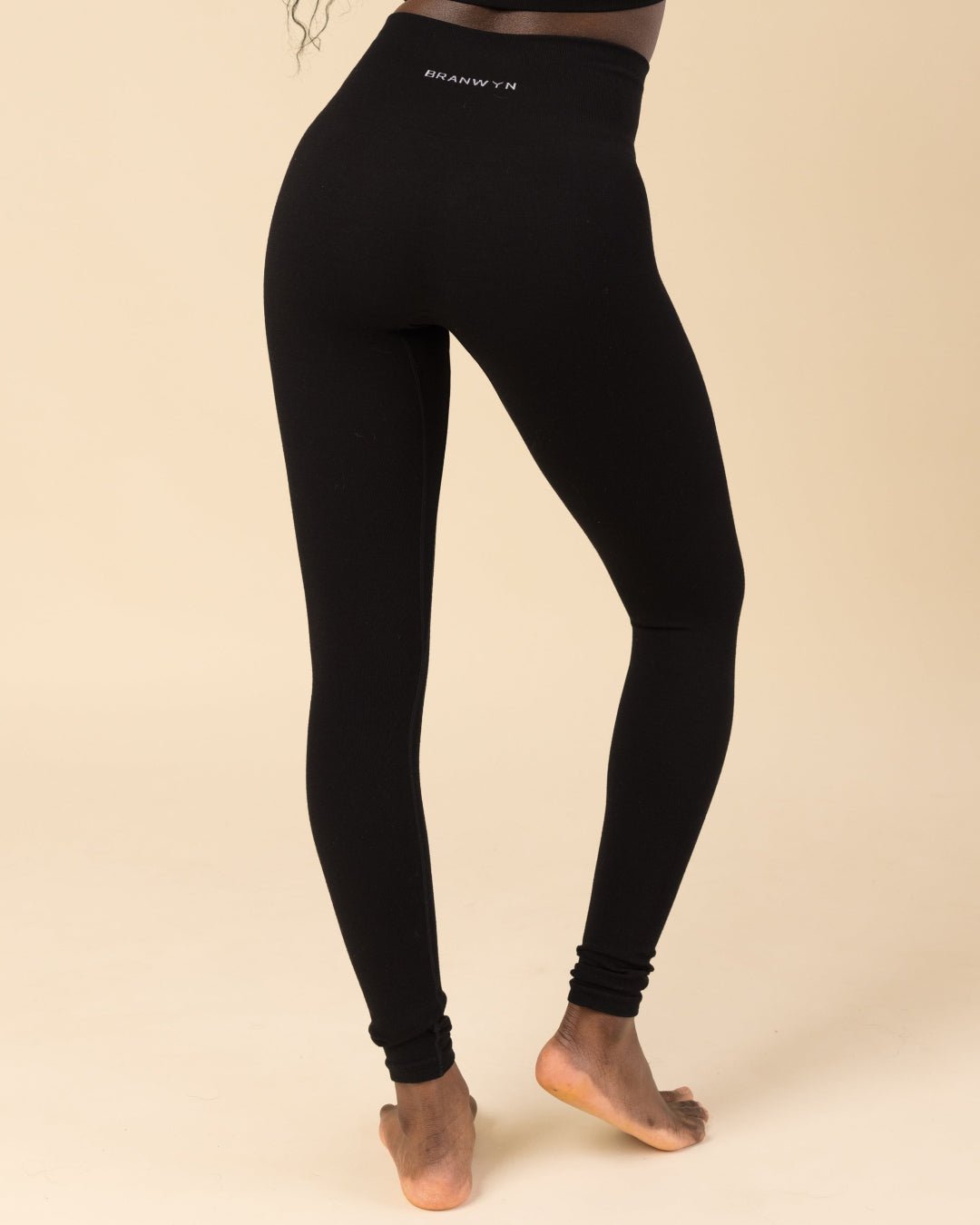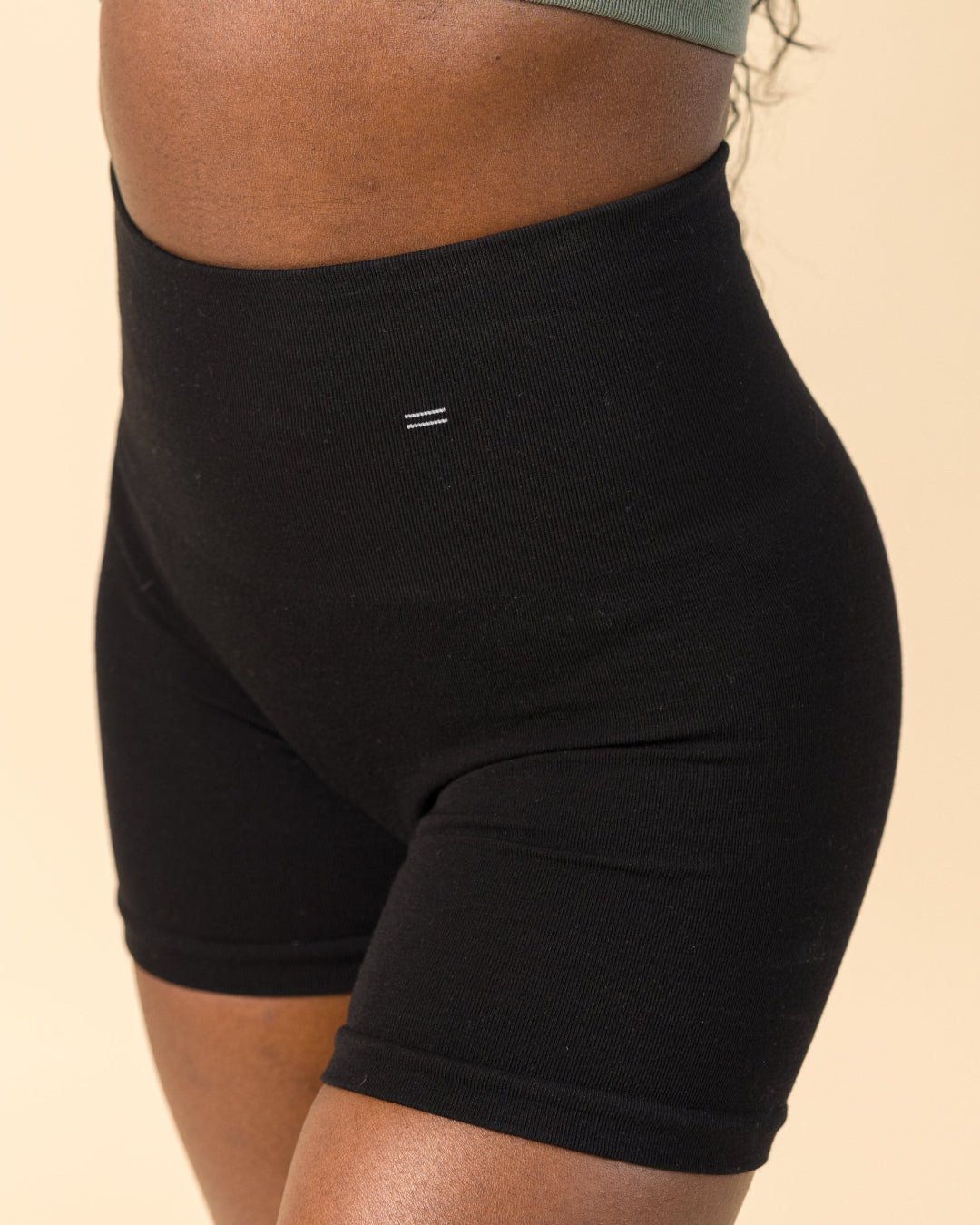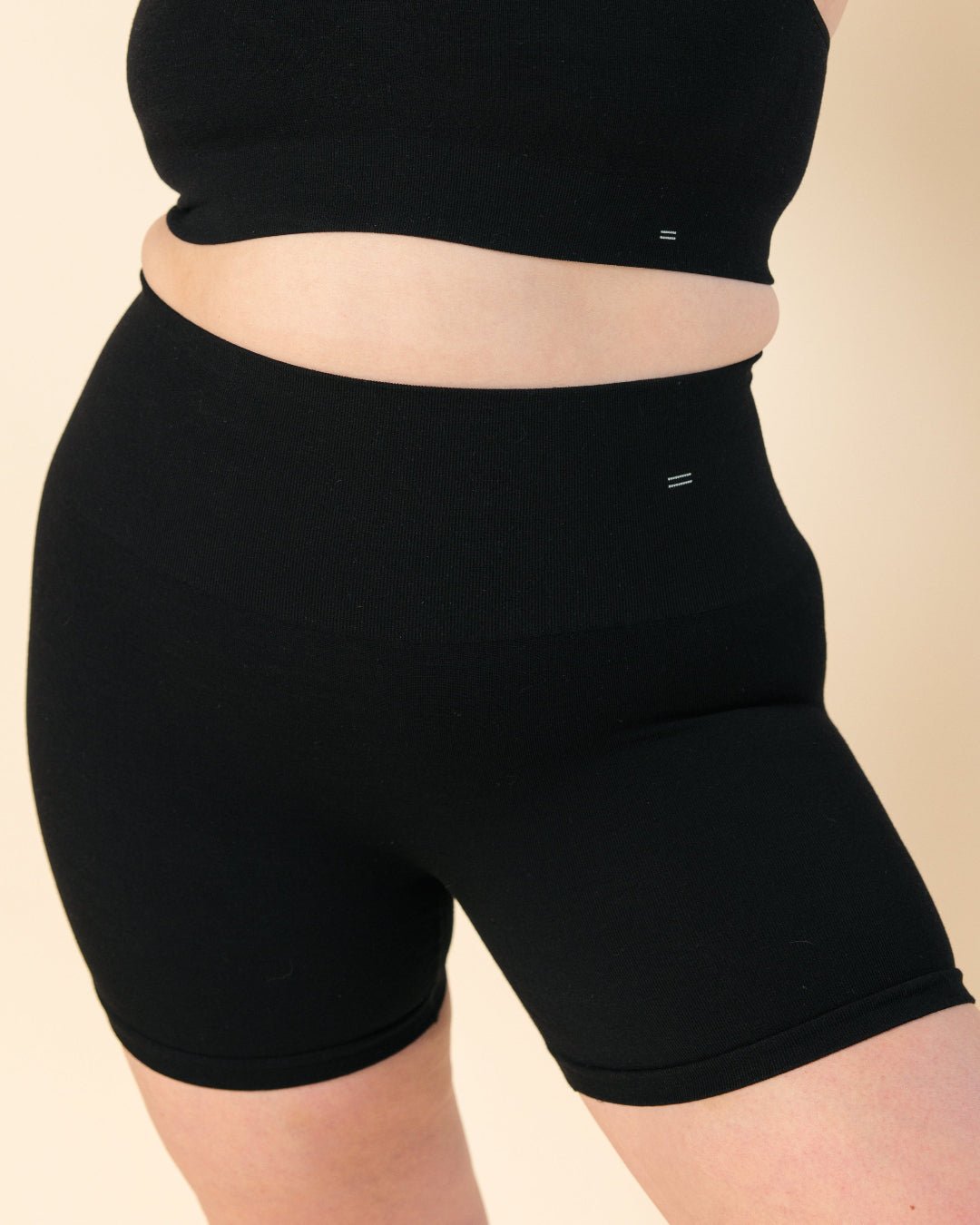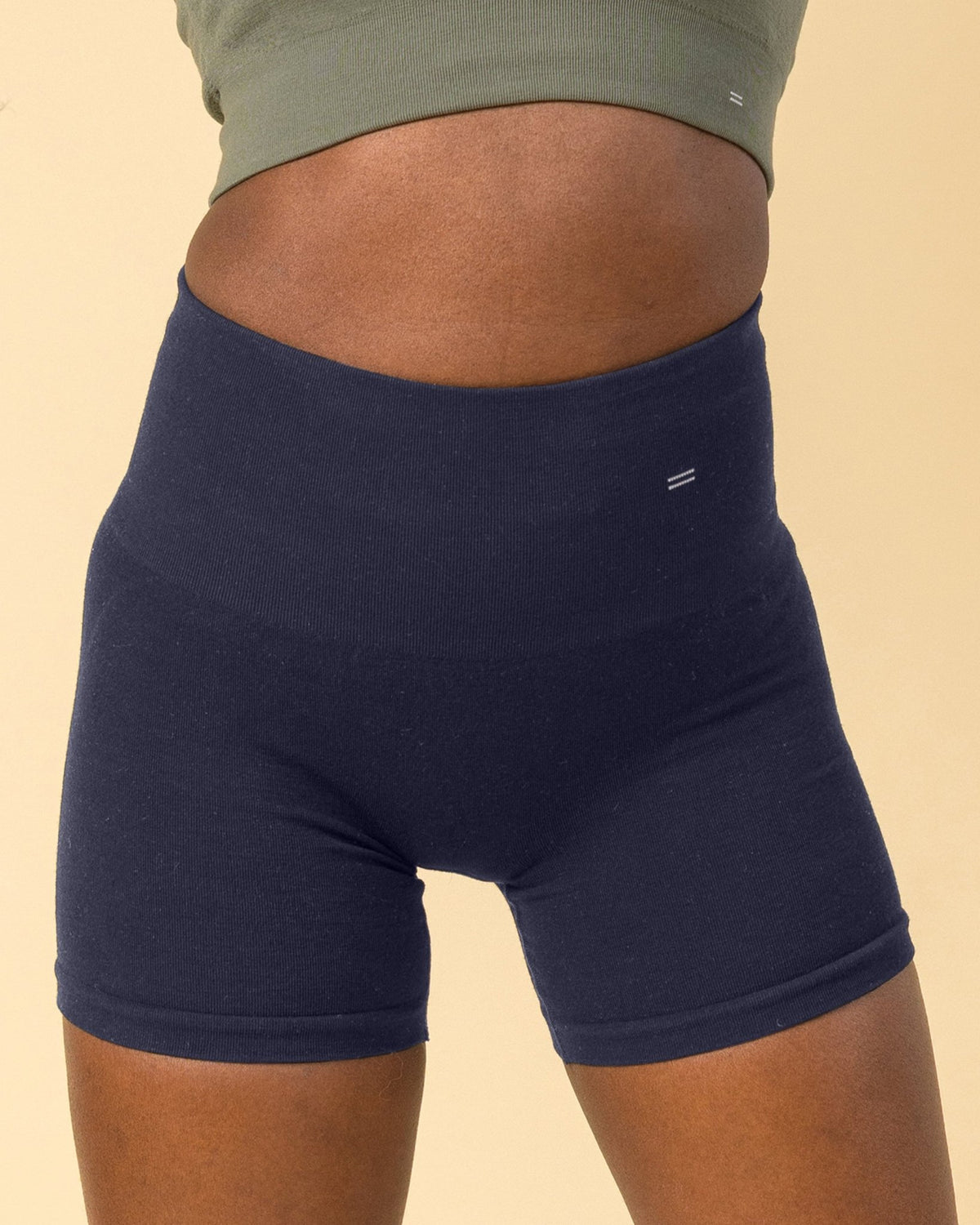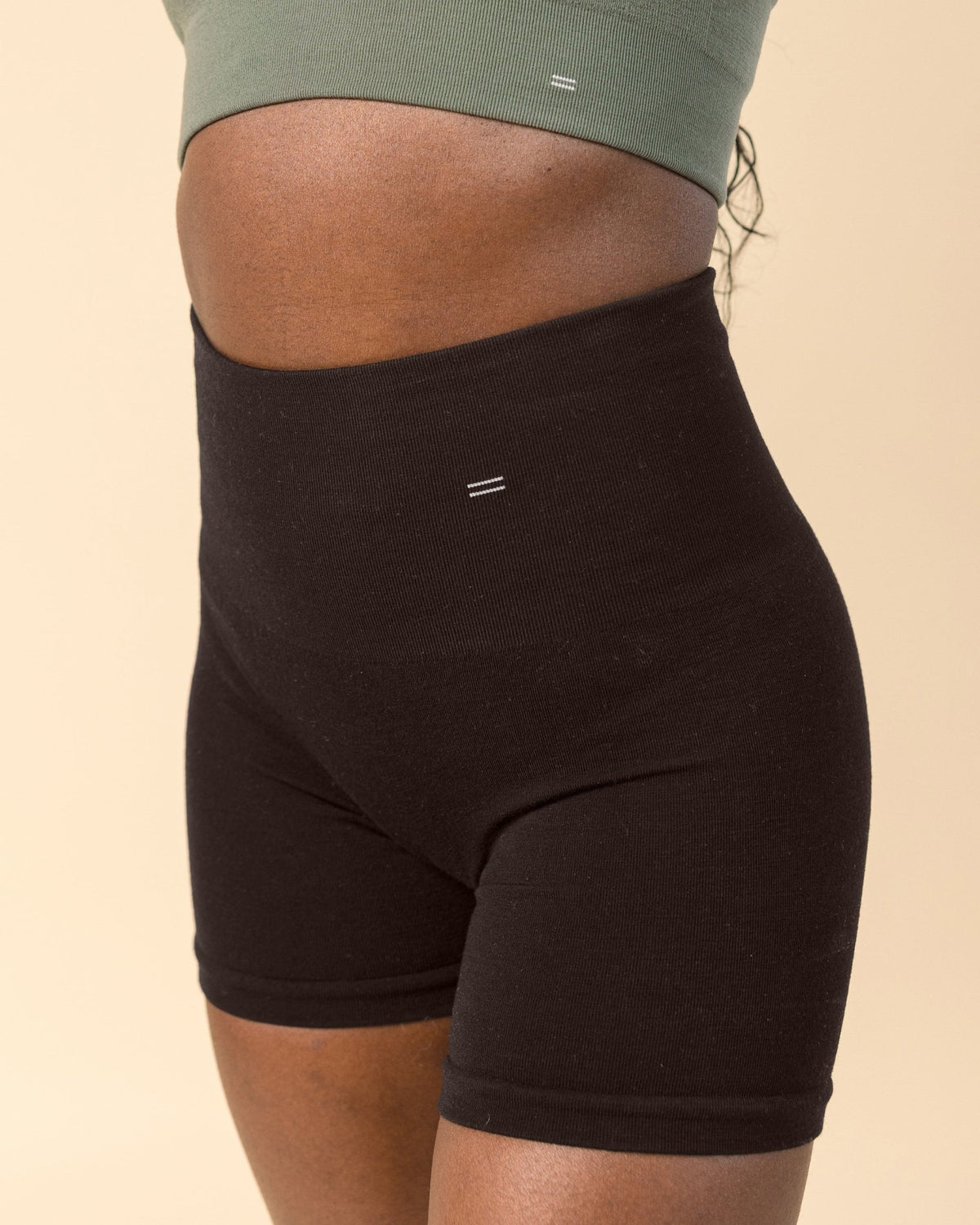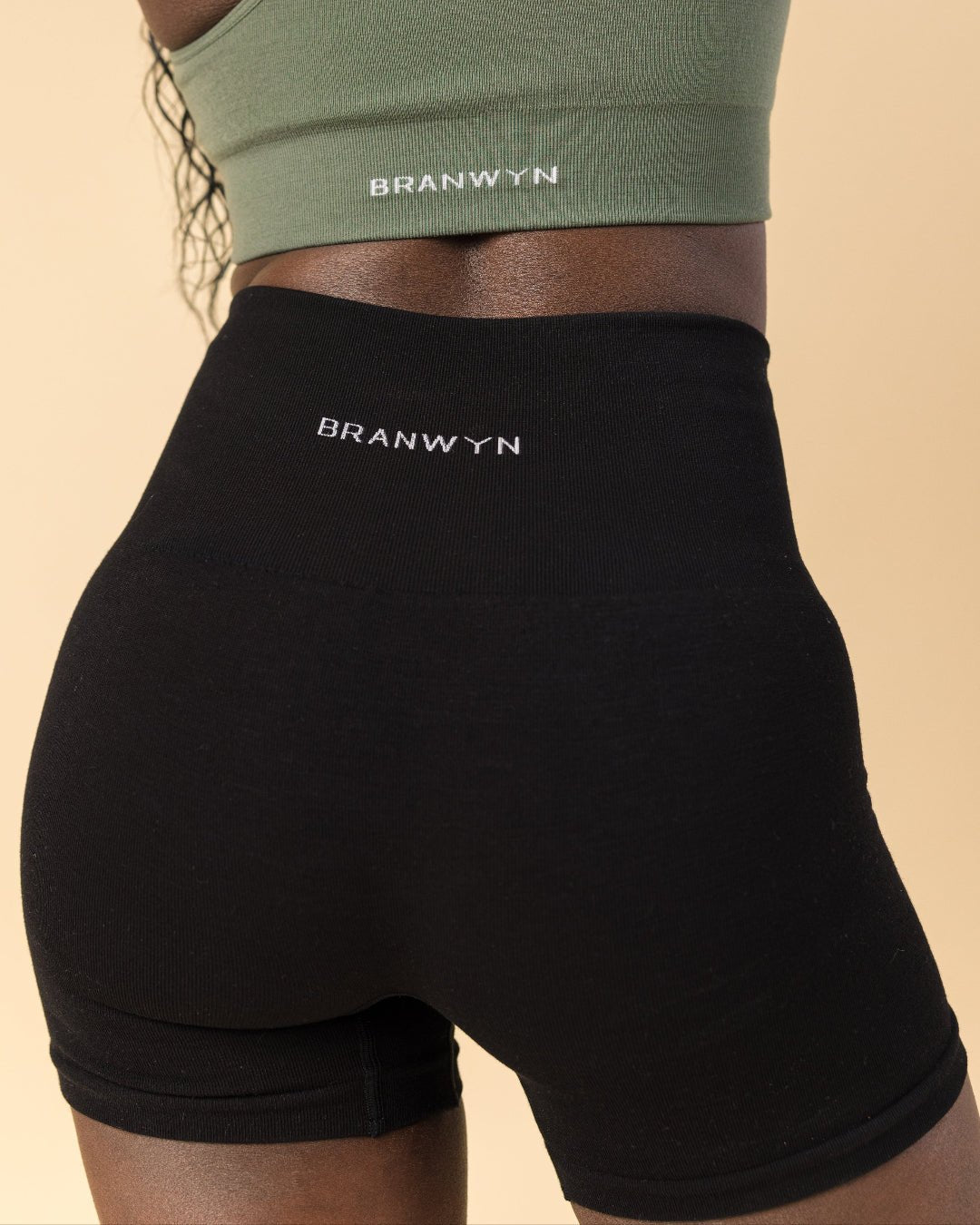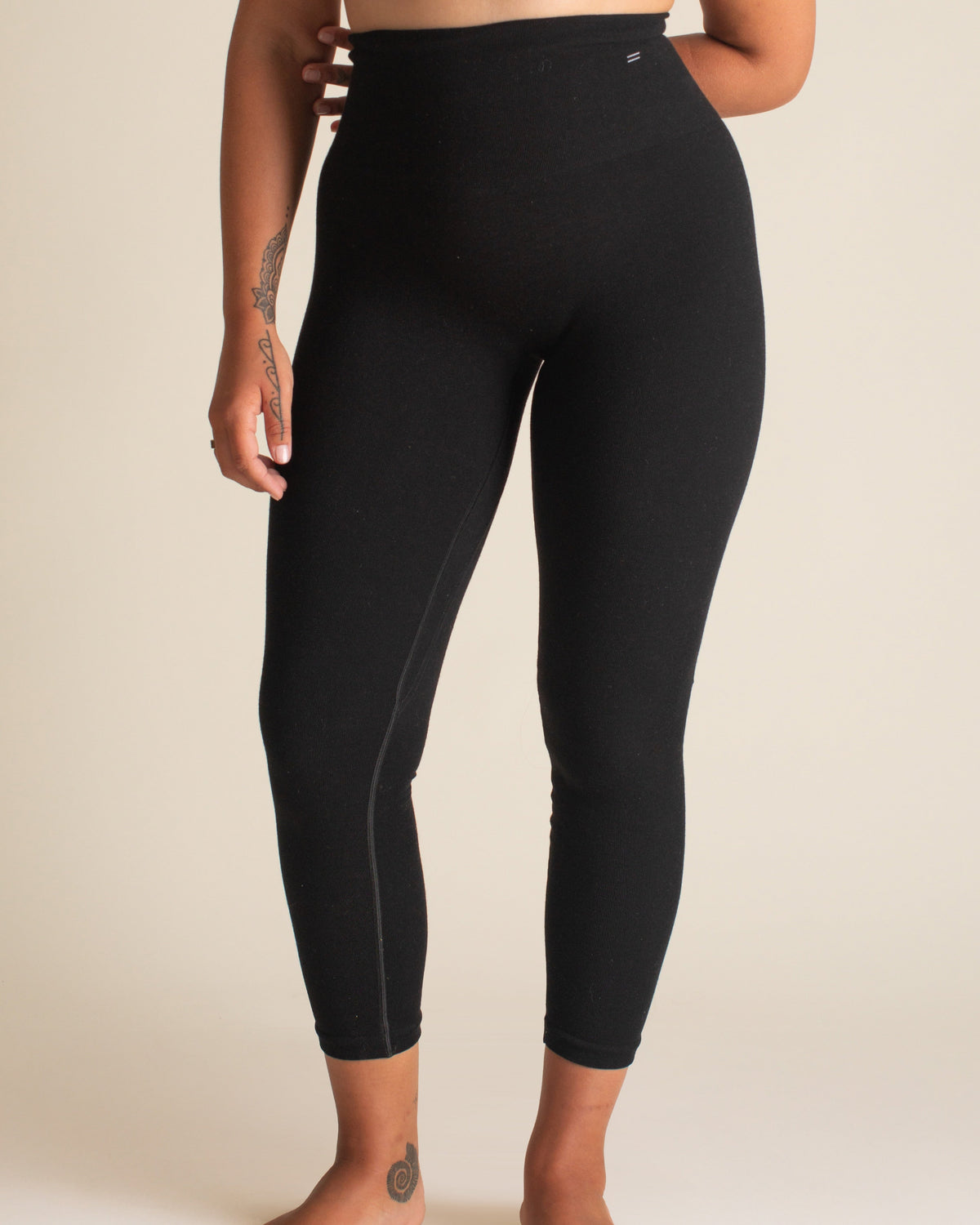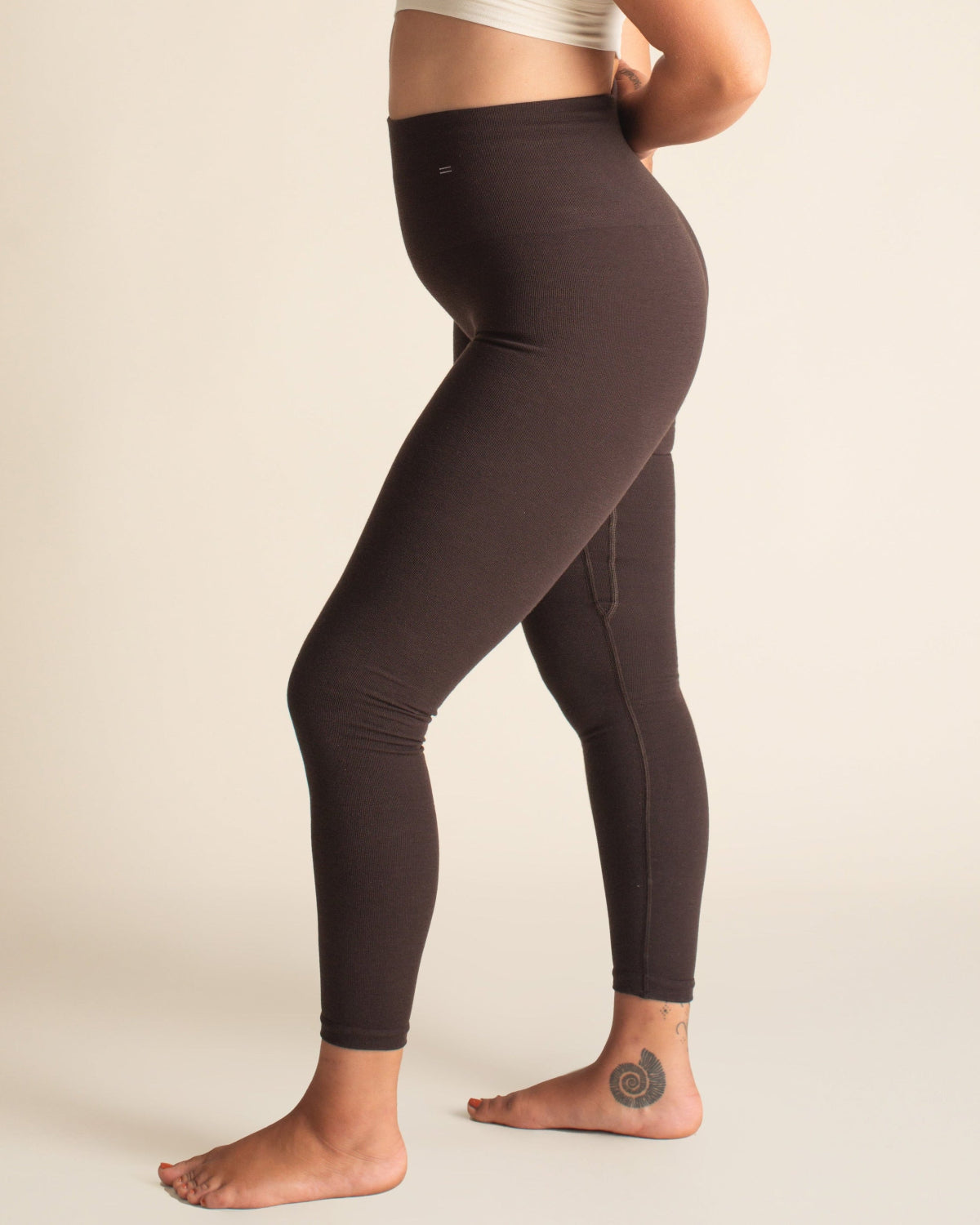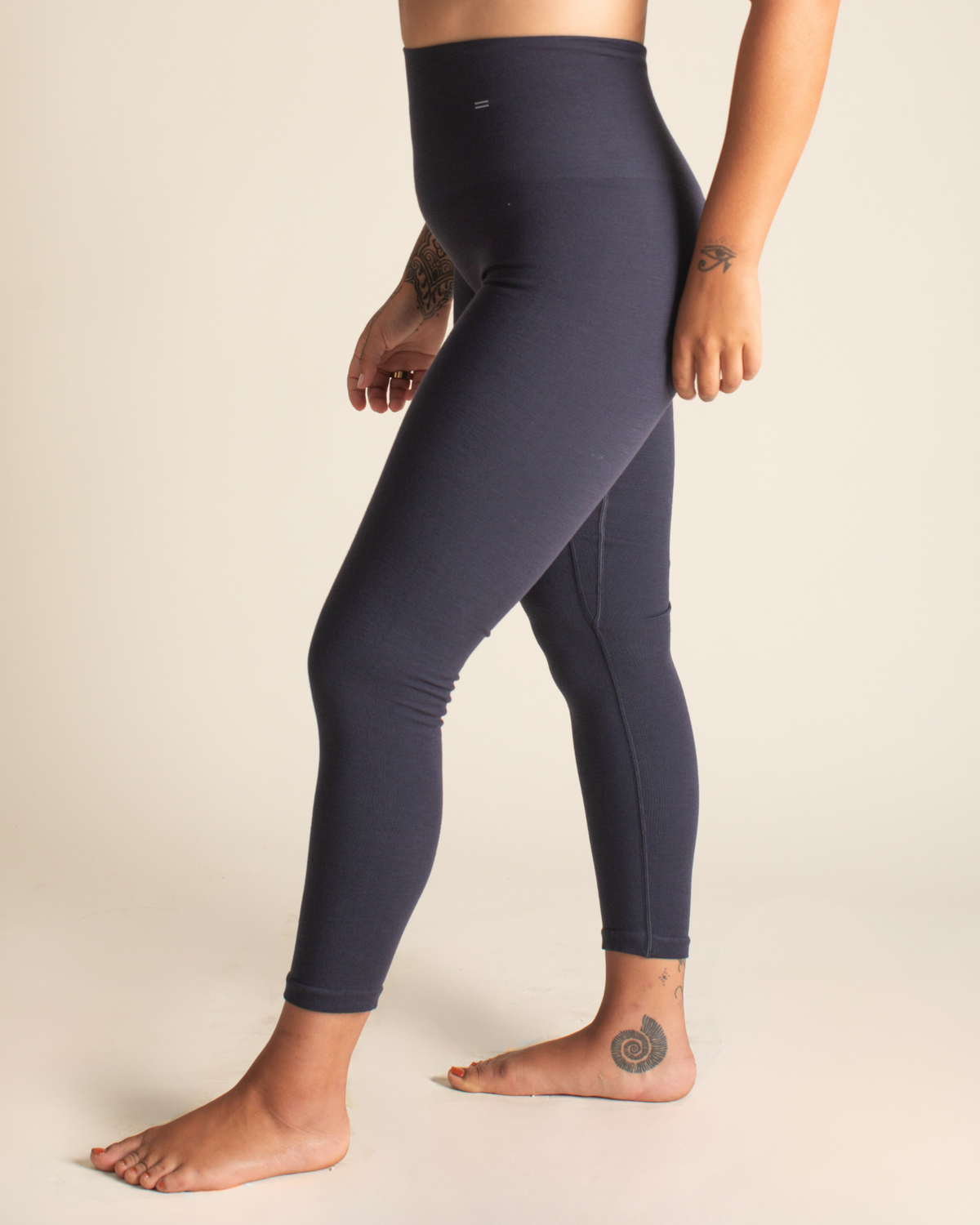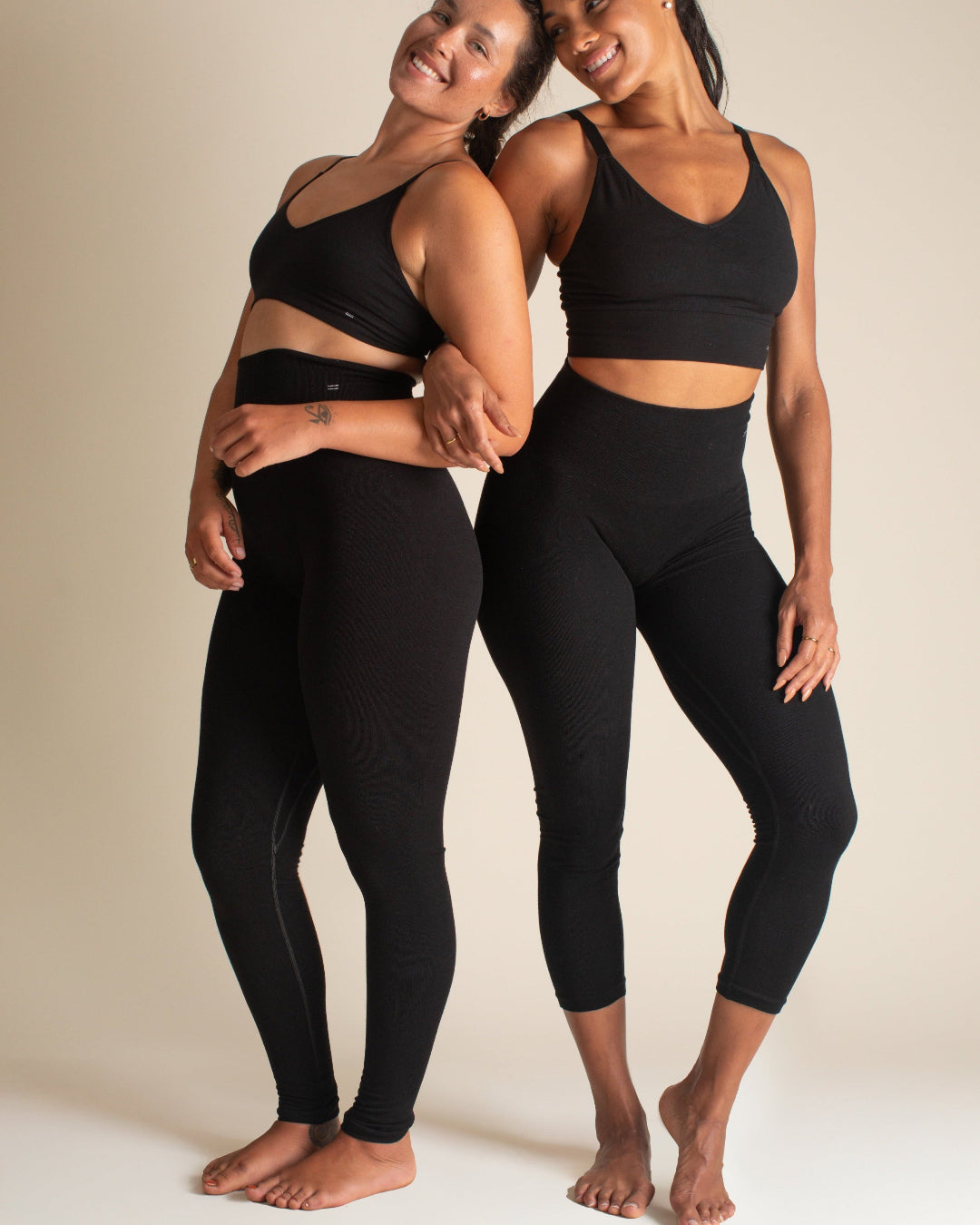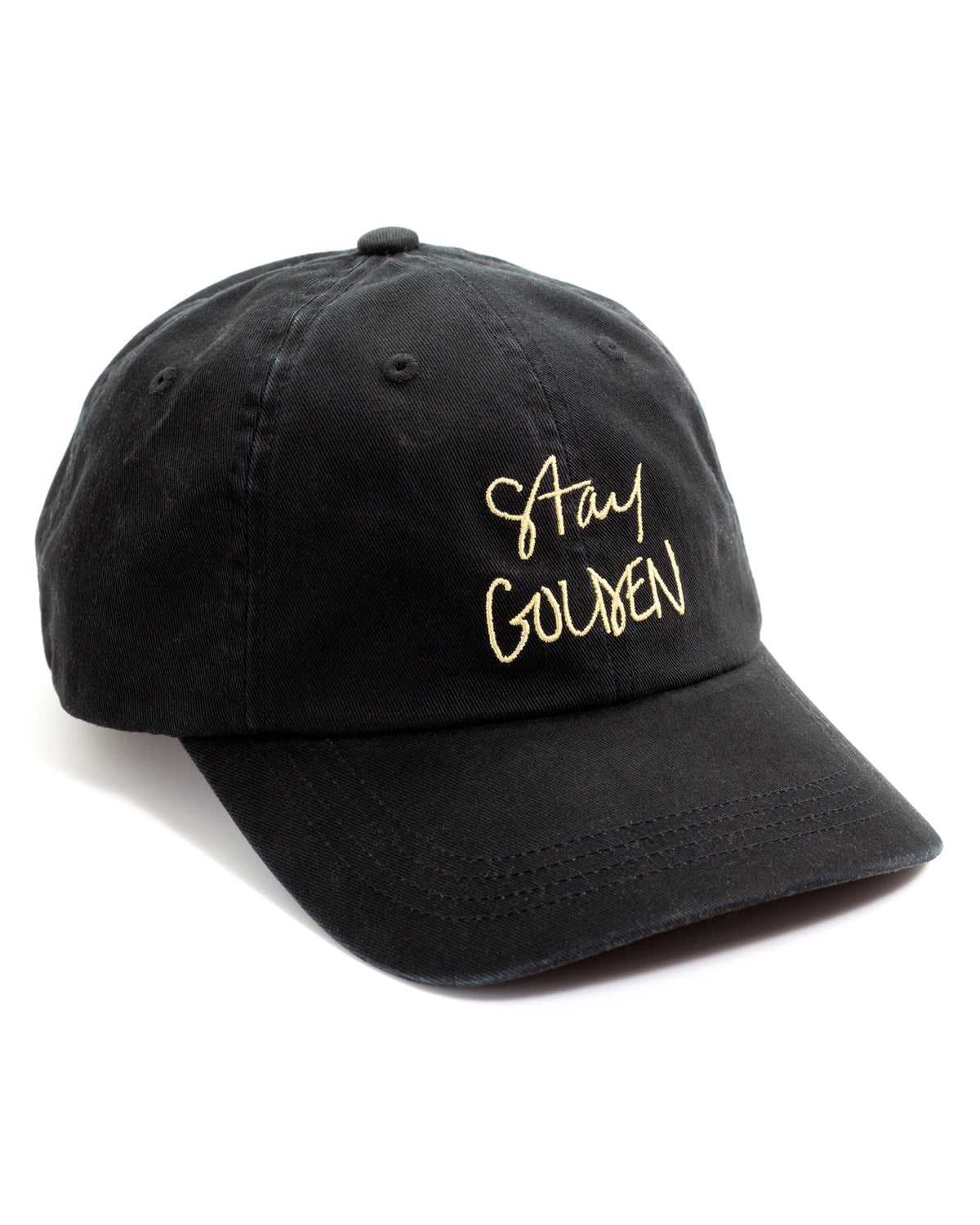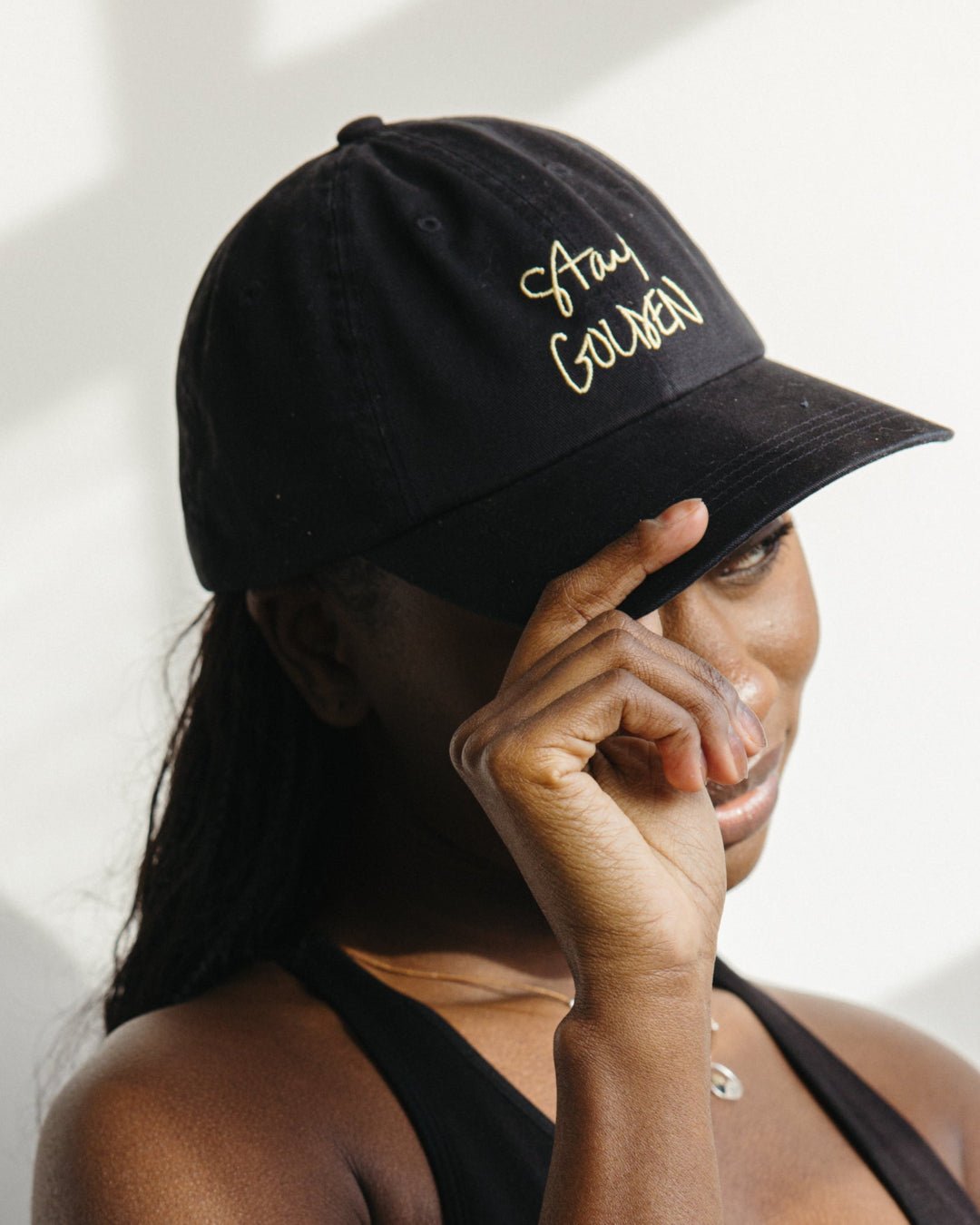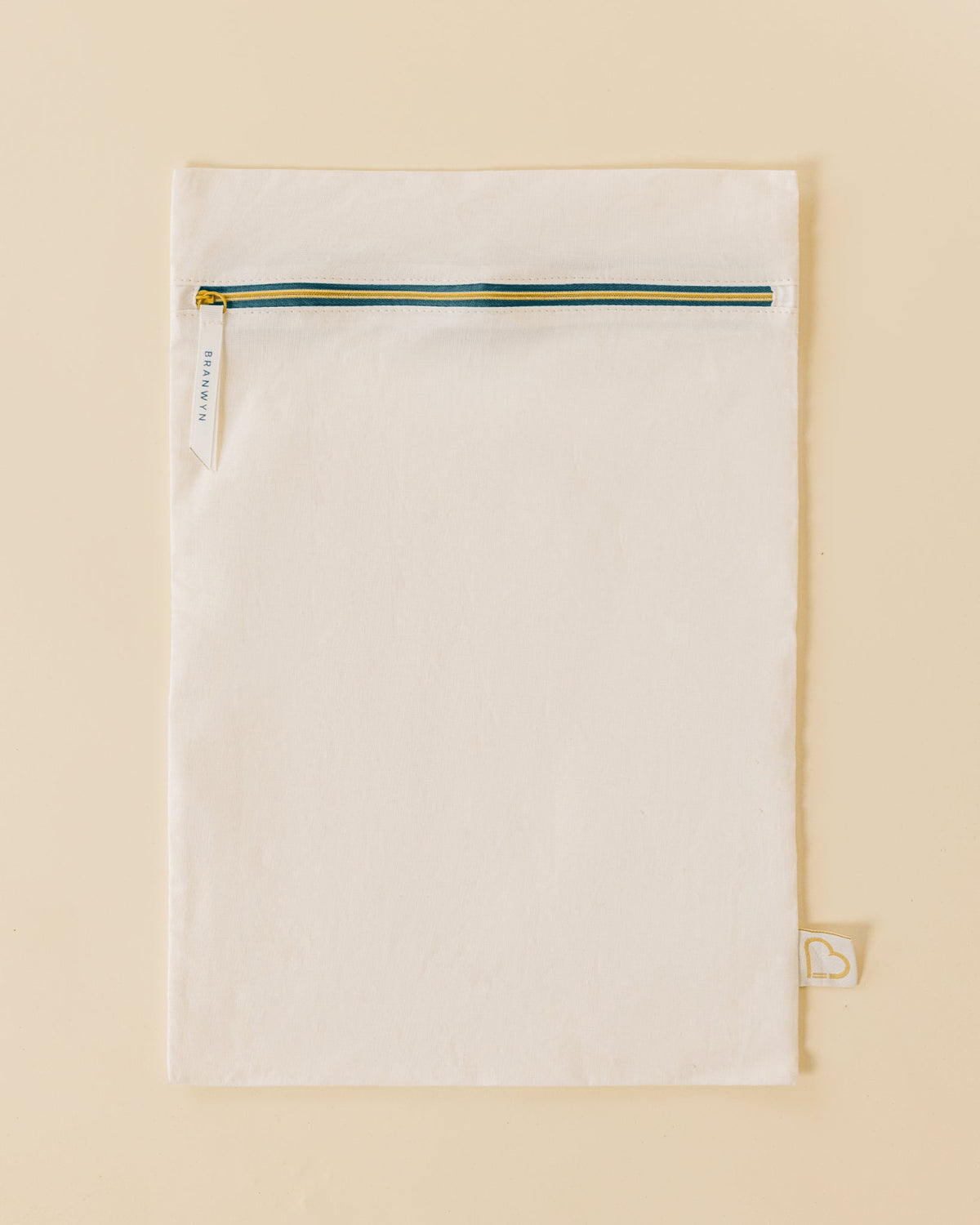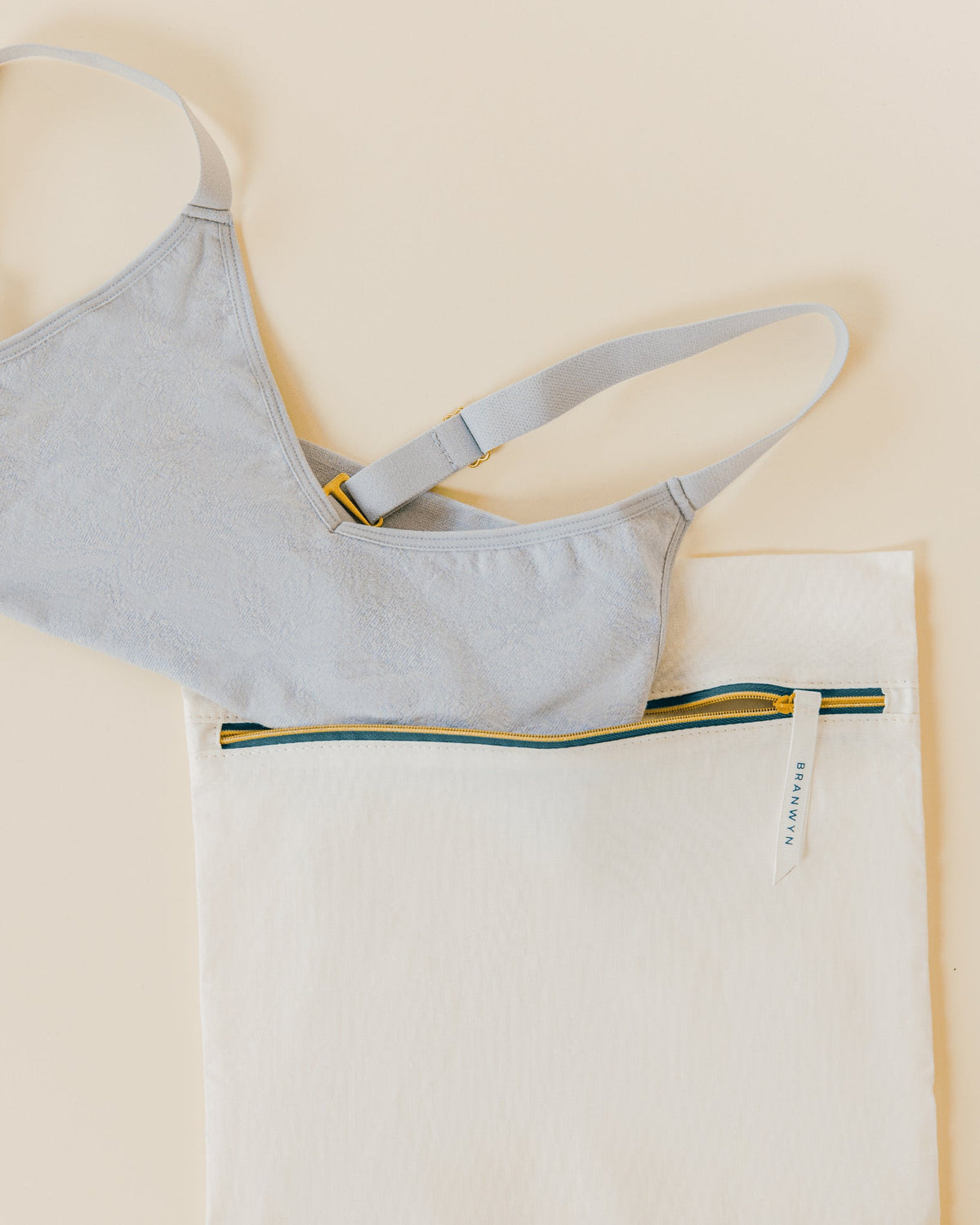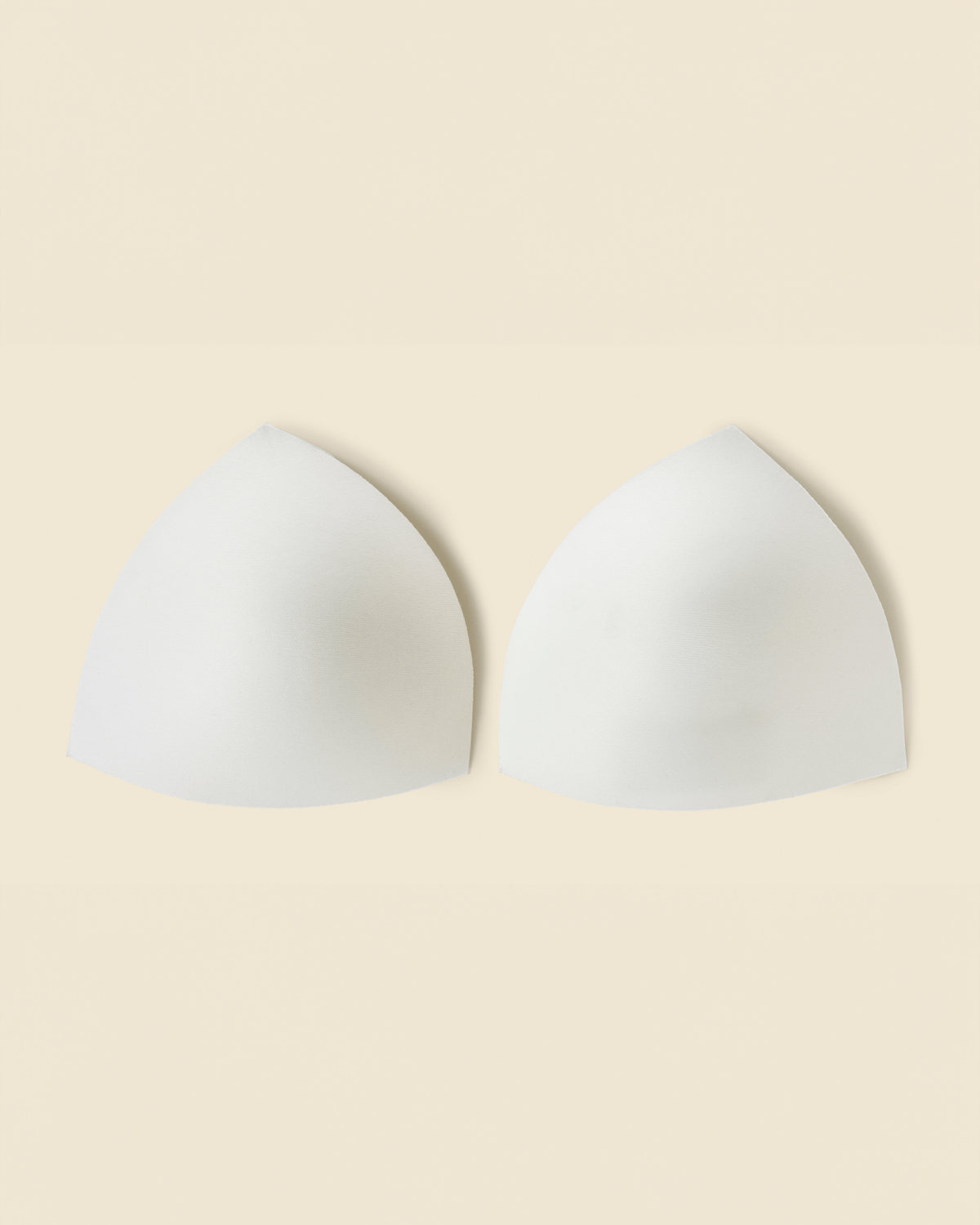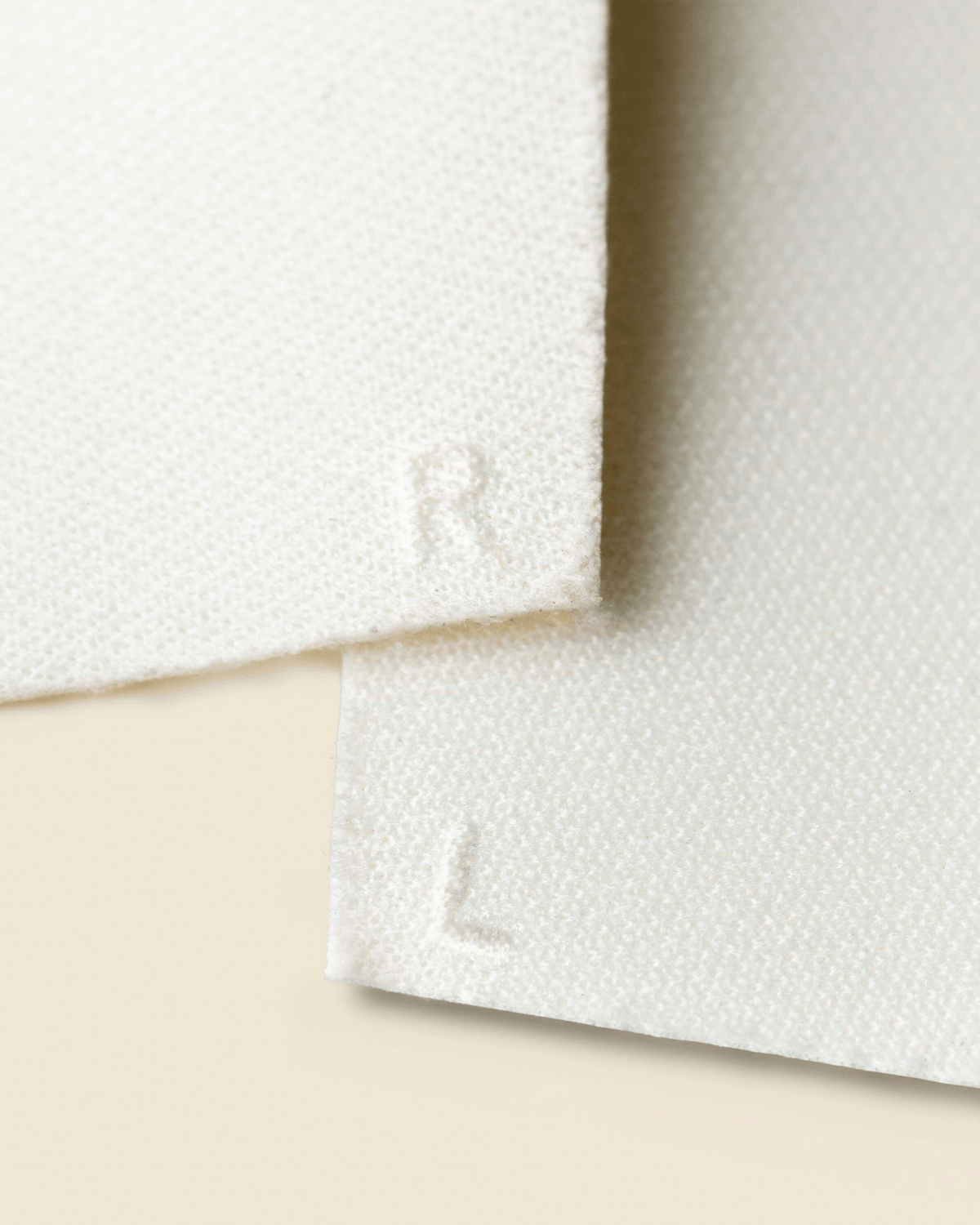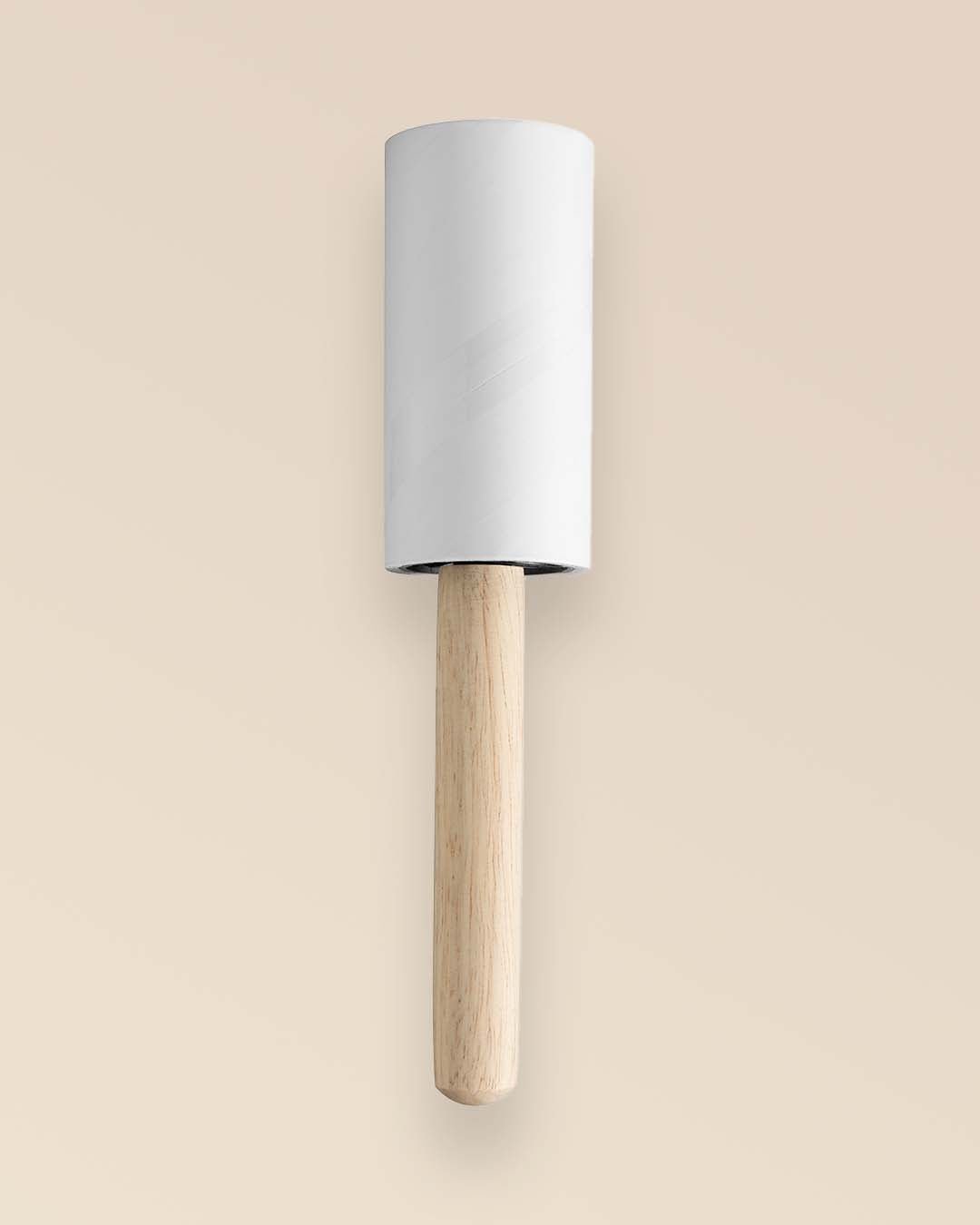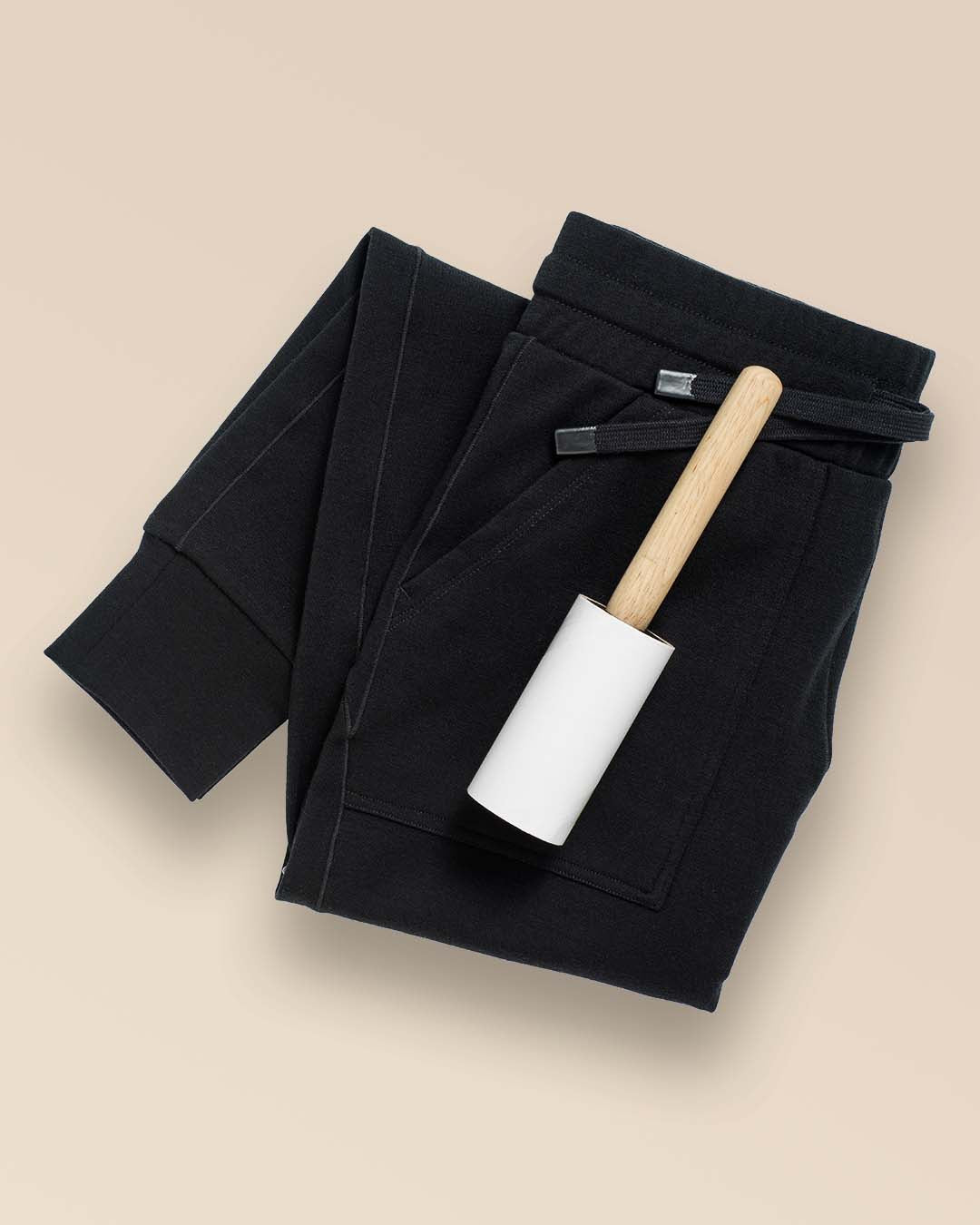and for higher impact, our racerback sports bra. Whoever came up with the ridiculous phrase “women don’t sweat, they glisten” has never had the pleasure of experiencing boob sweat. Plus, as researcher and science journalist Sarah Everts has pointed out, it’s just not true. “When scientists look at the sweat rate between men and women, it’s pretty similar,” she explained in a recent interview. “I think that adage is rooted in the exclusion of women in sports.”
In her book The Joy of Sweat, Everts uncovers the “strange science of perspiration.” Much of her exploration is centered around the ways in which society understands sweat based on gender. One fun fact: While deodorant is a $25+ billion worldwide industry today, it only came onto the scene about 100 years ago. Before that people managed body odor with simple soap, water, and the occasional cologne.
Many trace the deodorant boom to the shaming techniques of James Young, a traveling salesman-turned-copywriter who developed an advertising strategy for the brand Odorono which spread like wildfire in the 1920s. Young’s strategy was to create a cultural panic around women’s sweat. The ads he created, targeted specifically at women, underlined the idea that our natural scent was bad and alienating. Our smell was causing people to gossip behind our back—it was the reason we couldn’t find love. “If only you didn’t smell, people wouldn’t be gossiping about you and you could find yourself a husband,” Everts has explained.

Fast forward to the present day, and women are still shamed about our sweat—specifically boob sweat, one of the areas where we naturally perspire a bit more. To turn the conversation on its head, here’s an in-depth look into the science of boob sweat. Read on to learn why it’s pretty awesome—and what to do when it gets in your way.

Why Do Boobs Sweat in the First Place?
Boob sweat happens for the same reason all sweat happens: to help us regulate our body temperature and prevent overheating. “We sweat so we don’t die,” Everts has said.
When the brain receives messages that the body is too hot—whether that’s from exercise, our environment, hormones, or stress—the millions of sweat glands on the surface of our skin start to open up. In an effort to cool the body down, the glands pull water from our blood and send it to the surface of our skin where evaporation takes place, resulting in a cooling effect.
While a hot yoga session might seem to indicate otherwise, we don’t actually sweat more around our chest. Instead, the sweat we do produce gets trapped underneath our breasts, especially if they are shaped in a way that results in skin-to-skin contact in our “underboob” region. The sweat doesn’t have space to evaporate, which can lead to pooling sweat and discomfort.
Contrary to popular belief, our bodies don’t “detox” through any sort of sweat, boob sweat included. Sweat is made up of 99 percent water as well as small amounts of salt, protein, hormones, and carbs that are present in our blood. Our body dehydrates itself in an effort to cool off. Our kidneys and livers are the ones actually responsible for removing toxins.
What Makes Boob Sweat Smell Different?
If you feel like your boob sweat smells a bit different than other areas, it’s not in your head. Humans have two different kinds of sweat glands: eccrine and apocrine.
- Eccrine sweat glands are found all over our body and release the majority of our watery sweat. We have them from birth.
- Apocrine glands on the other hand, develop during puberty. They produce a more viscous, protein-rich sweat that’s accompanied by a stronger odor.
Apocrine glands can be found in the armpits and groin for both men and women. Women also have these glands around our nipples and areola, hence the stronger smell.
These special glands come with some serious perks. For one, the more viscous sweat helps mitigate the evaporation rate of the more watery sweat, which in turn keeps our cooling function steady. Additionally, the odor apocrine glands produce may actually help us attract one another to find friends and romantic partners. Plus, for nursing mothers, the apocrine glands in our breasts serve another purpose—they help carry precious fat to our breast milk.

Why Do Some People Sweat More Than Others?
How we sweat varies widely from person to person. Humans on average have anywhere from 2 to 5 million sweat glands. That friend whose brow looks nearly dry after your 5-mile hike while you are drenched? She might have a fraction of the number of sweat glands as you.
On top of this, people sweat at a wide variety of rates—aka the amount of liquid produced by each of those glands can differ. There’s also a phenomenon that Everts calls your “sweat fingerprint,” which means that people sweat more in different areas than others. Where your sister might notice her upper lip perspires easily, you might first feel clammy at the back of your knees.

What Can I Do for Sweat Under My Boobs?
Boob sweat comes with a number of benefits. It keeps us cool, helps form attraction, and can even play a role in breastfeeding for nursing moms. That said, it does have its drawbacks. Boob sweat that doesn’t evaporate can lead to overheating, and heat rash or yeast infections can crop up in areas that are especially moist and warm.
Instead of managing the downside of sweat with antiperspirants (that can sometimes harbor hormone-disrupting ingredients), we recommend Merino wool bras, bralettes, and Busty bras. Merino wool boasts incredibly powerful natural moisture-wicking properties, natural temperature-regulating properties, and natural odor-absorbing properties that help keep boobs feeling dry and comfortable. Plus, BRANWYN Performance Innerwear is certified PFAS- and BPA-free, so you never have to worry about harmful chemicals around these sensitive areas.
Do you have any more questions about boob sweat—or any favorite way to manage or celebrate this natural bodily function? Let us know. We’d love to hear from you. Send a note any time to info@branwyn.com or DM us @branwynoffical on Instagram. Happy sweating!

